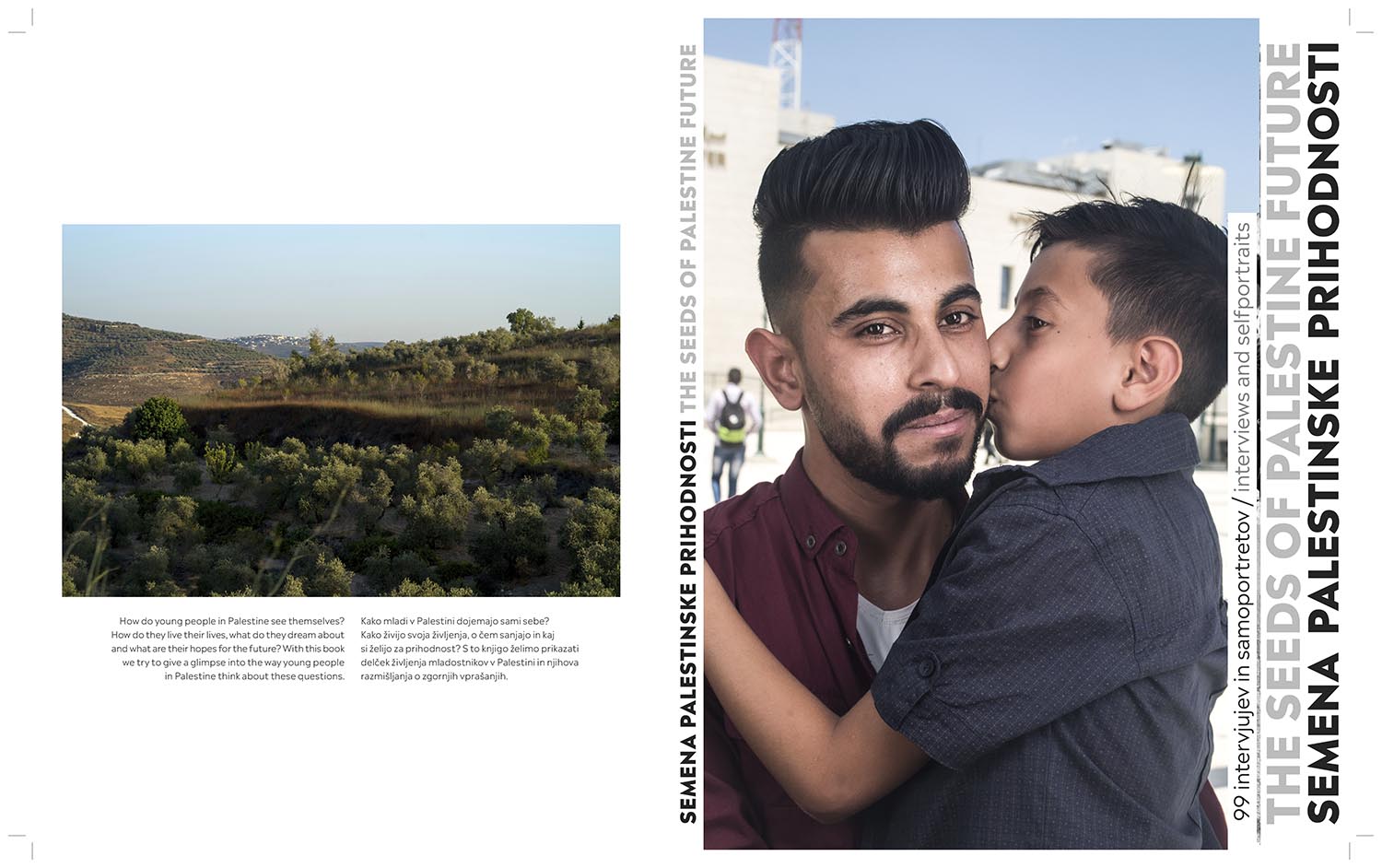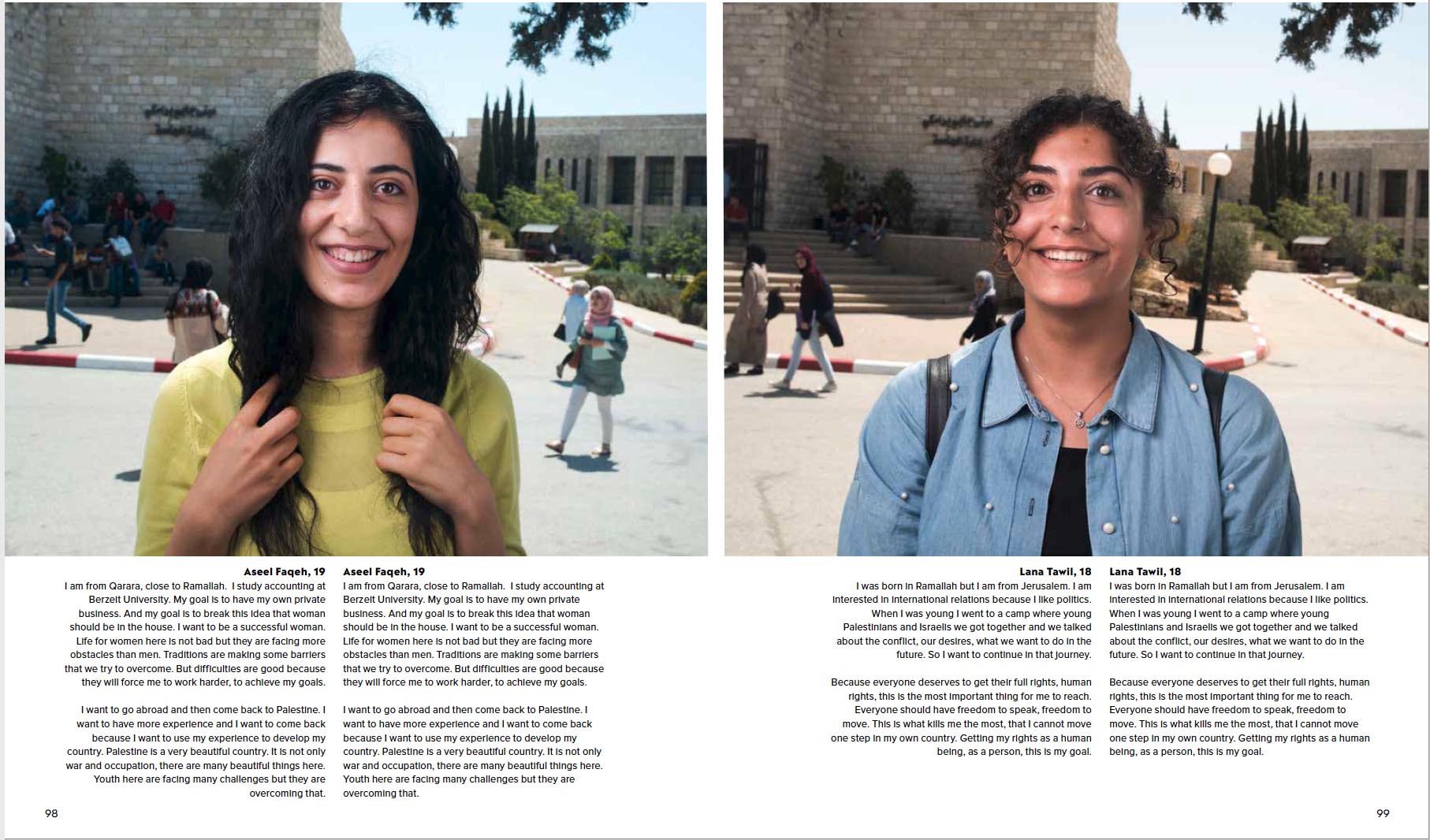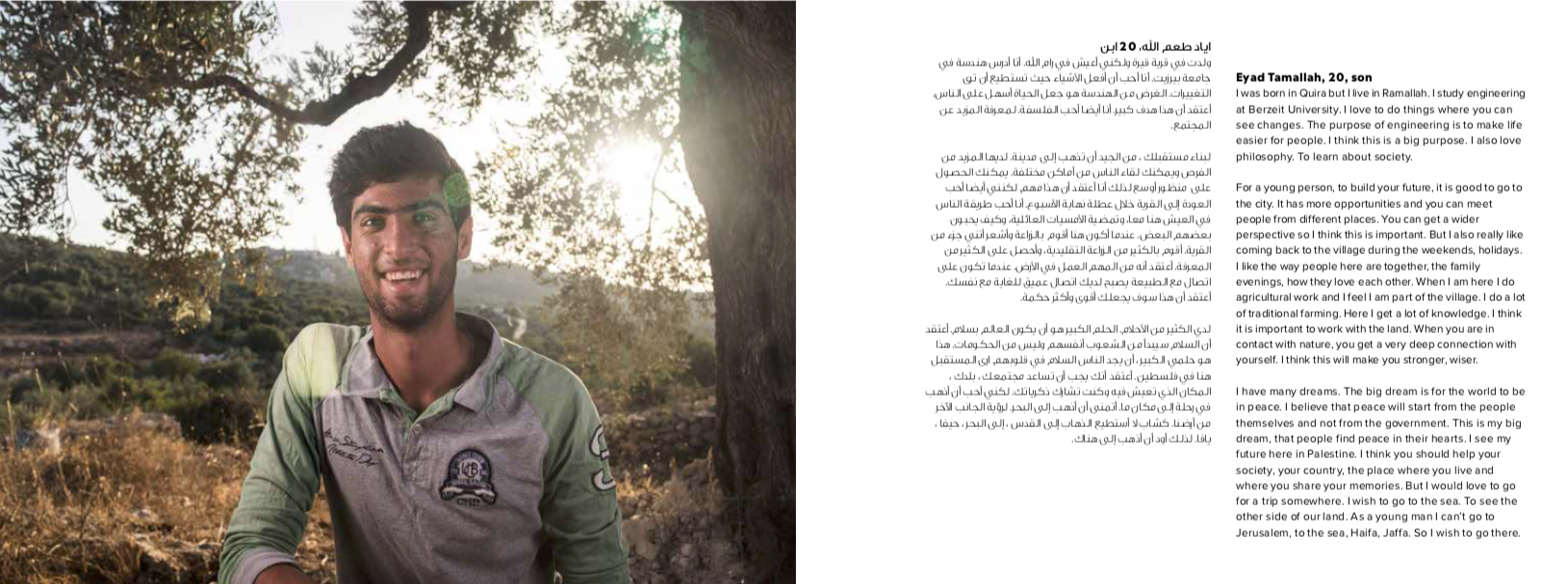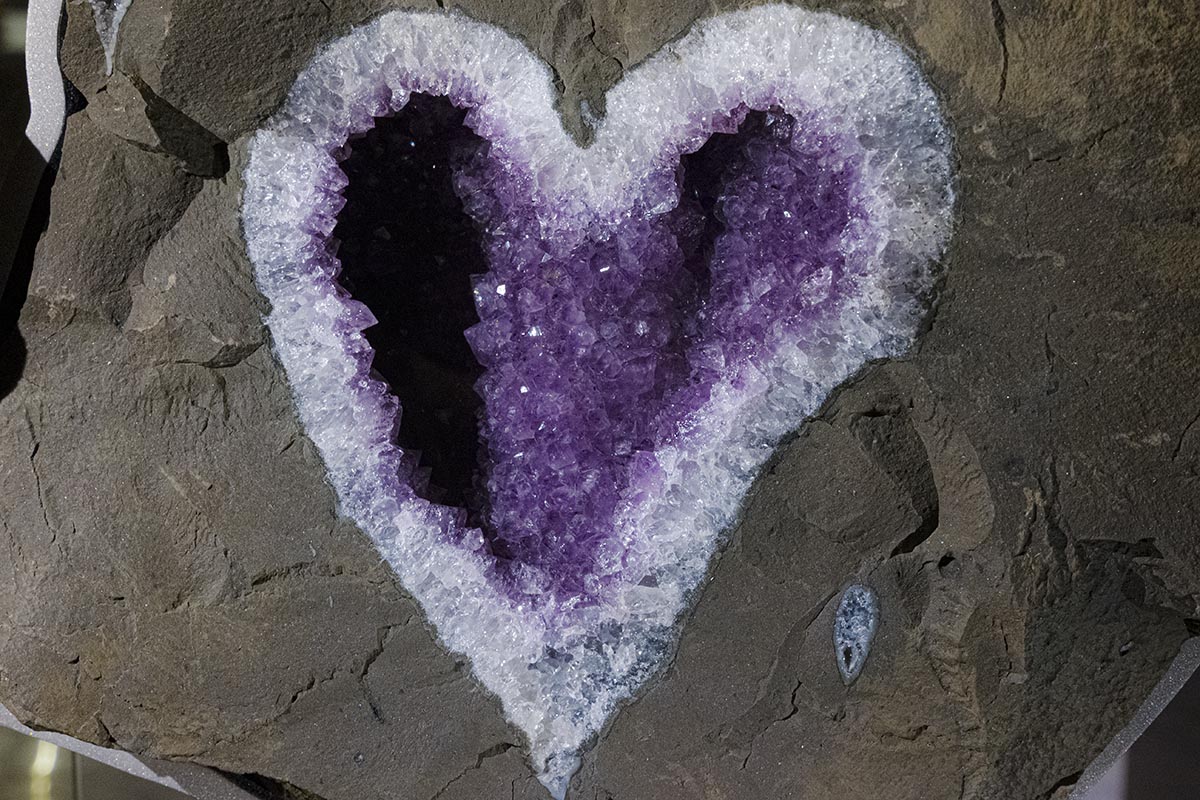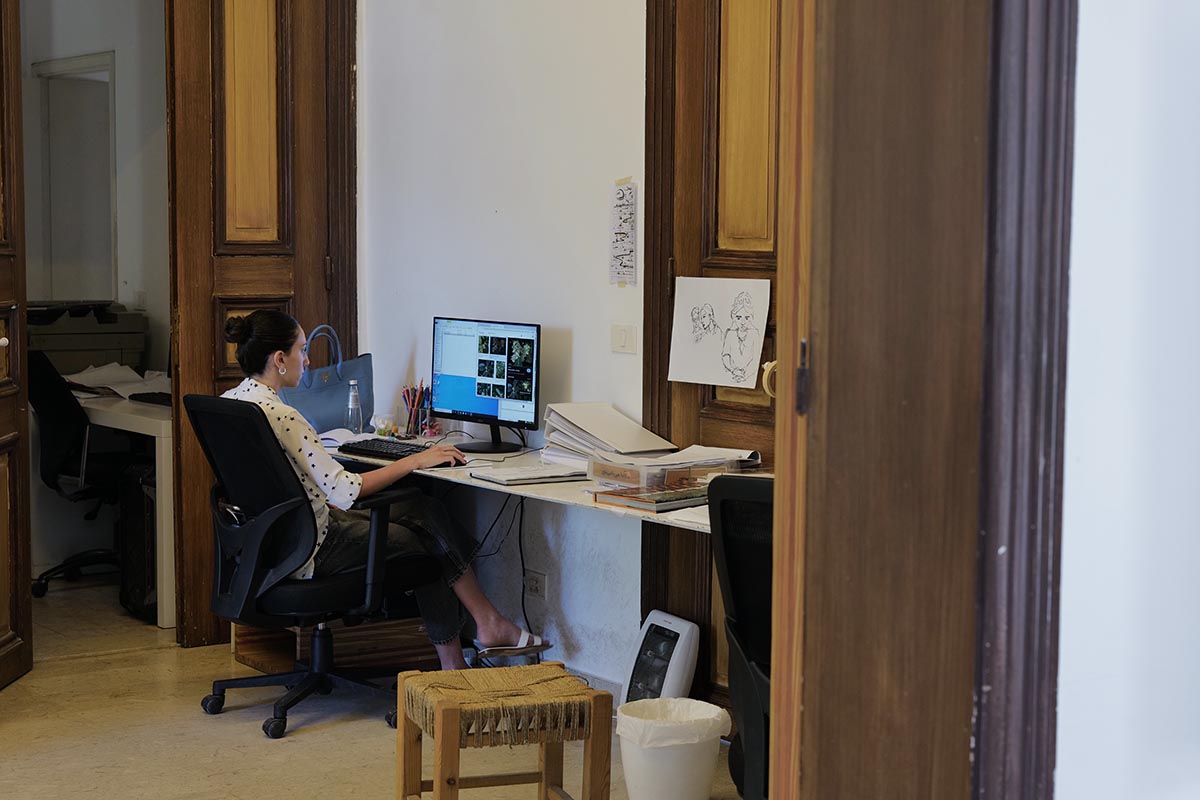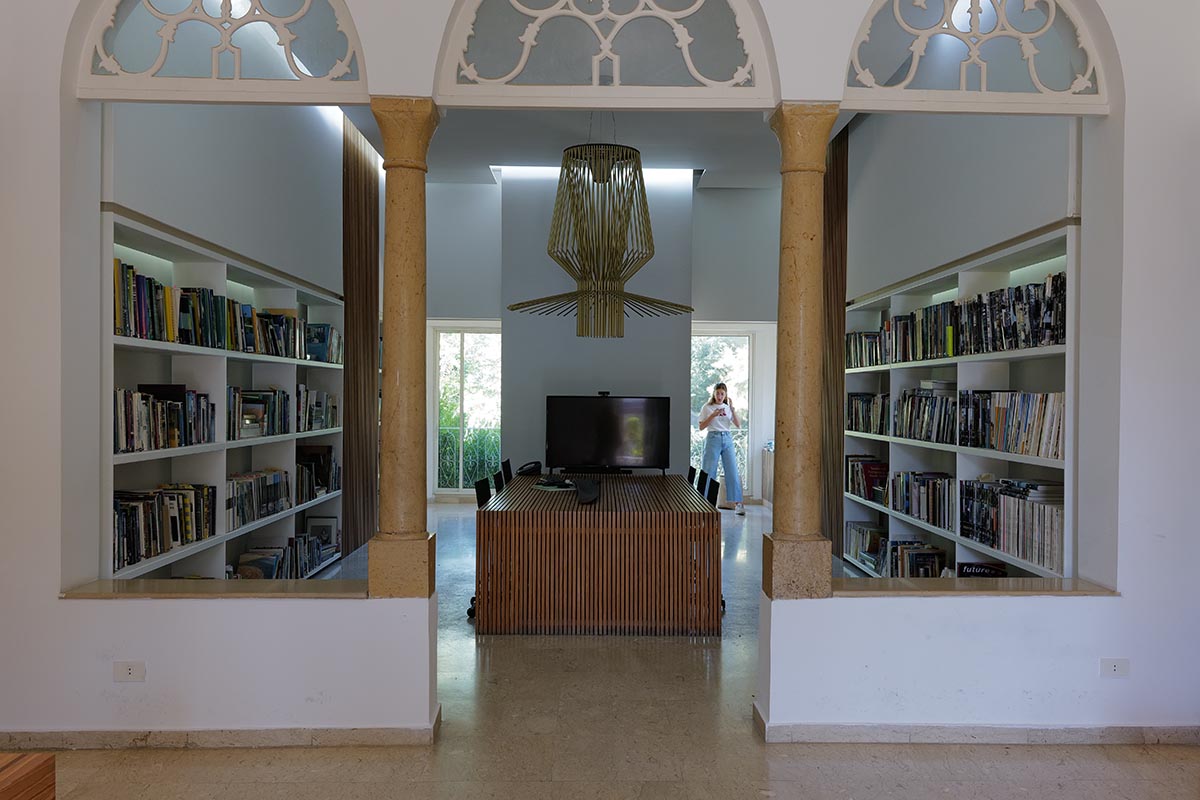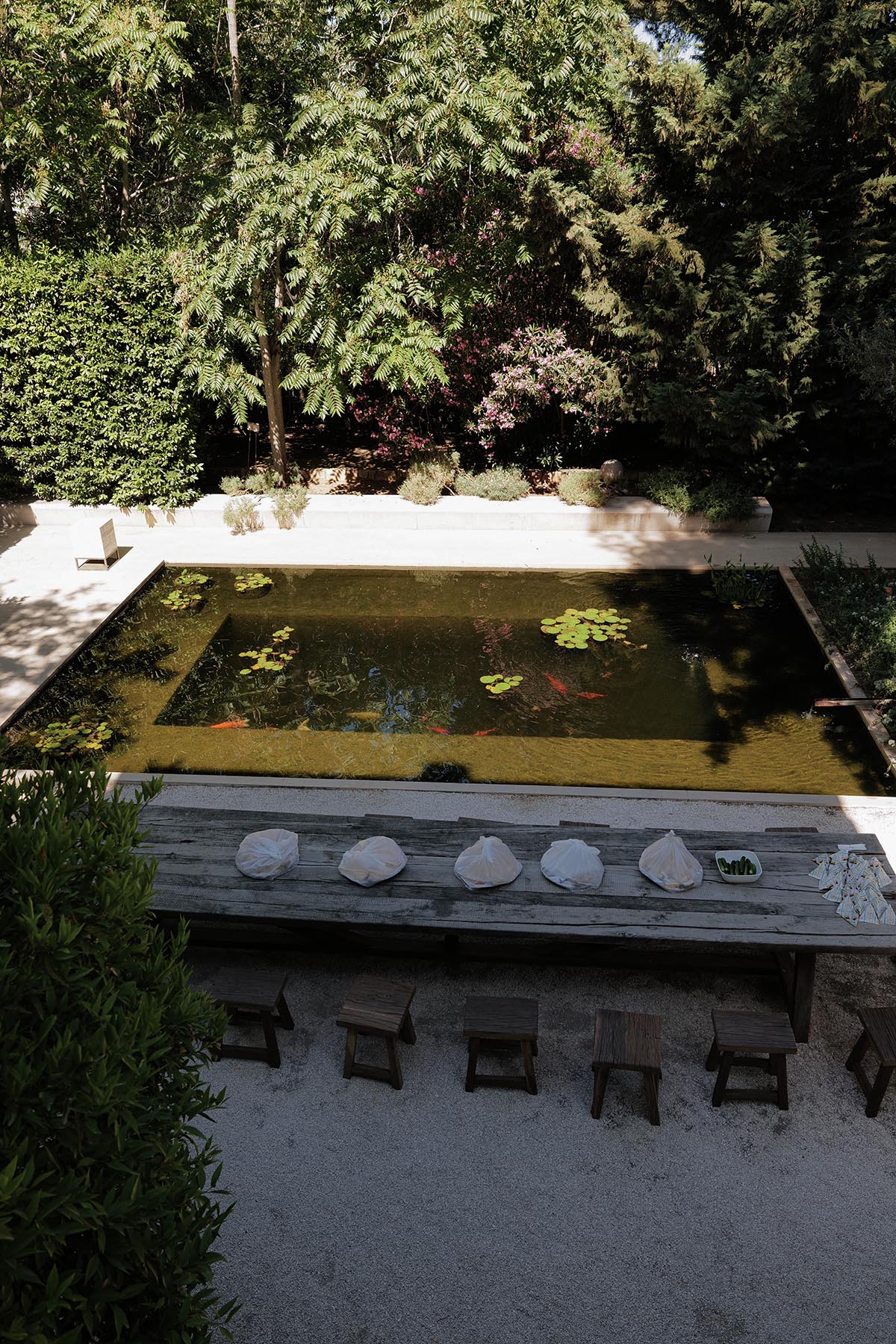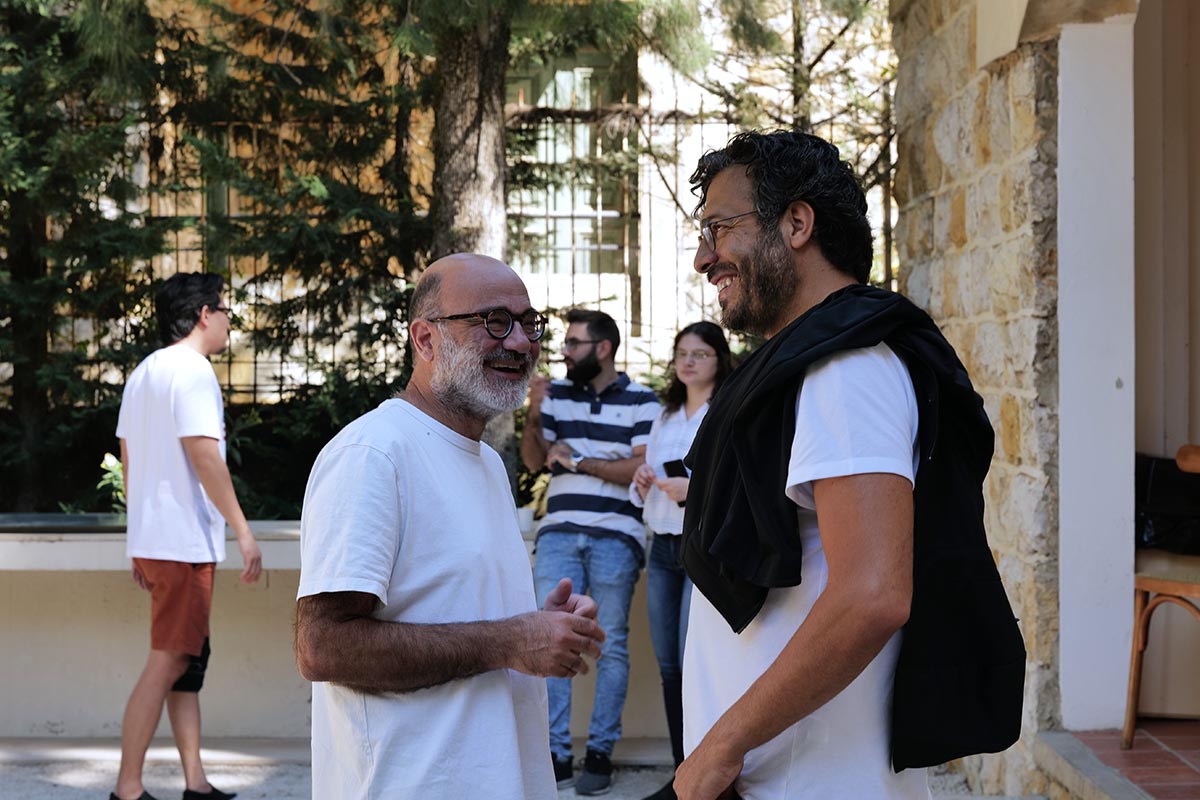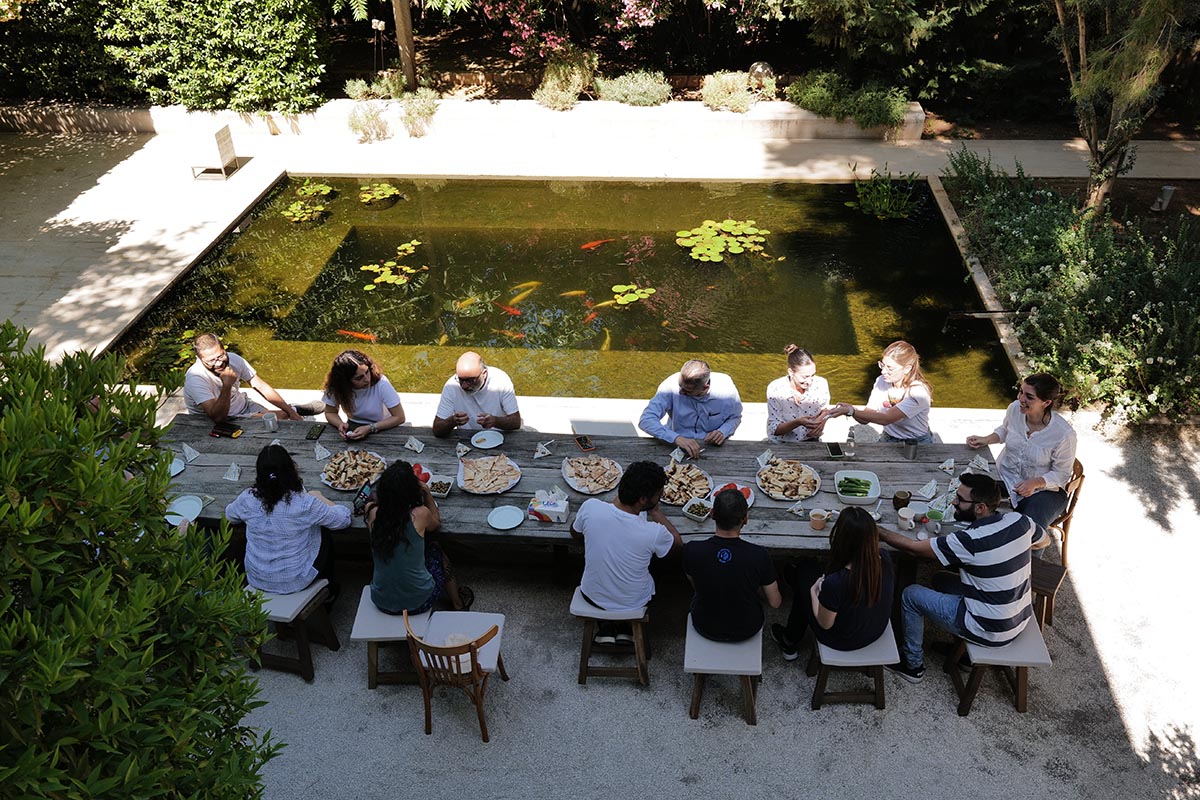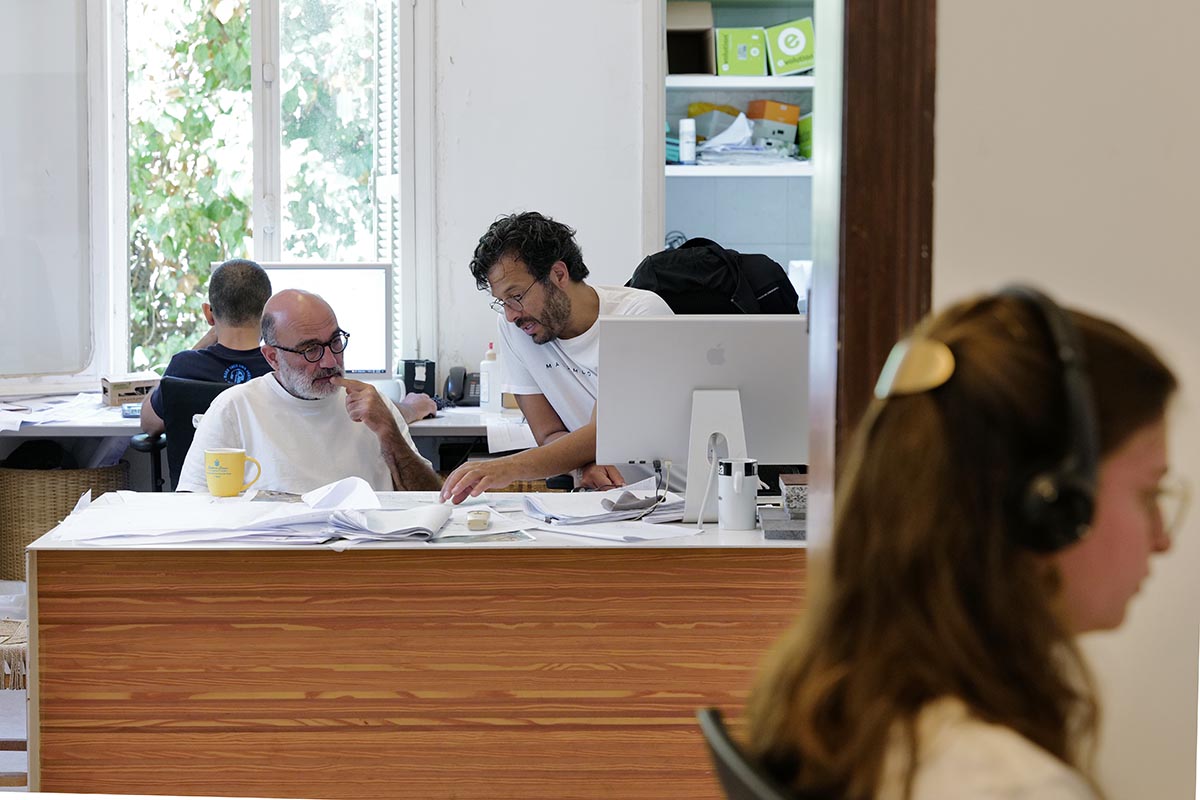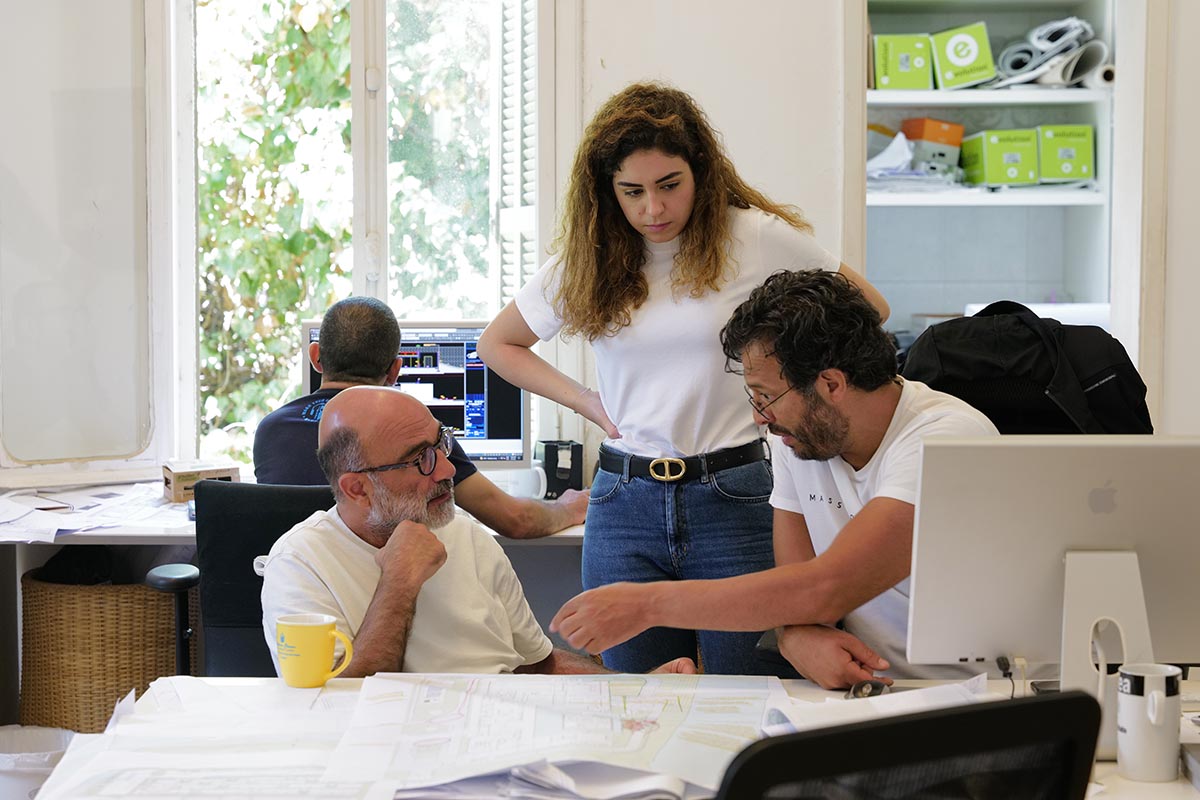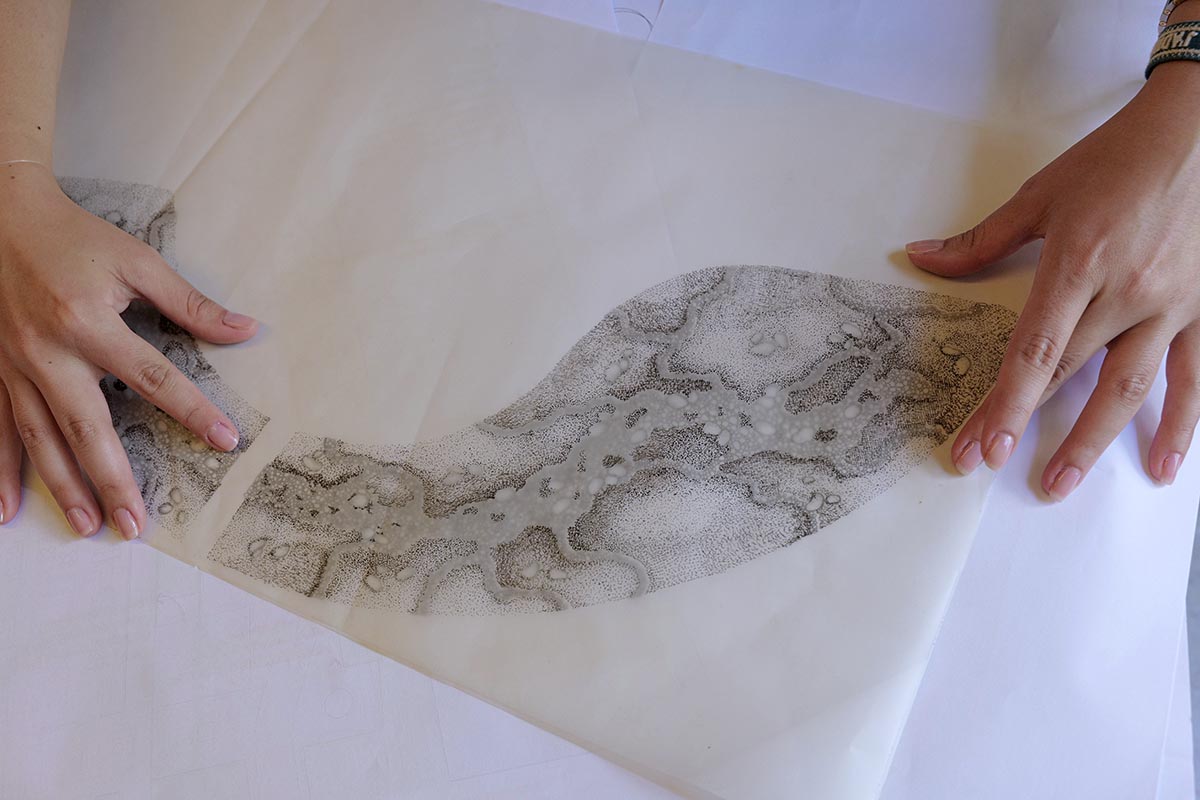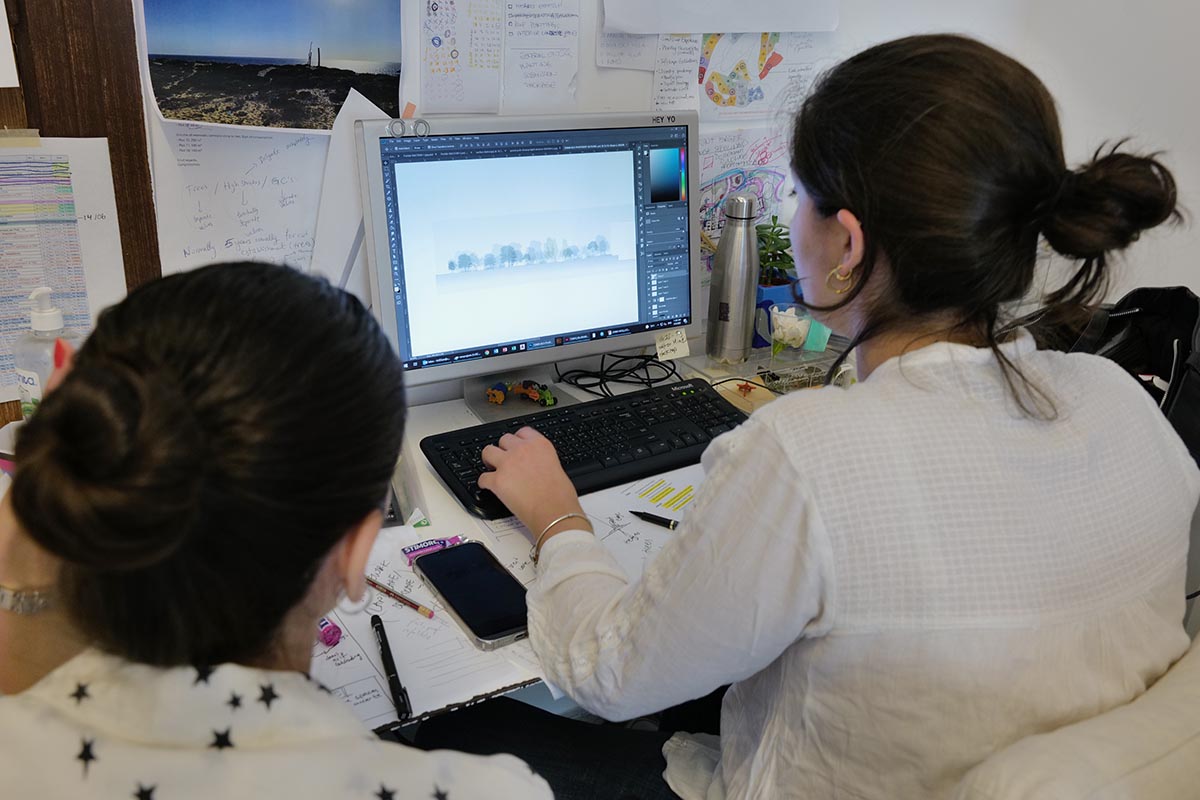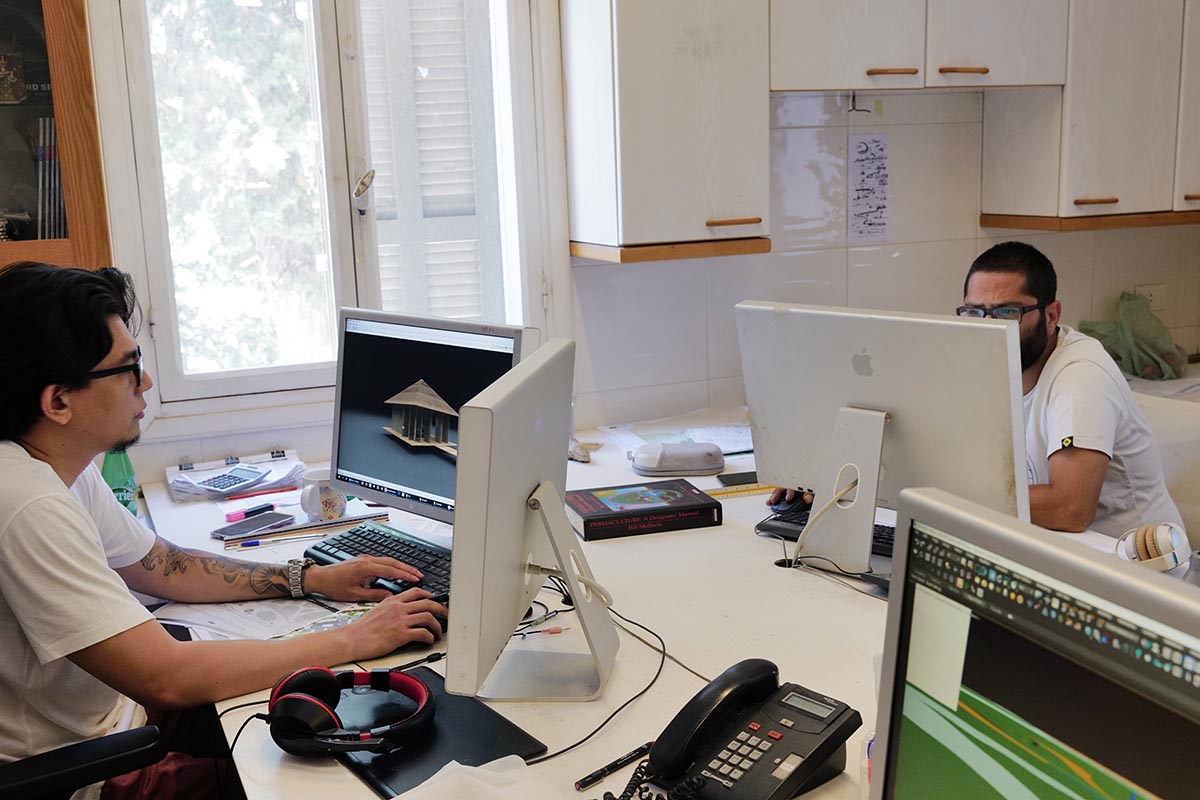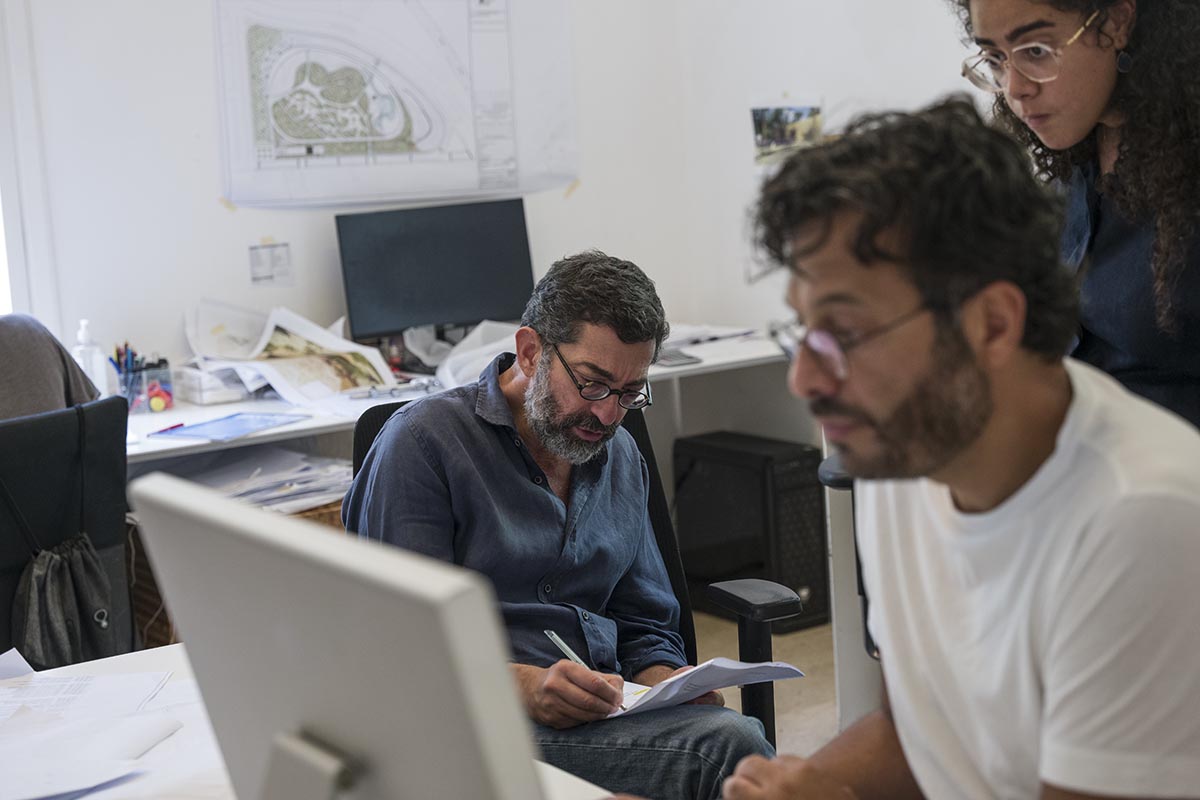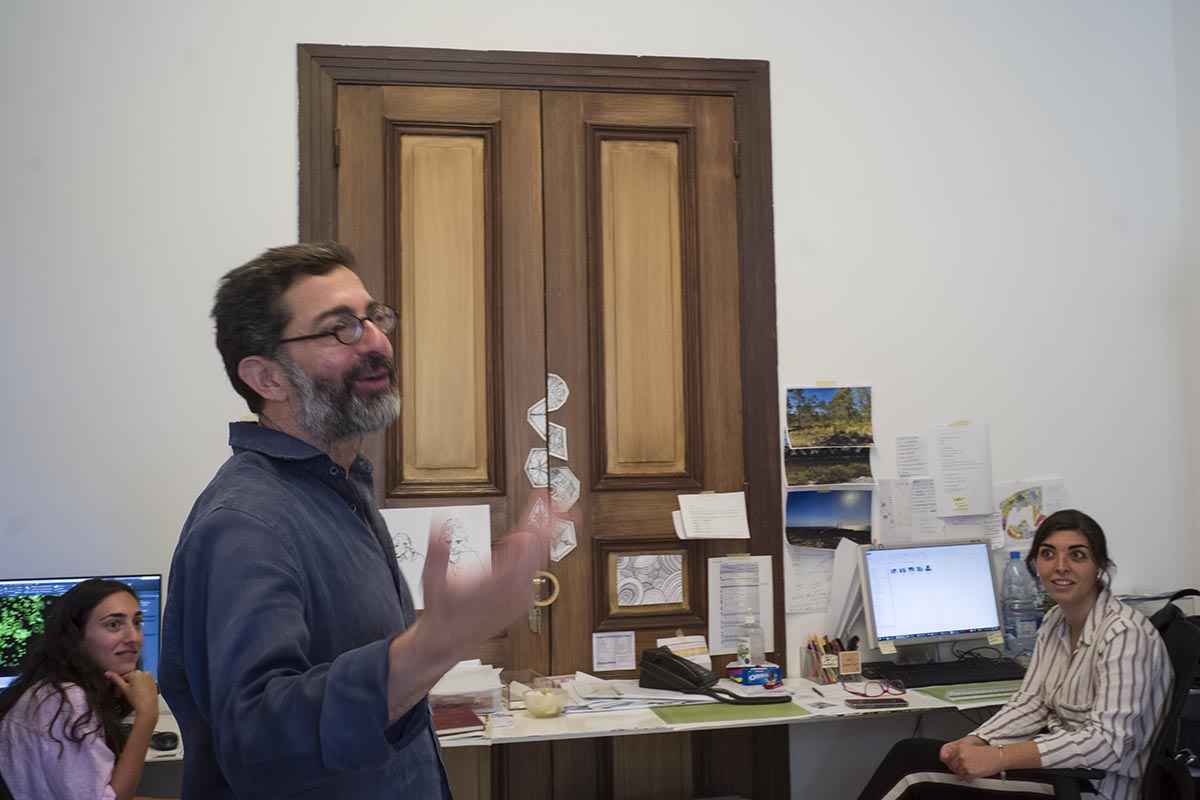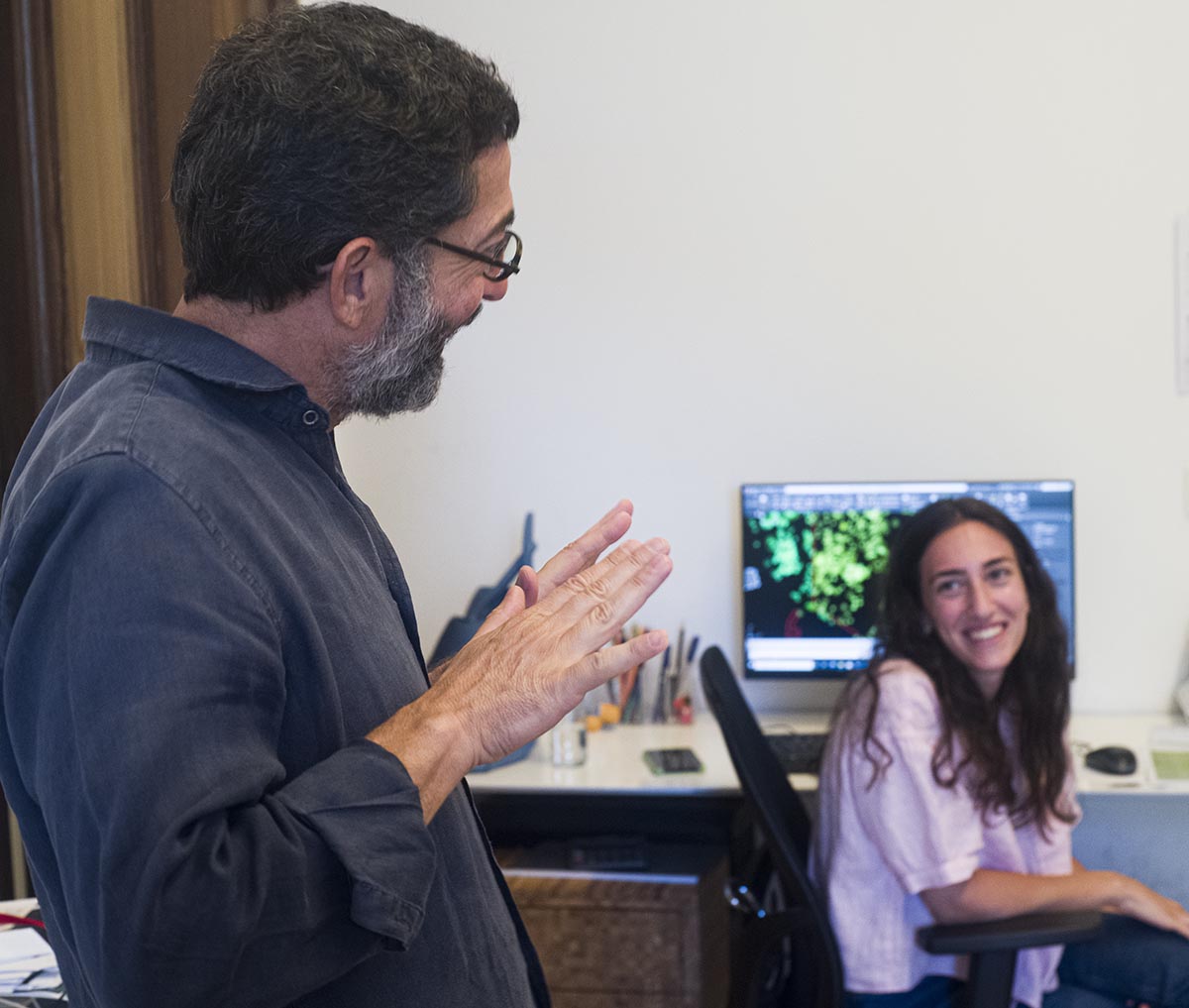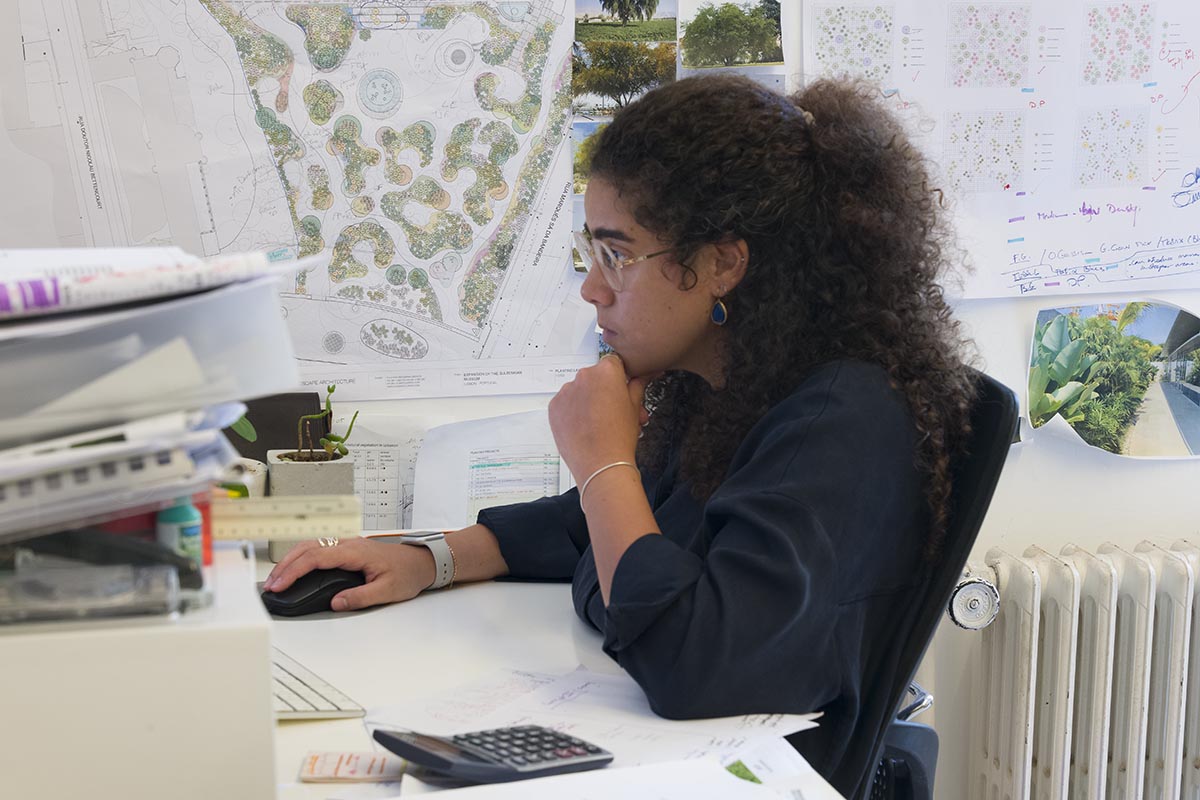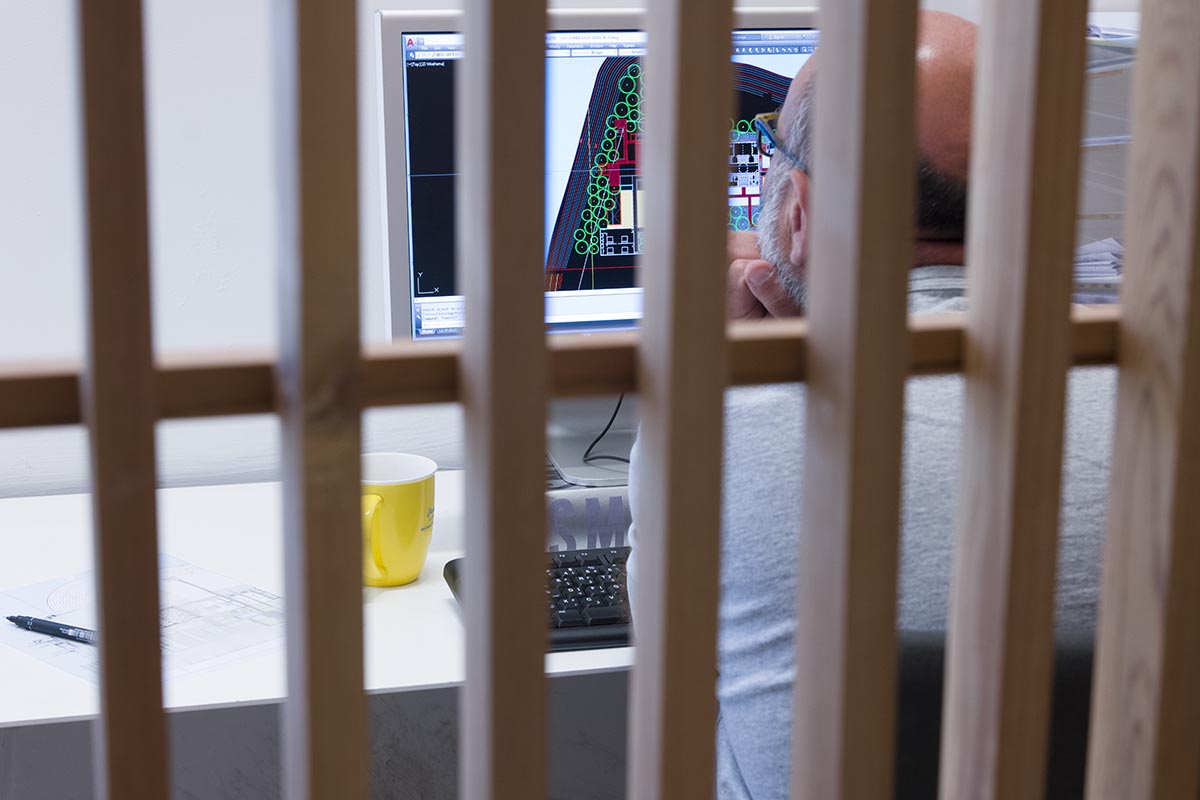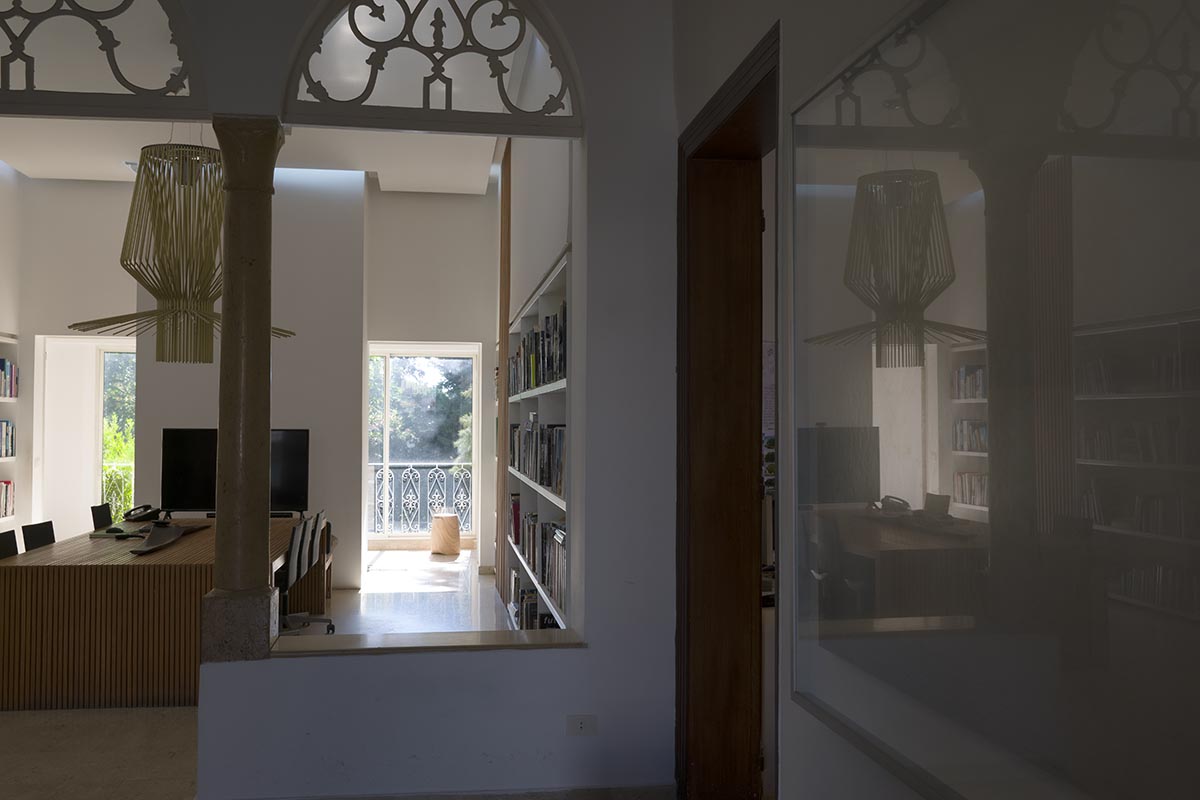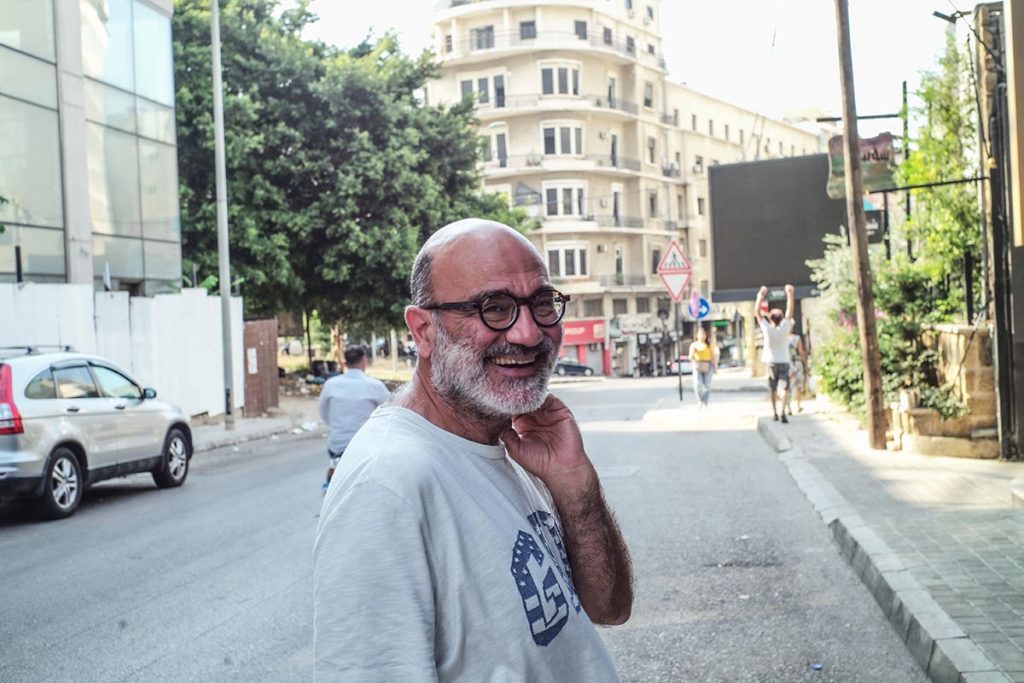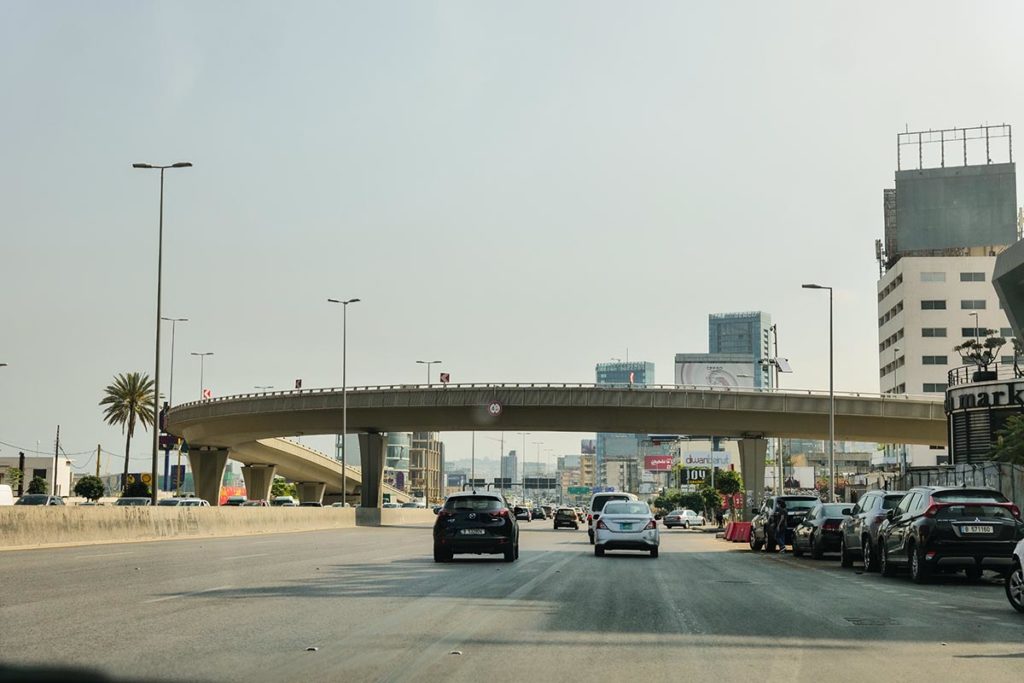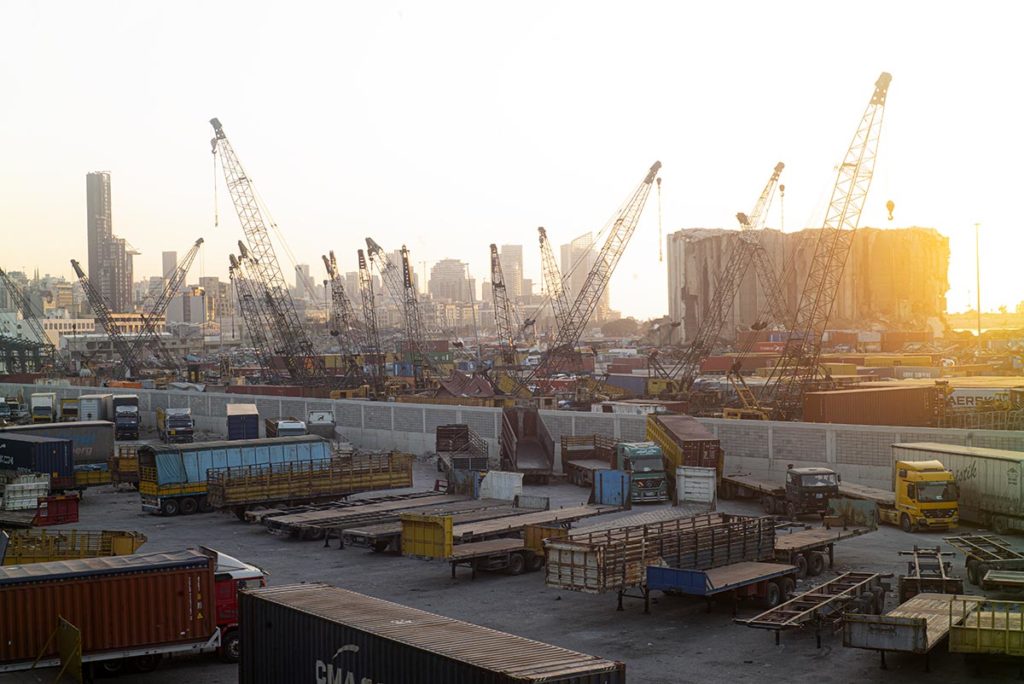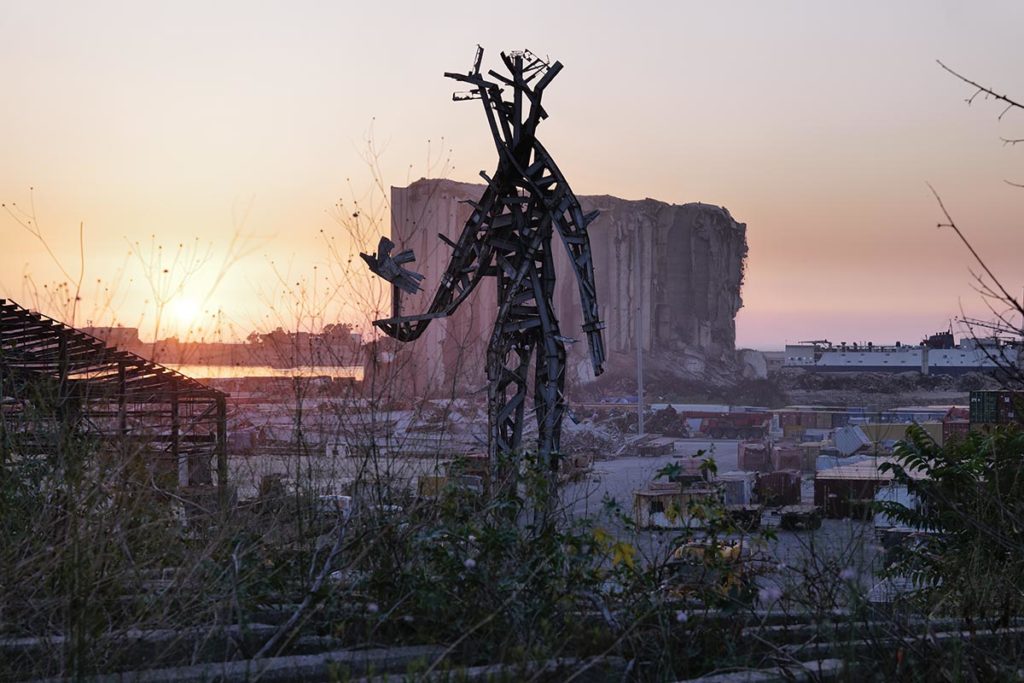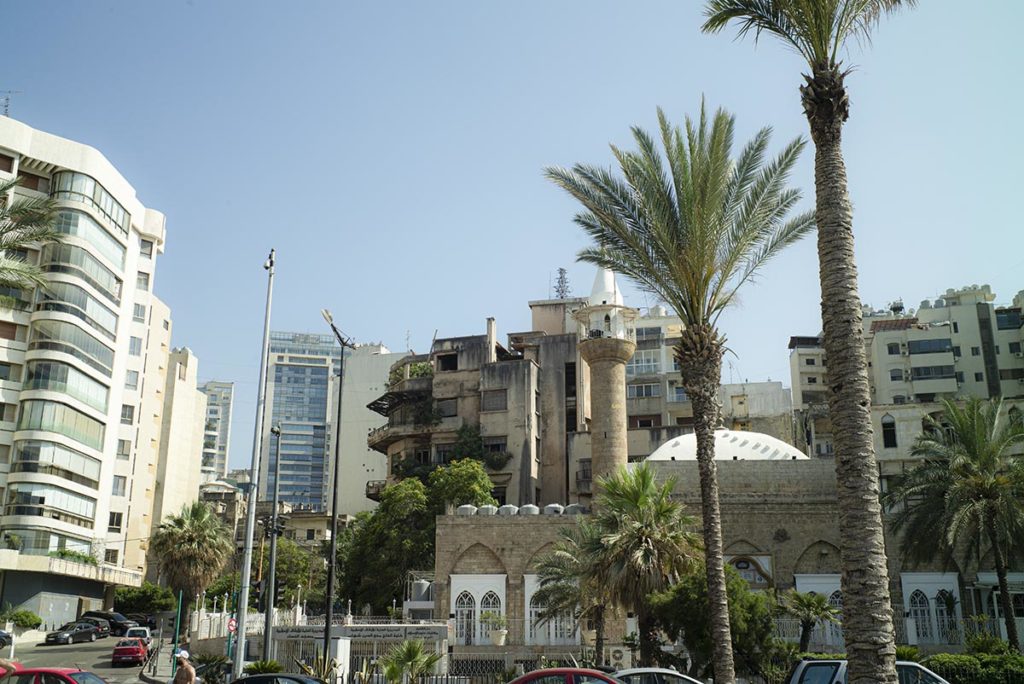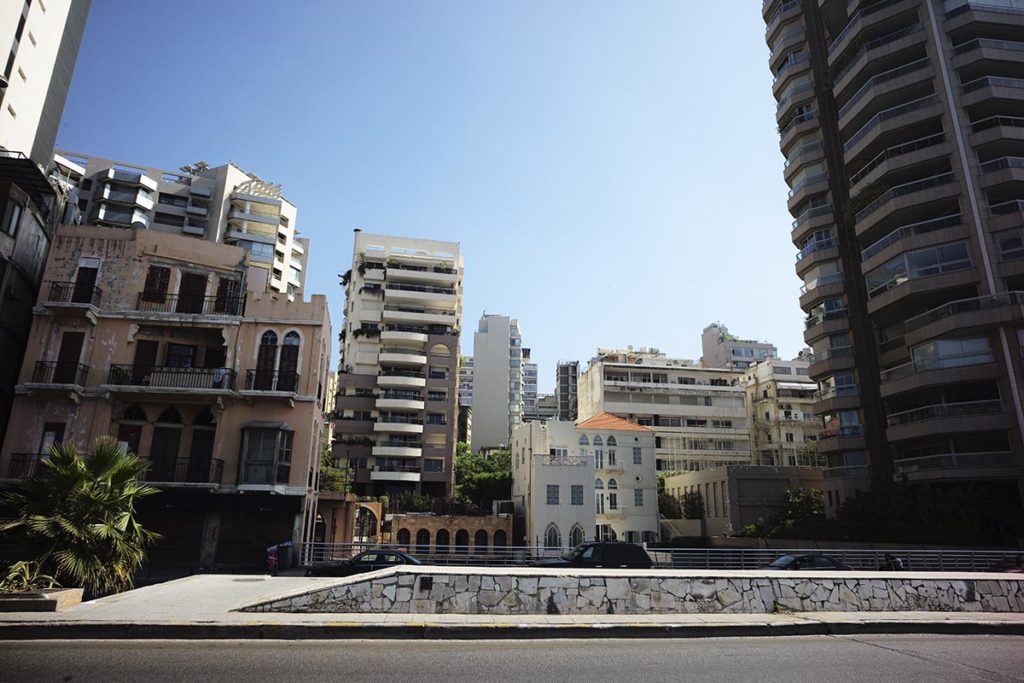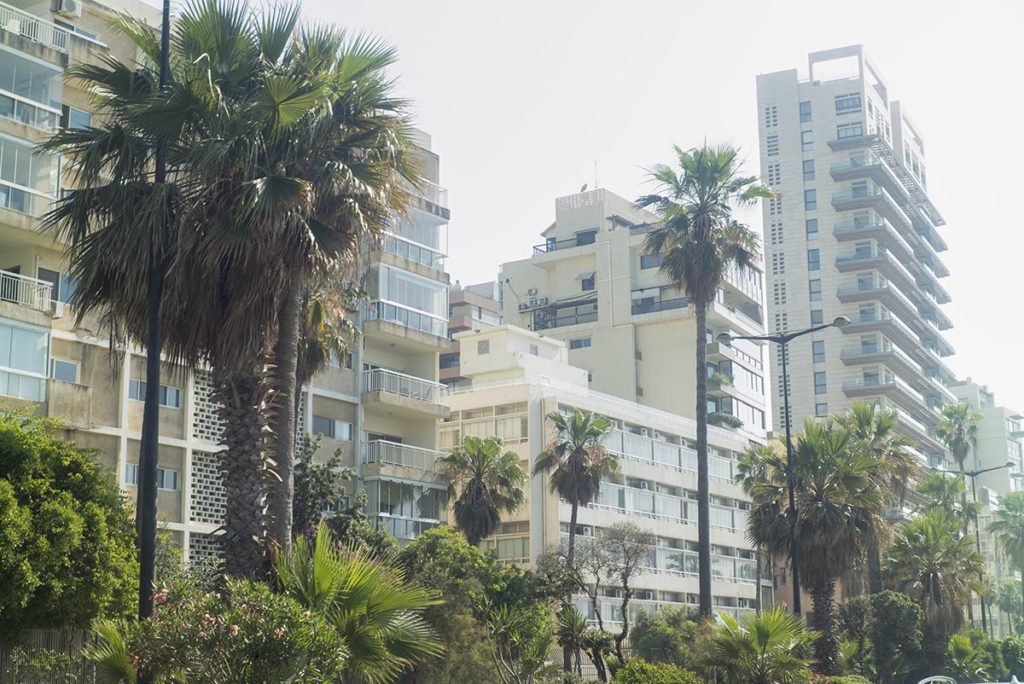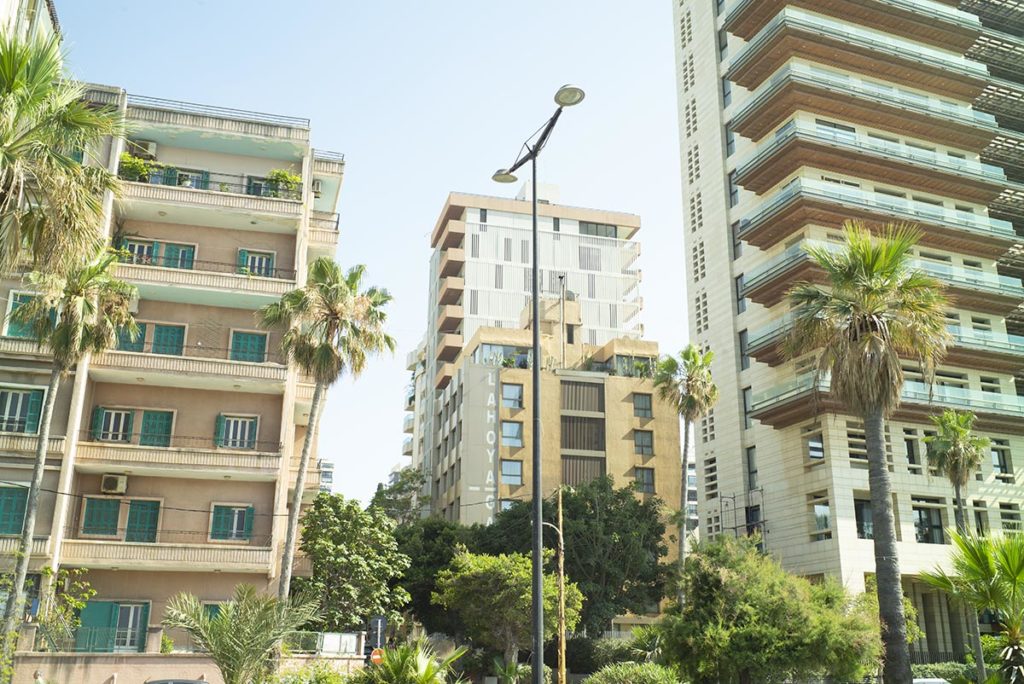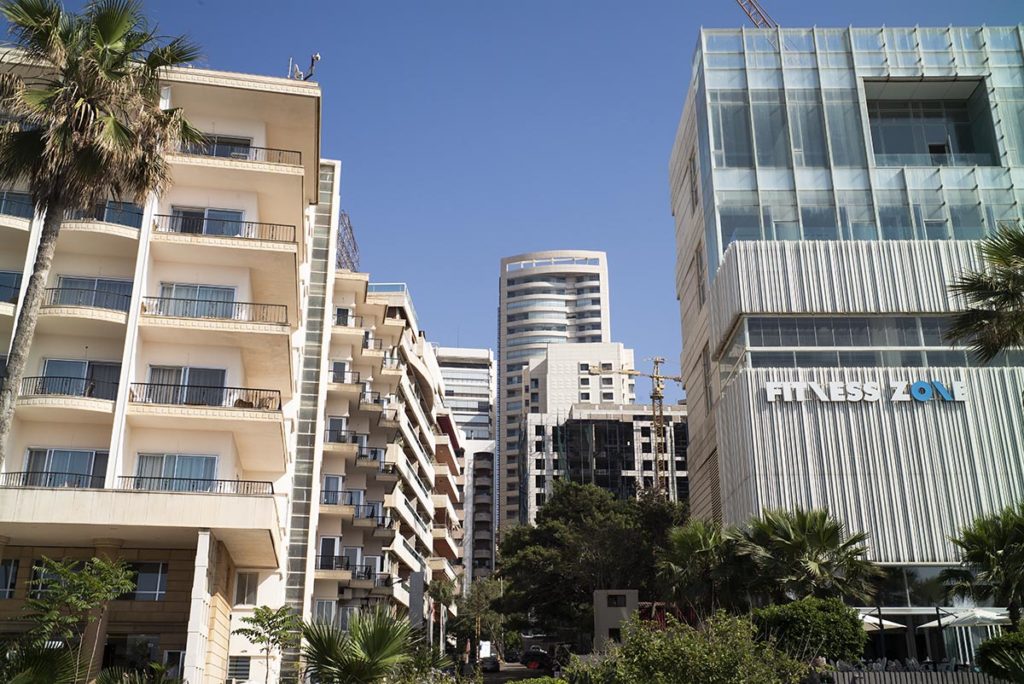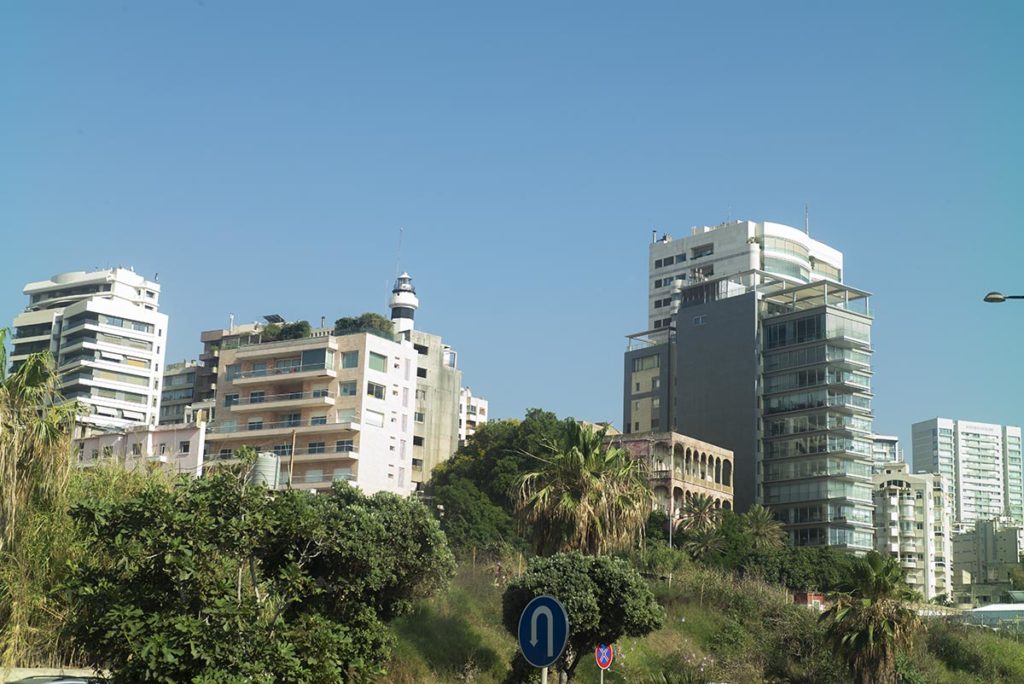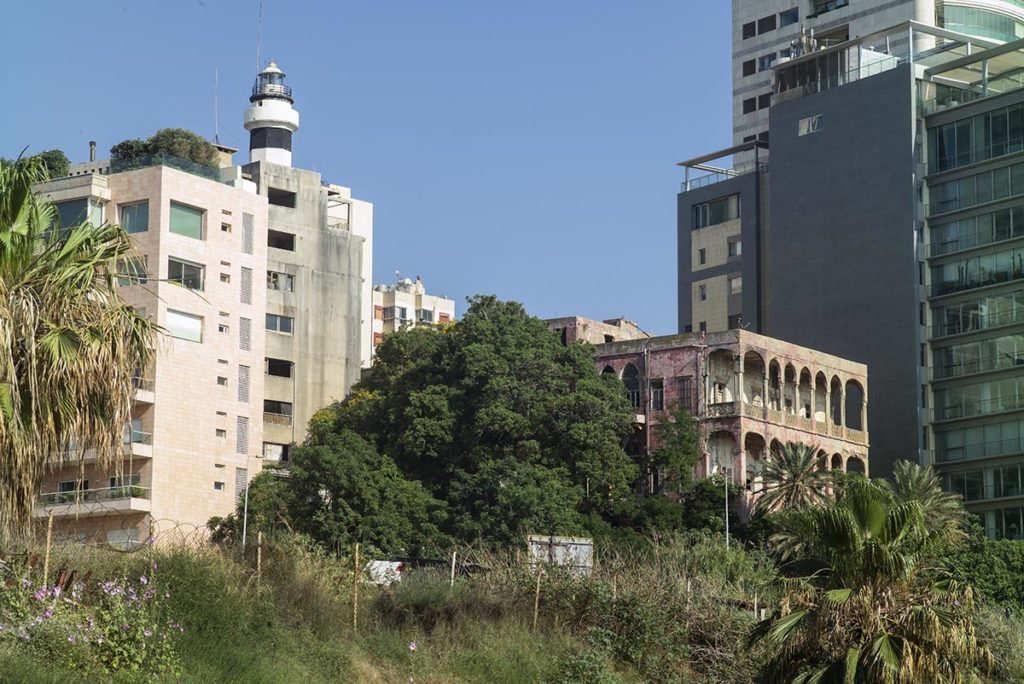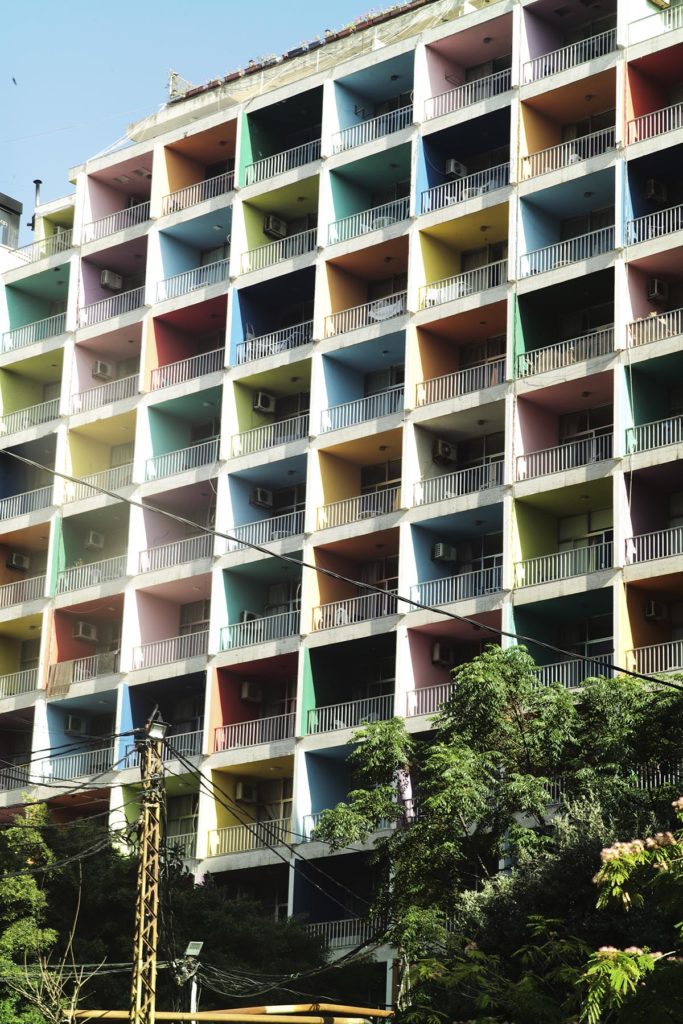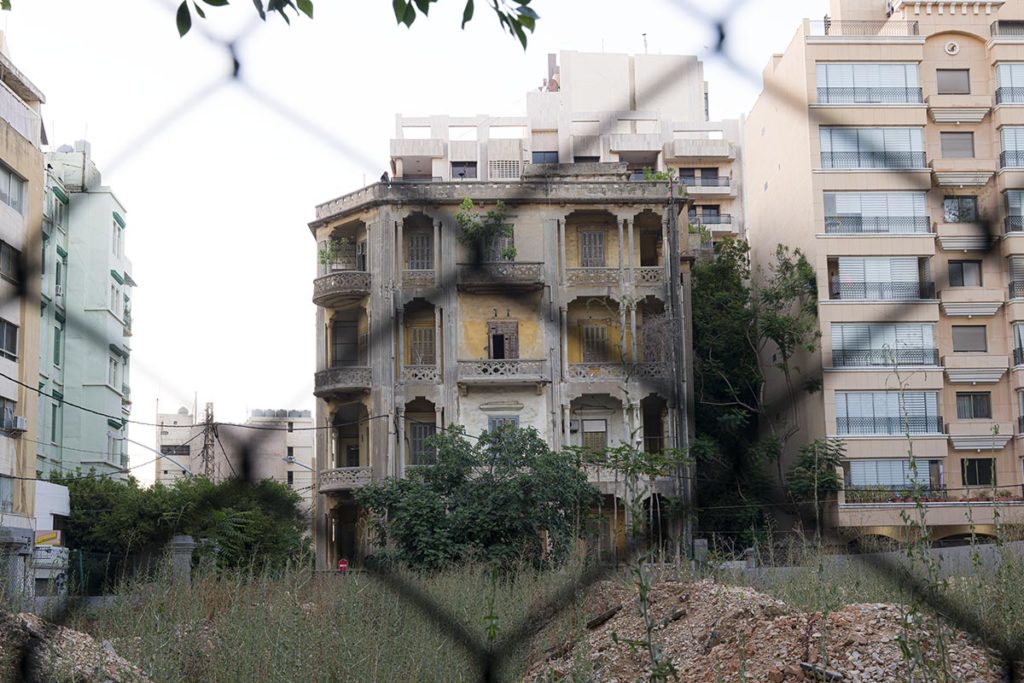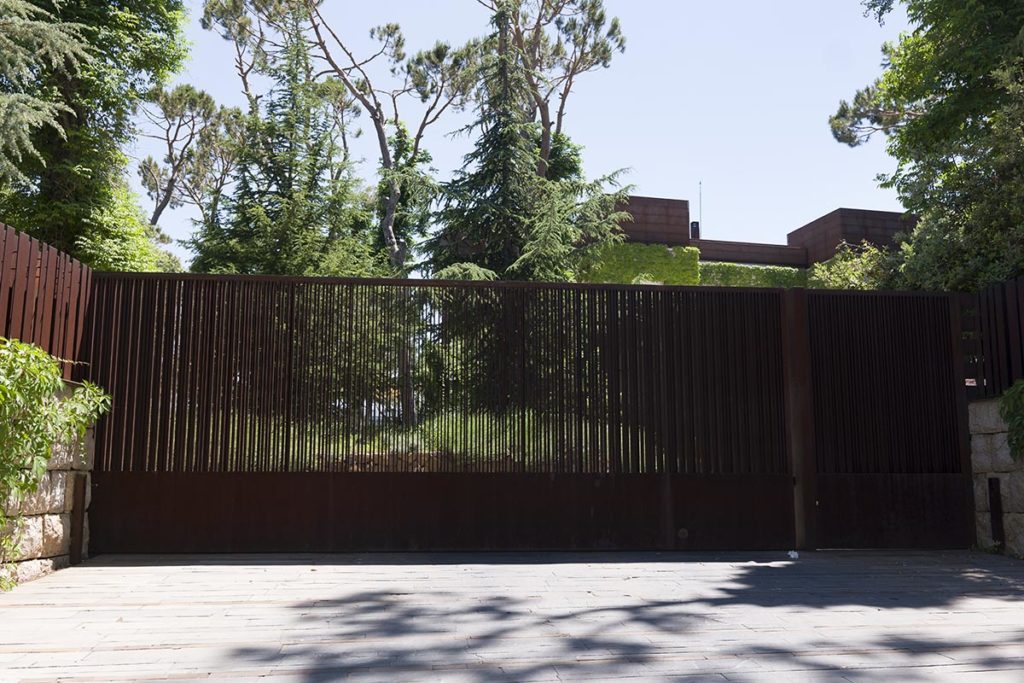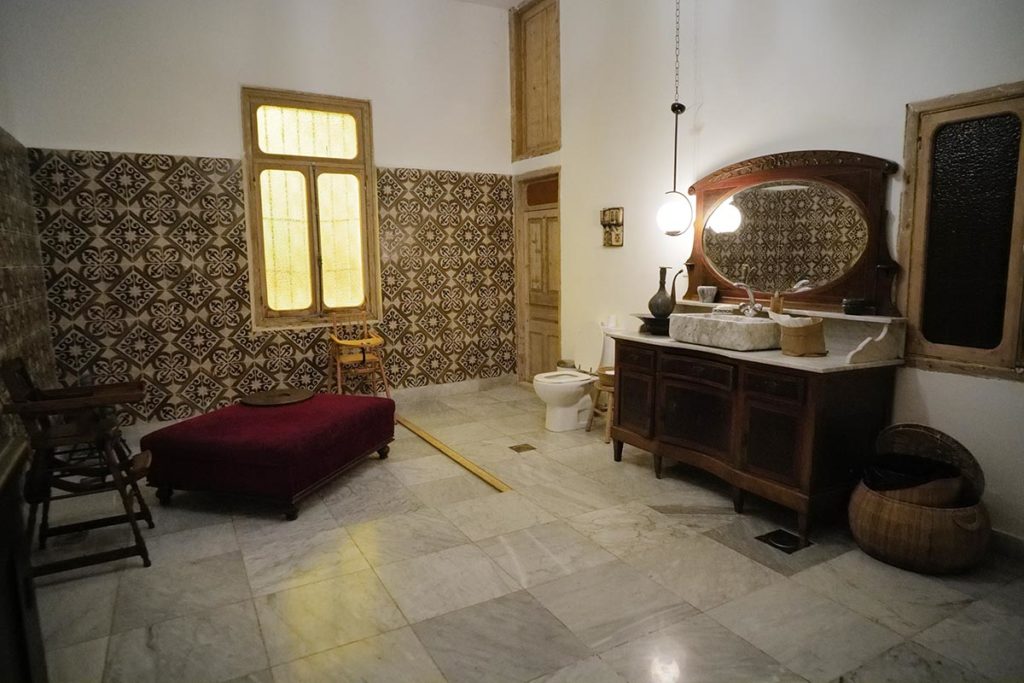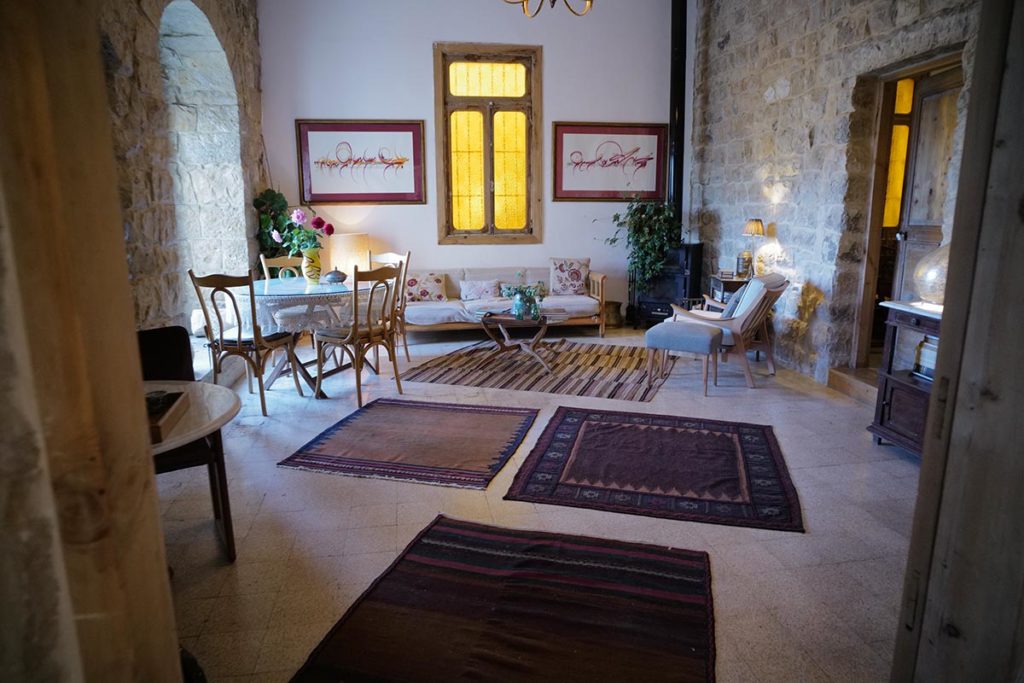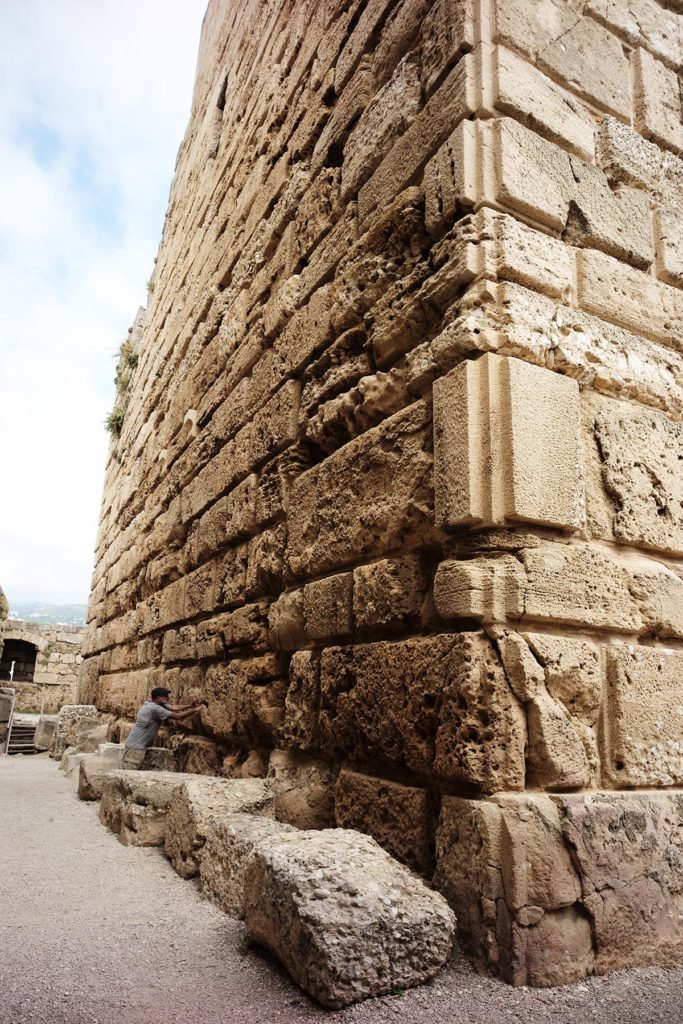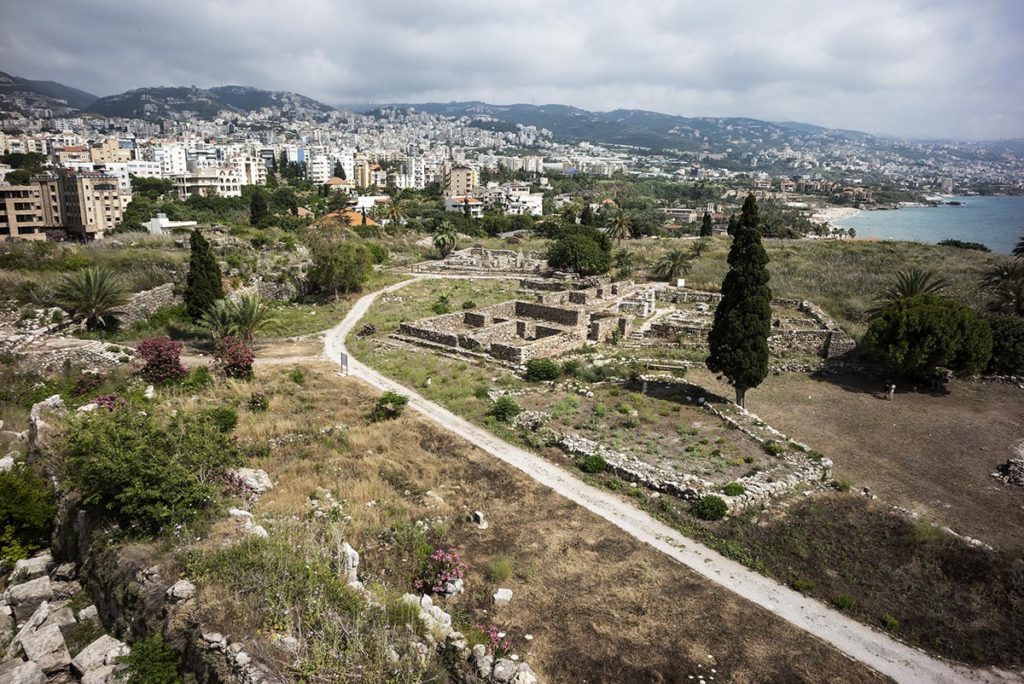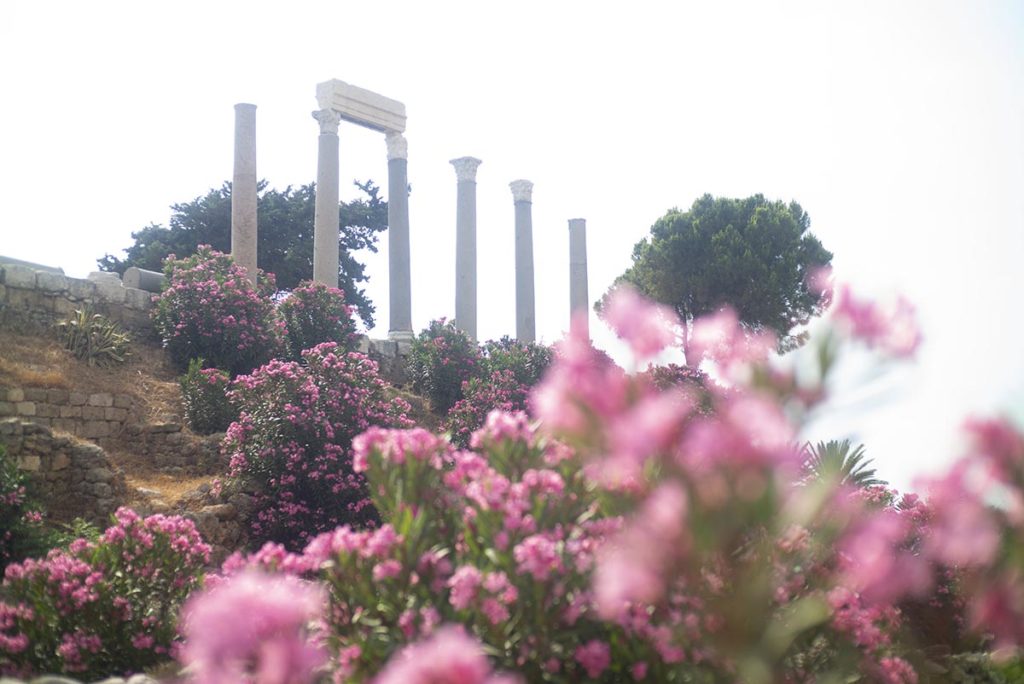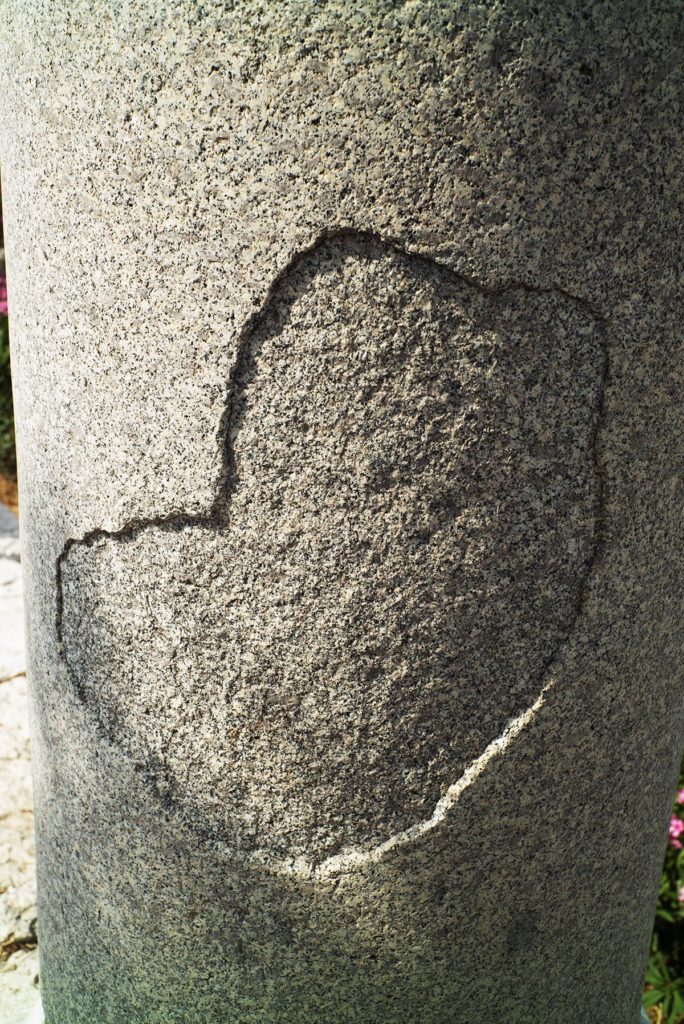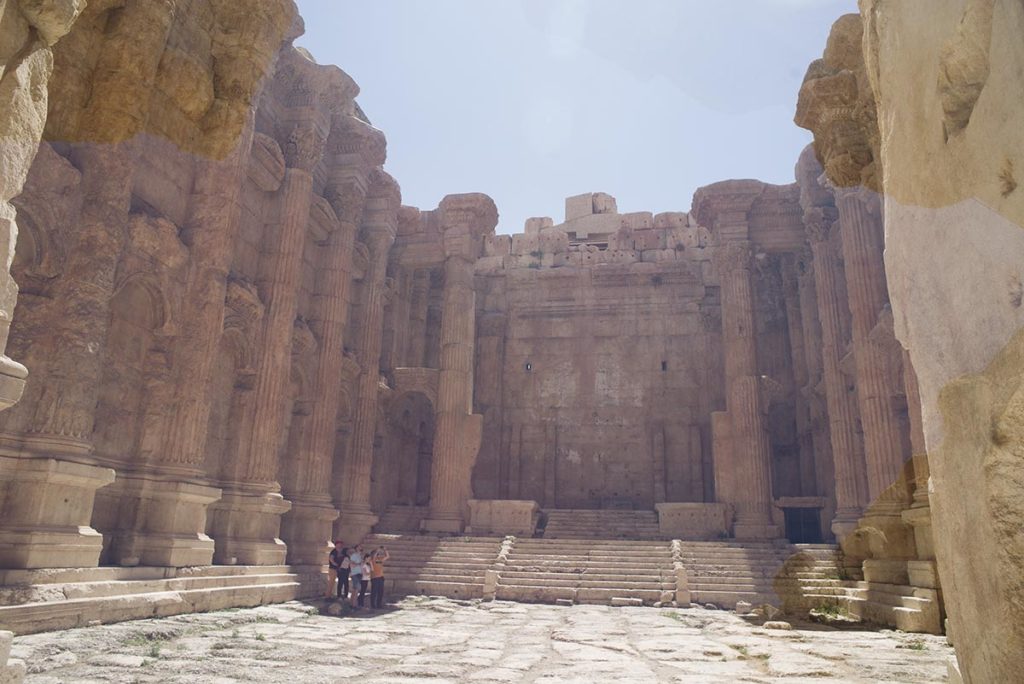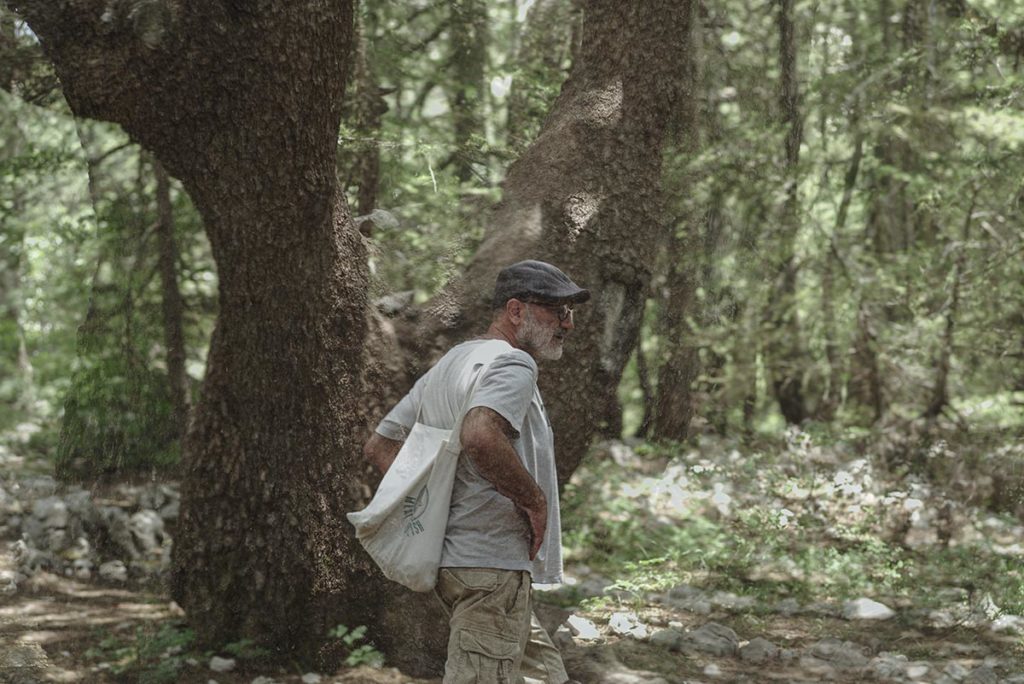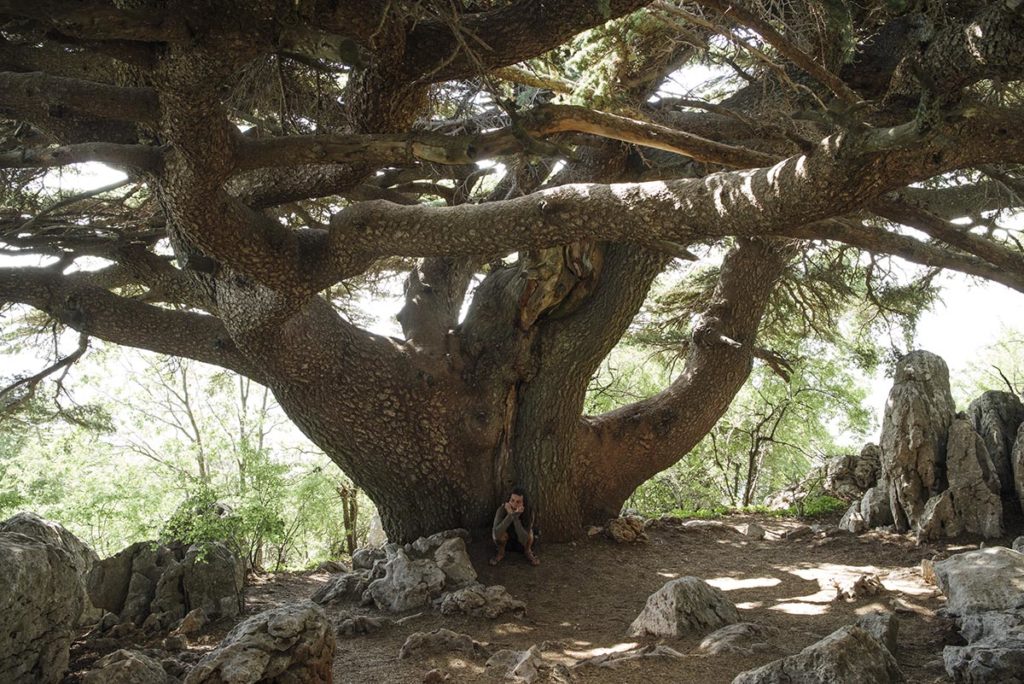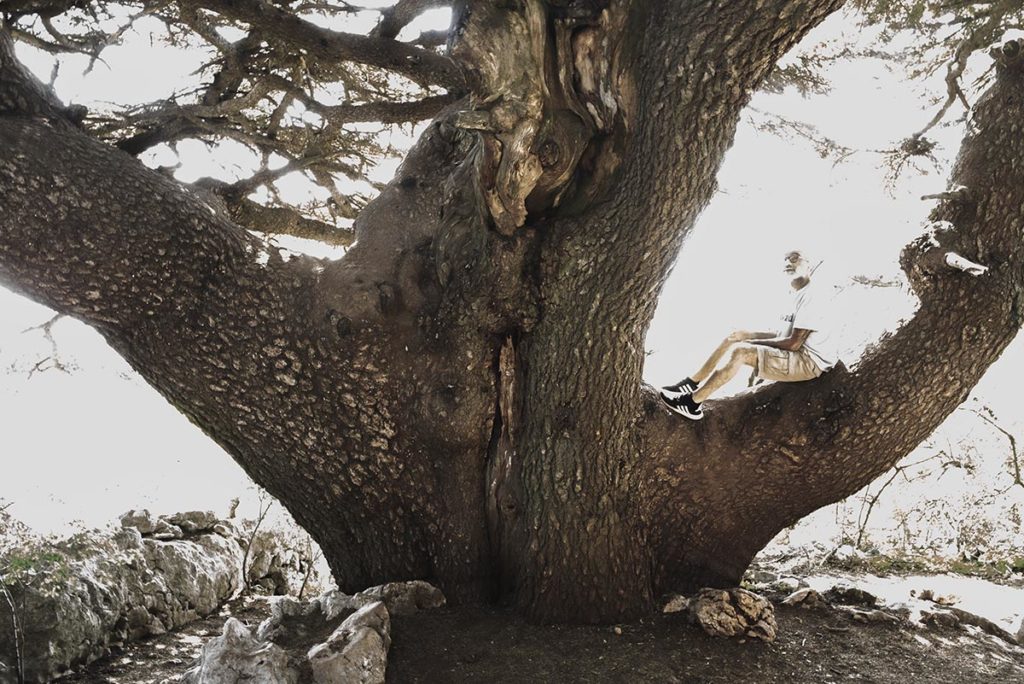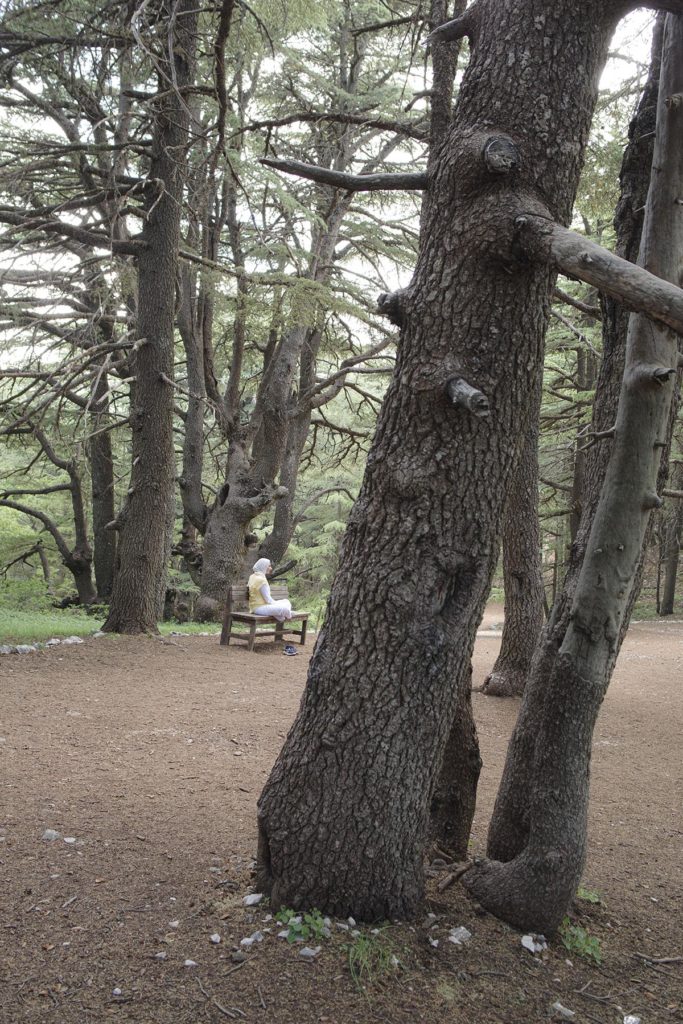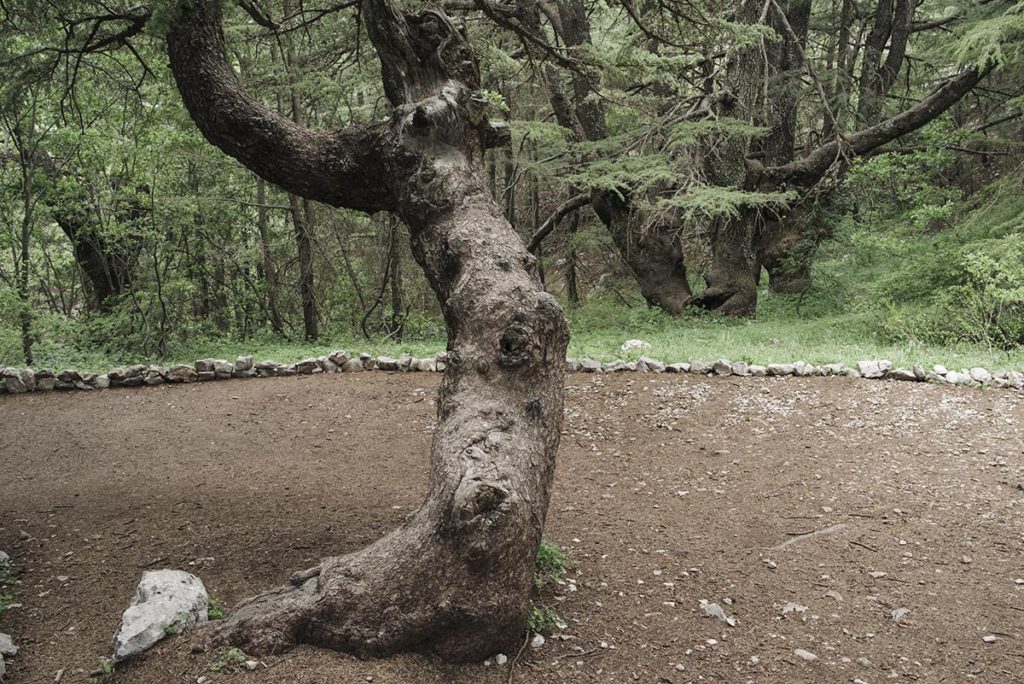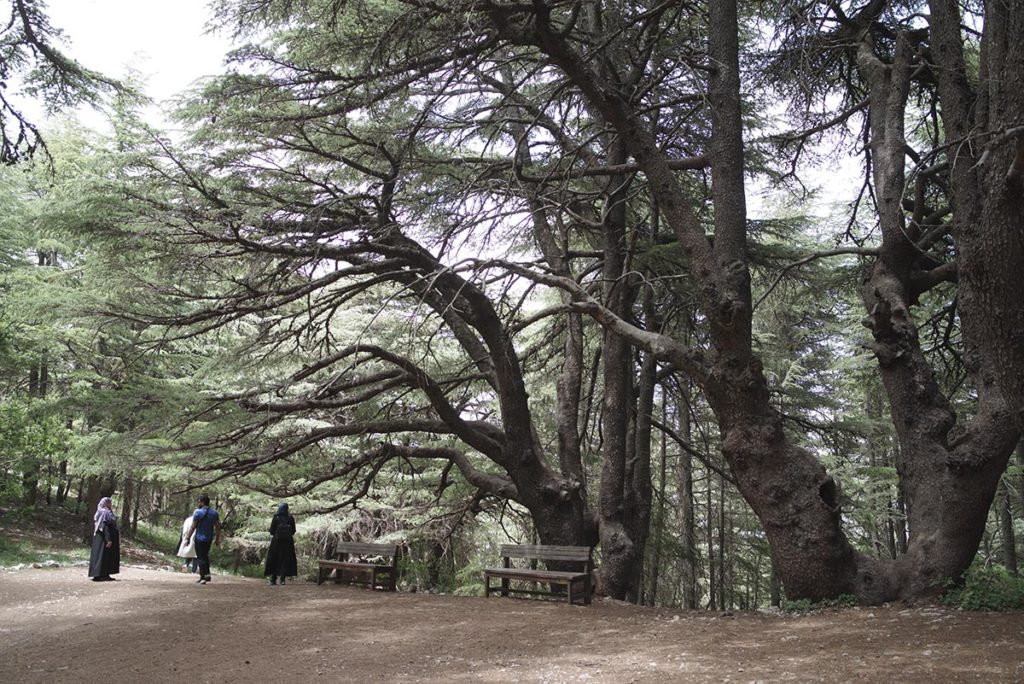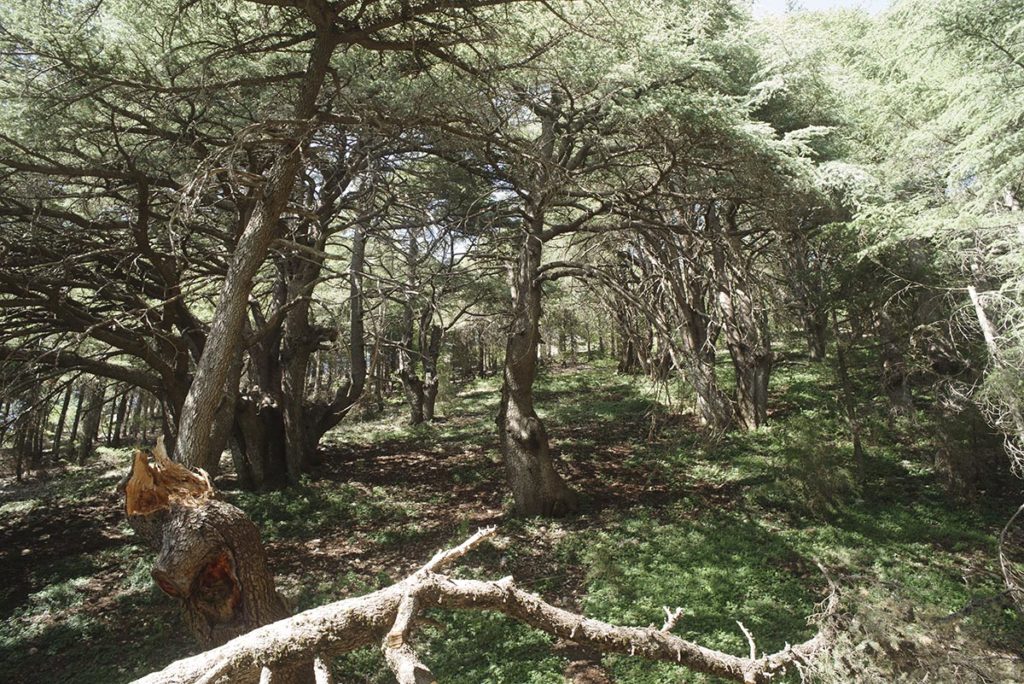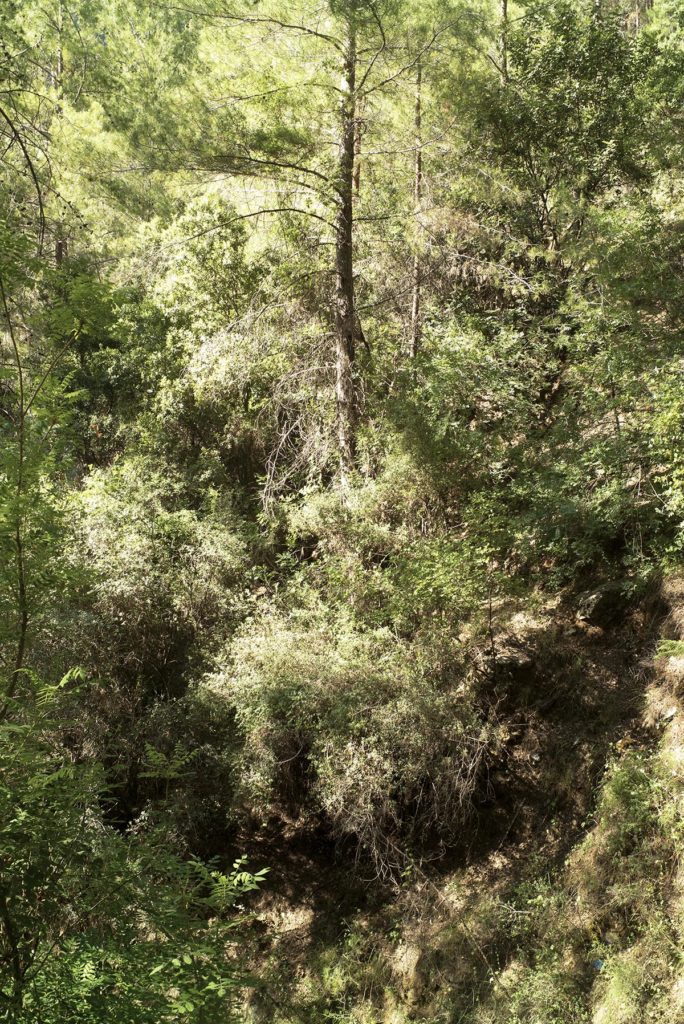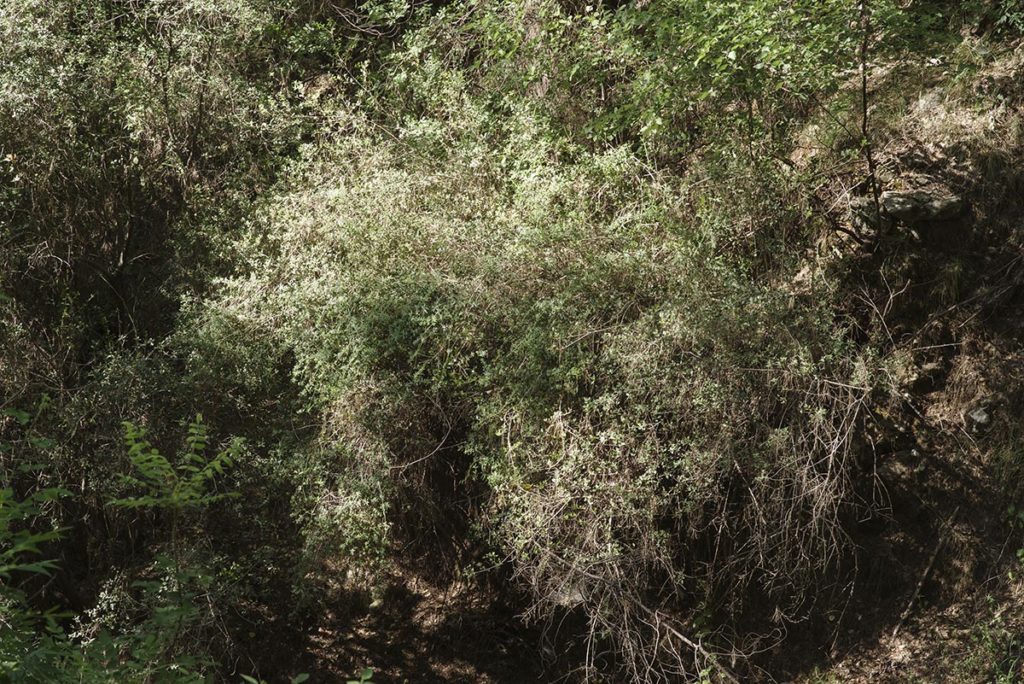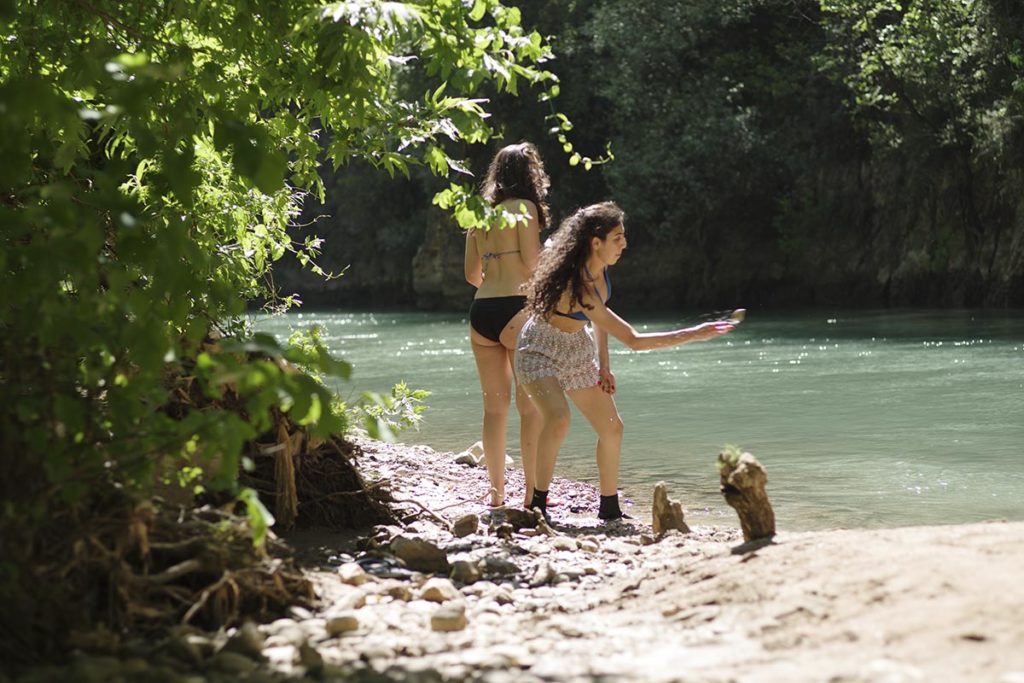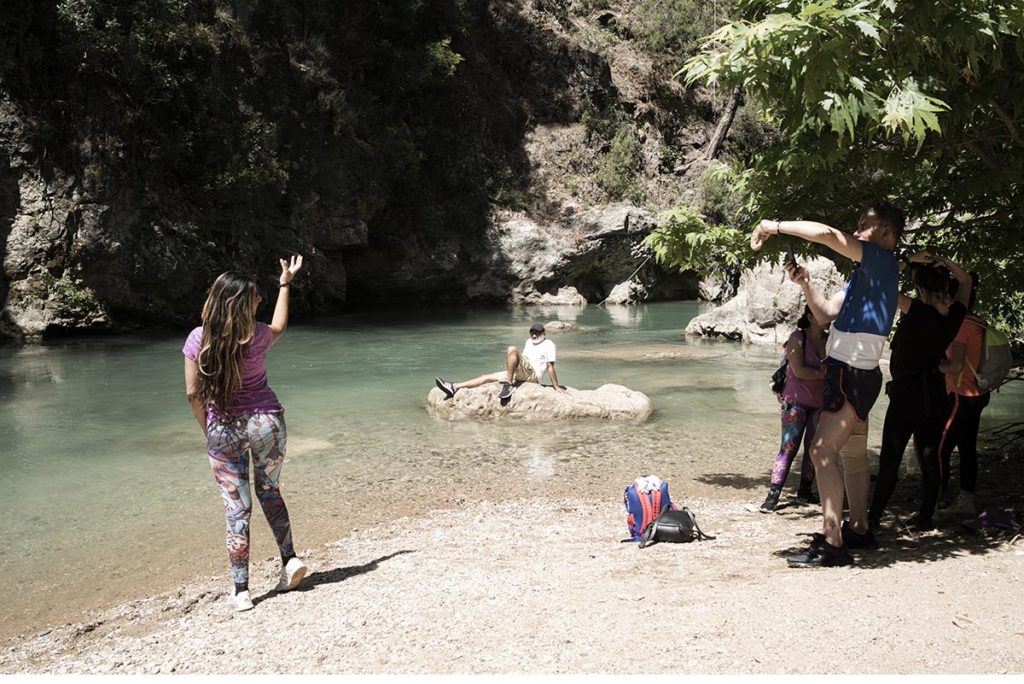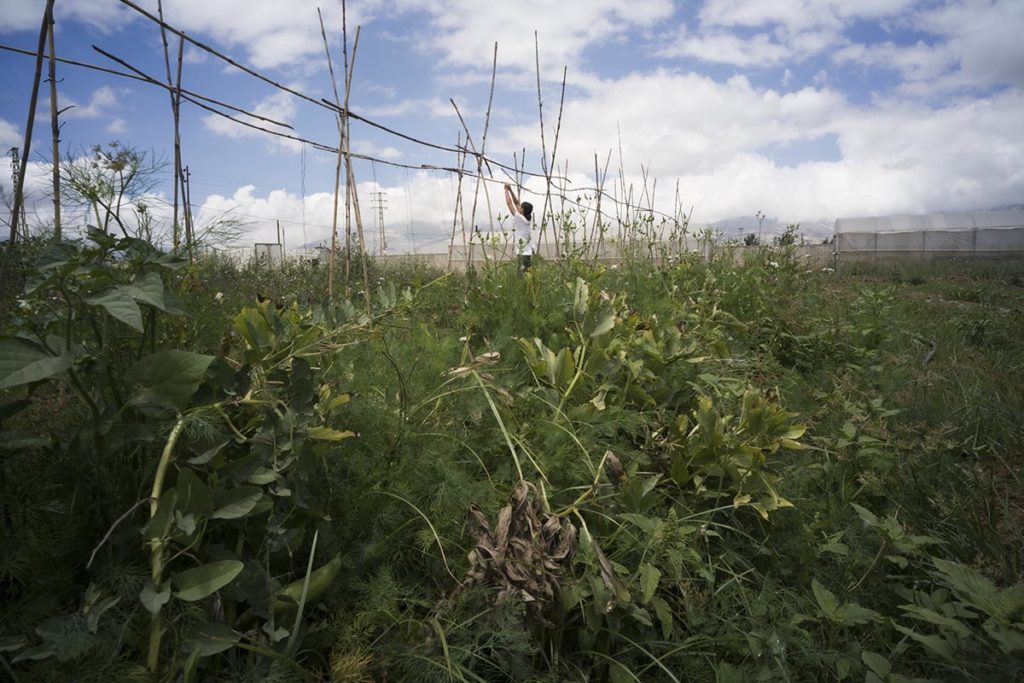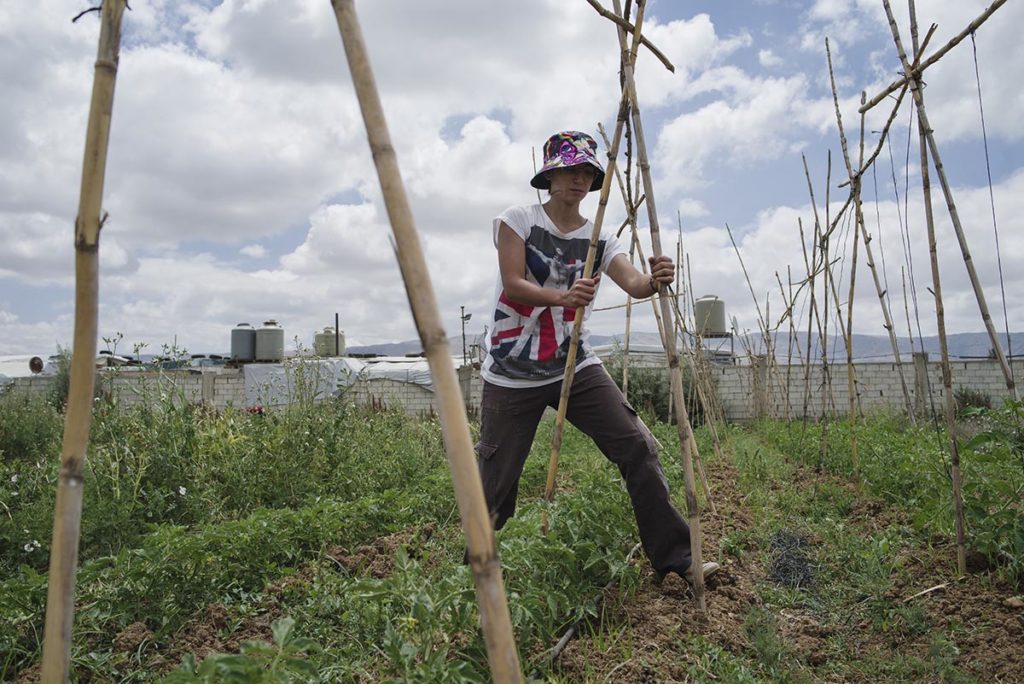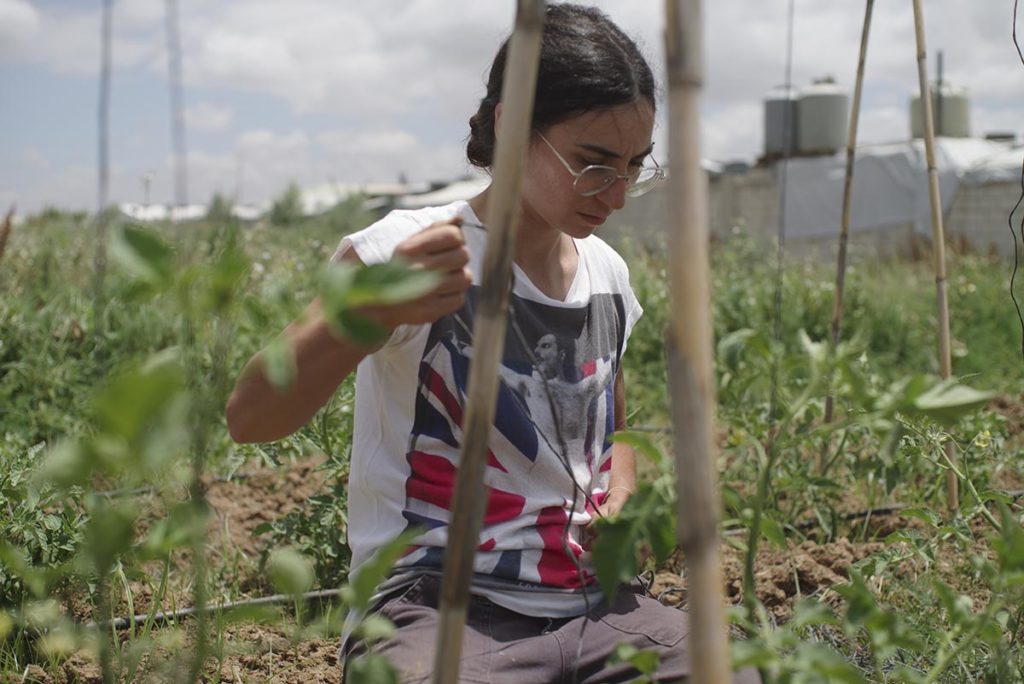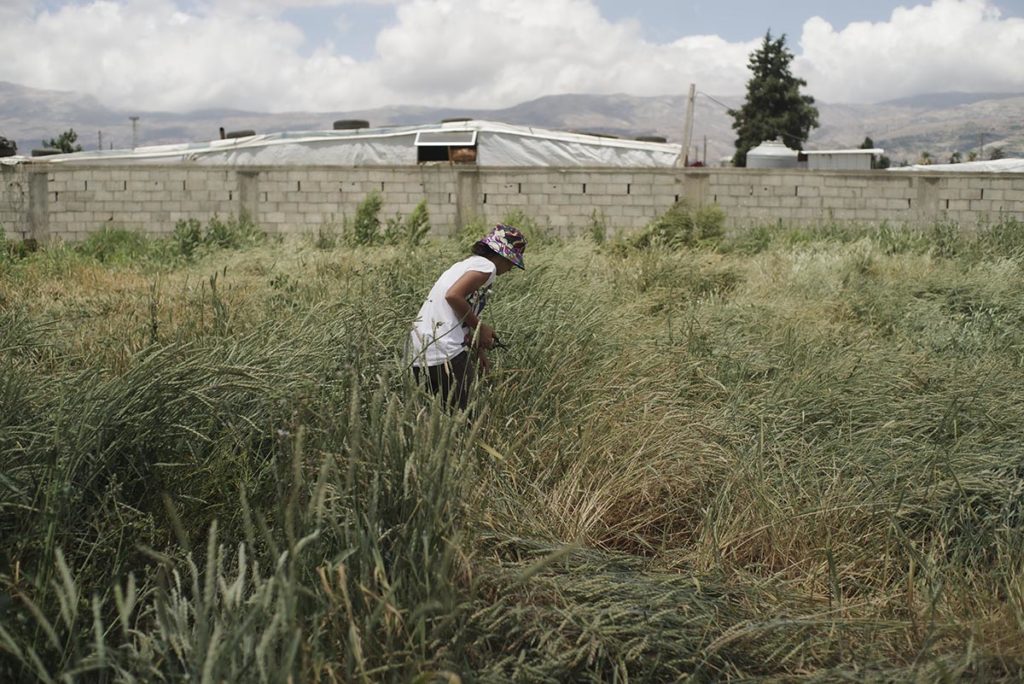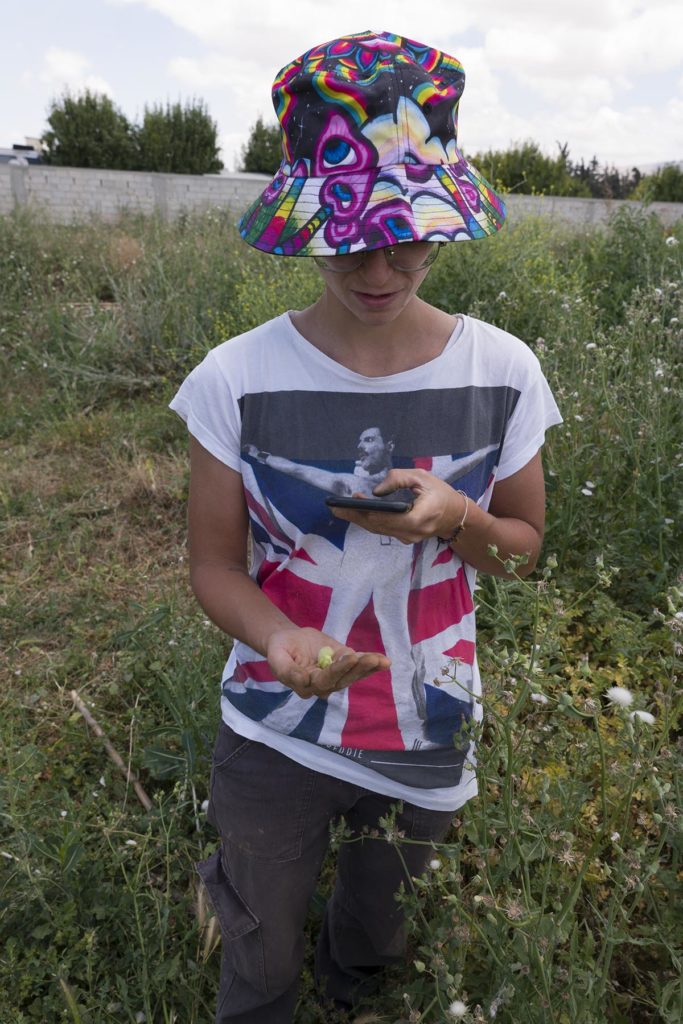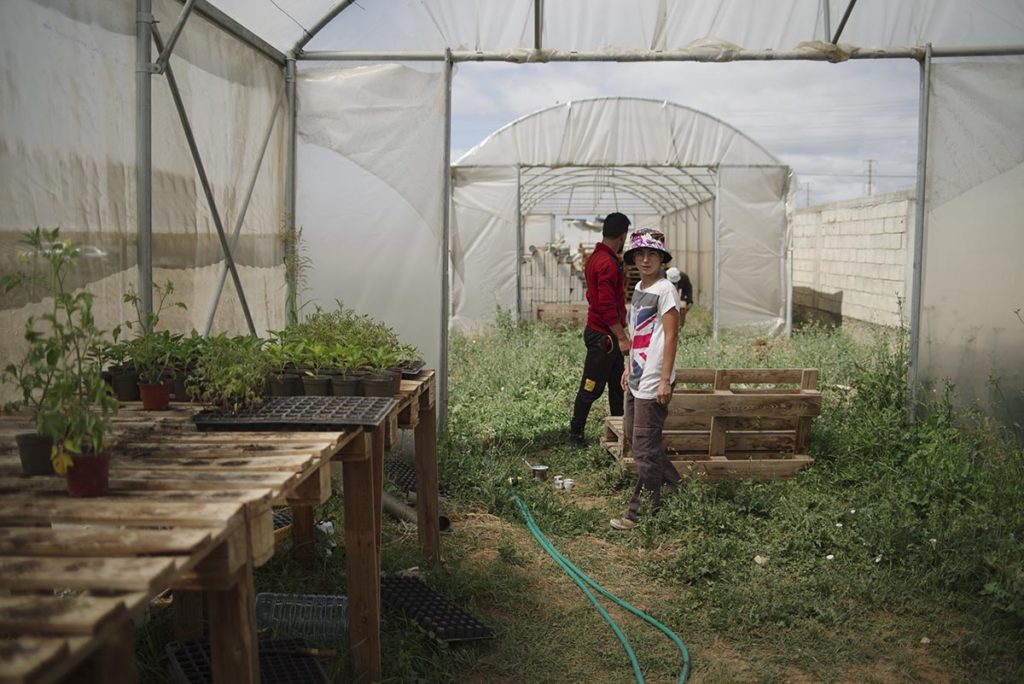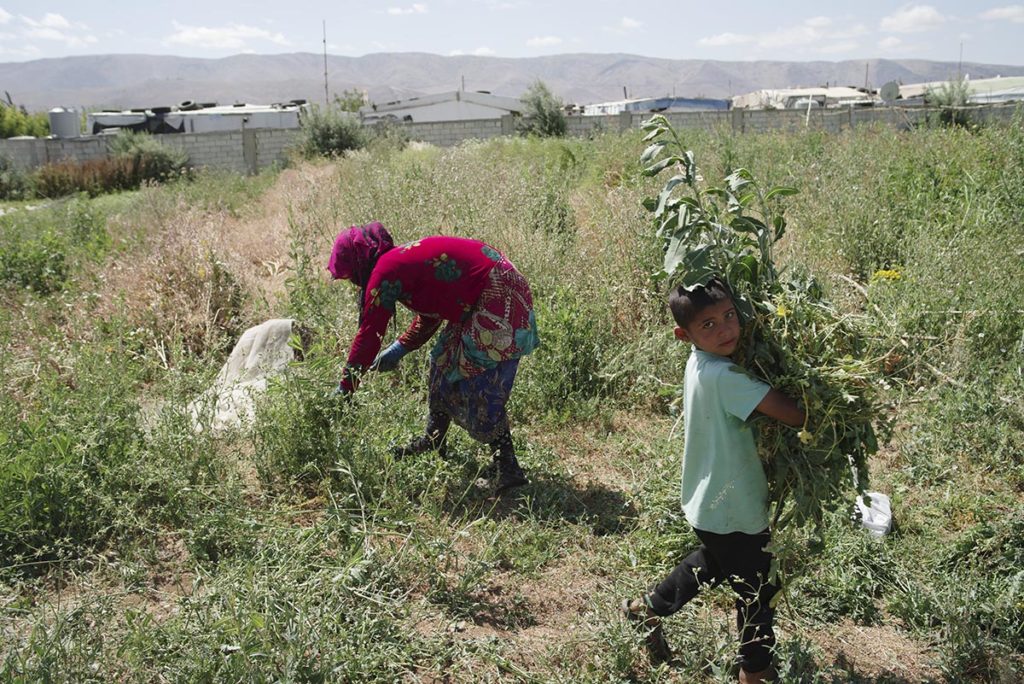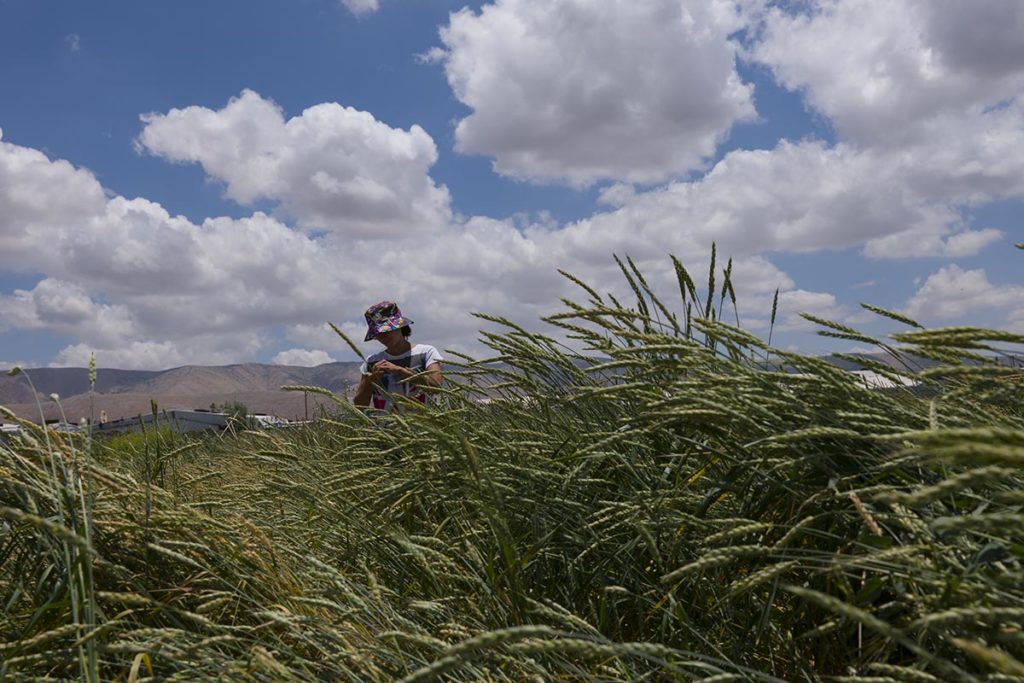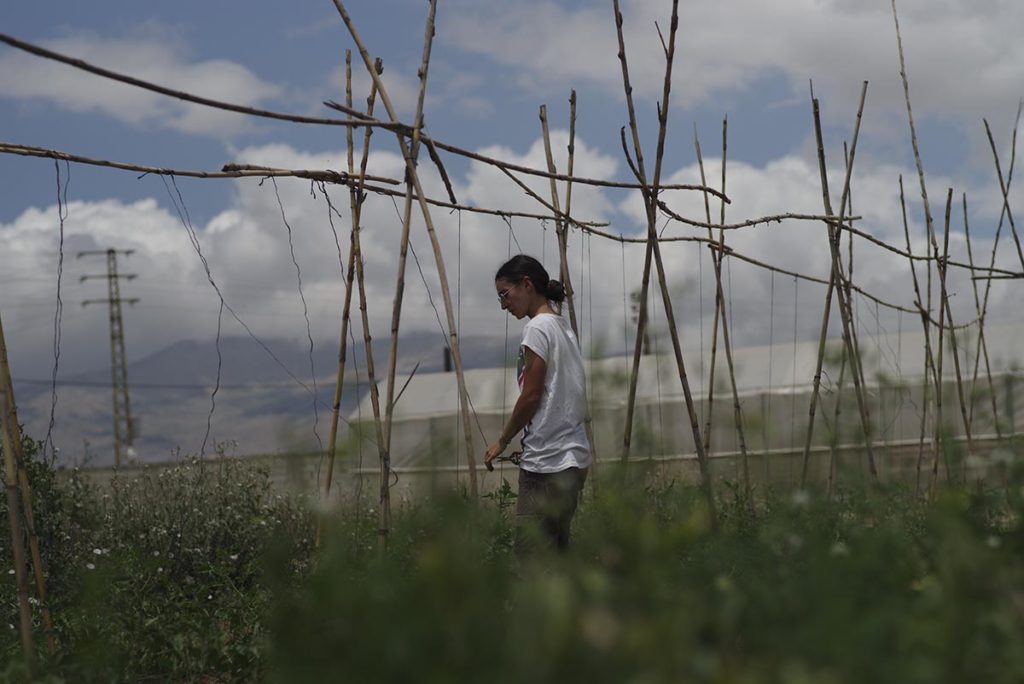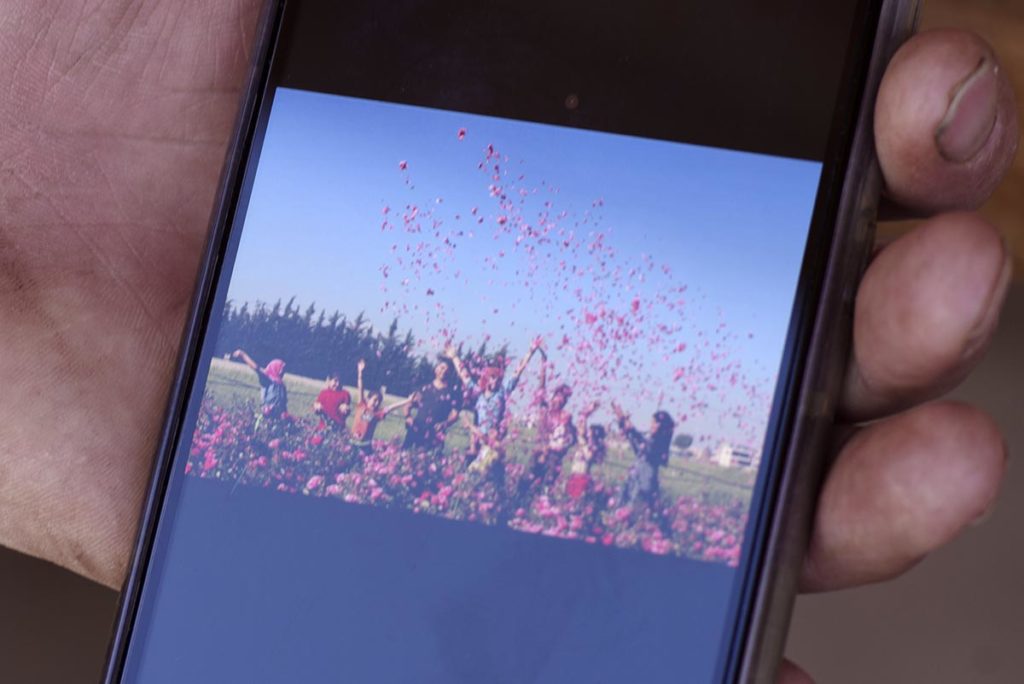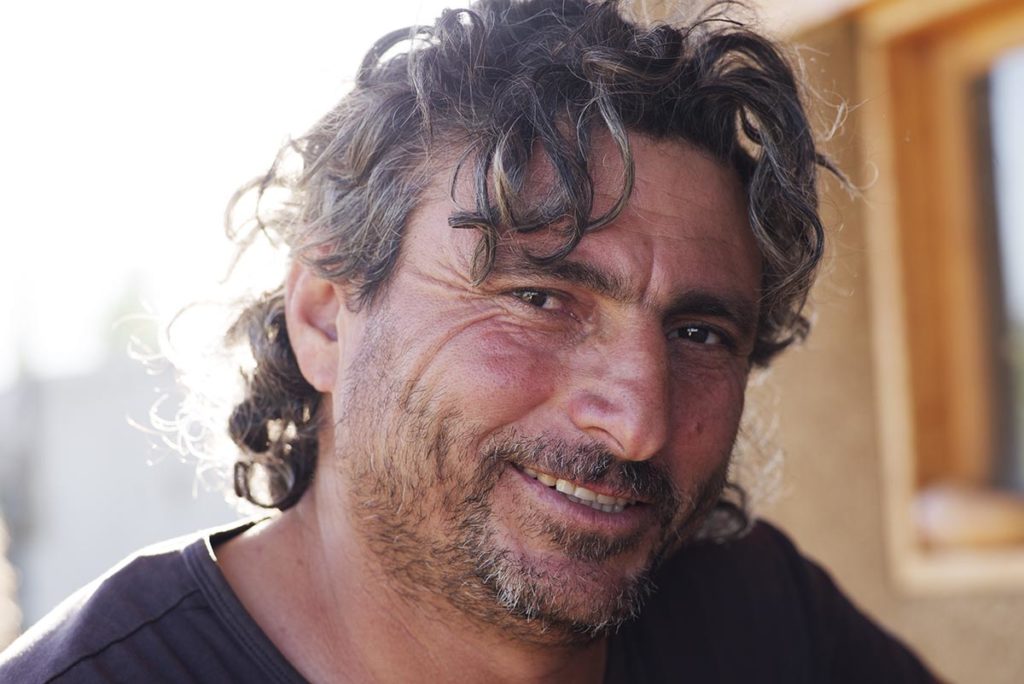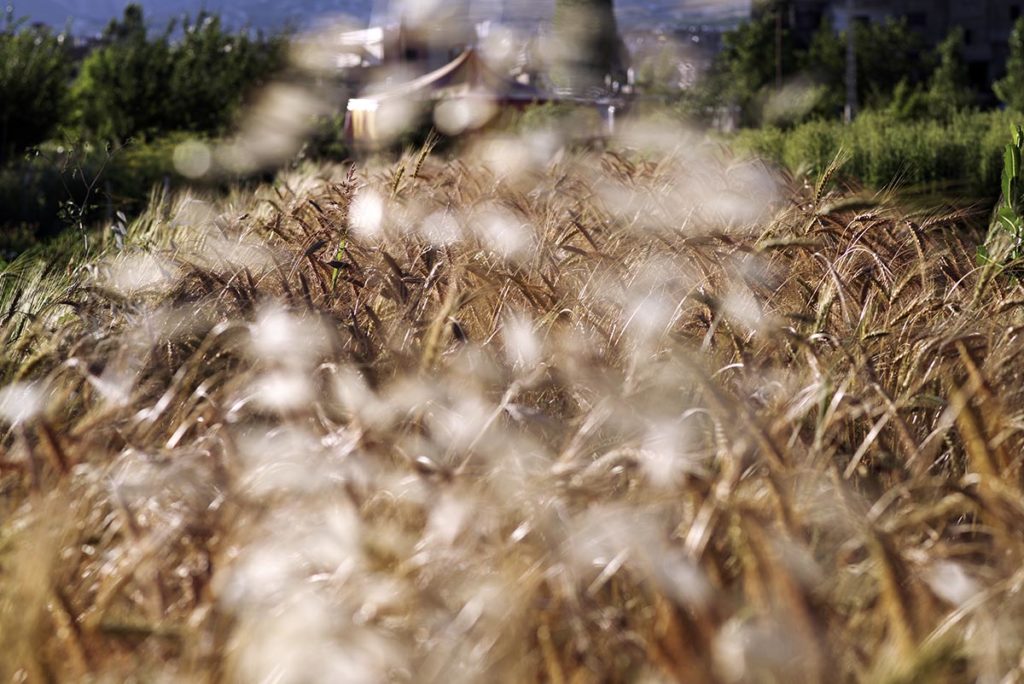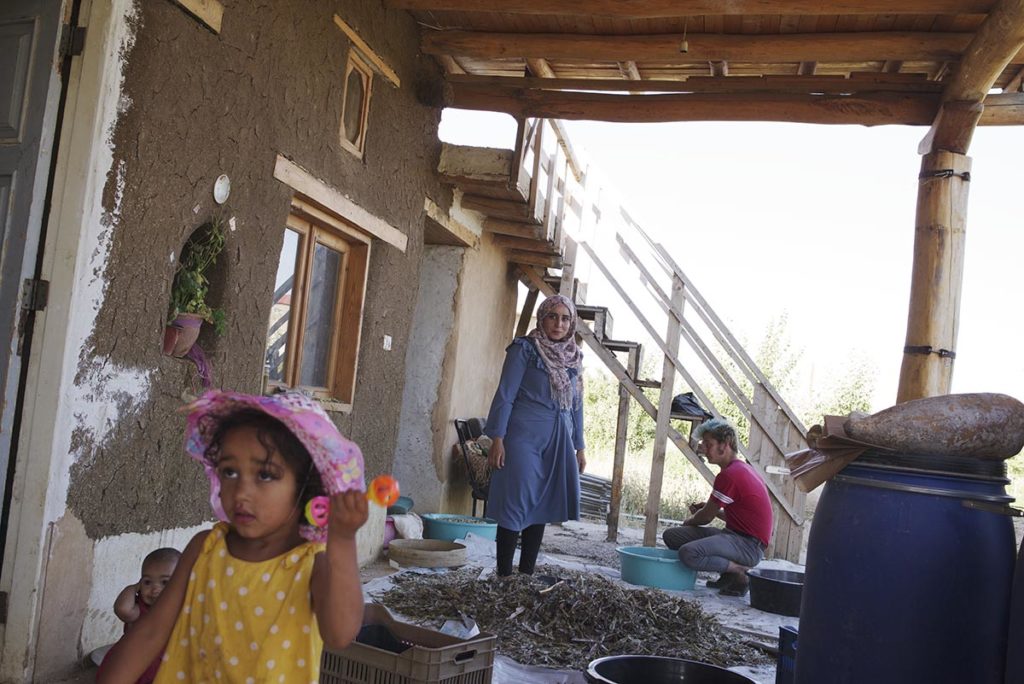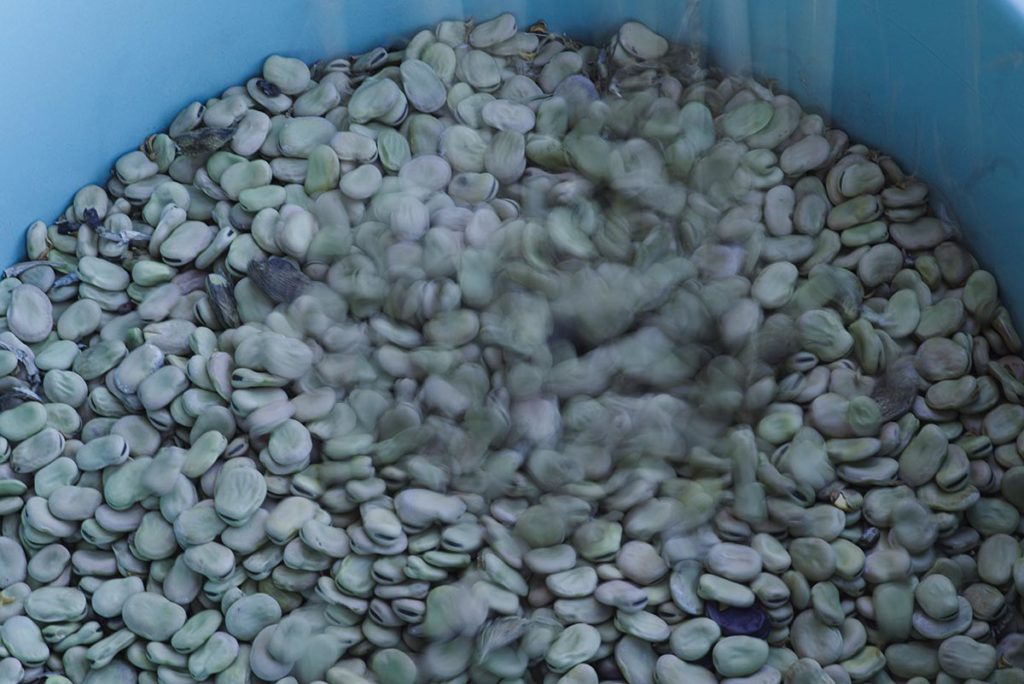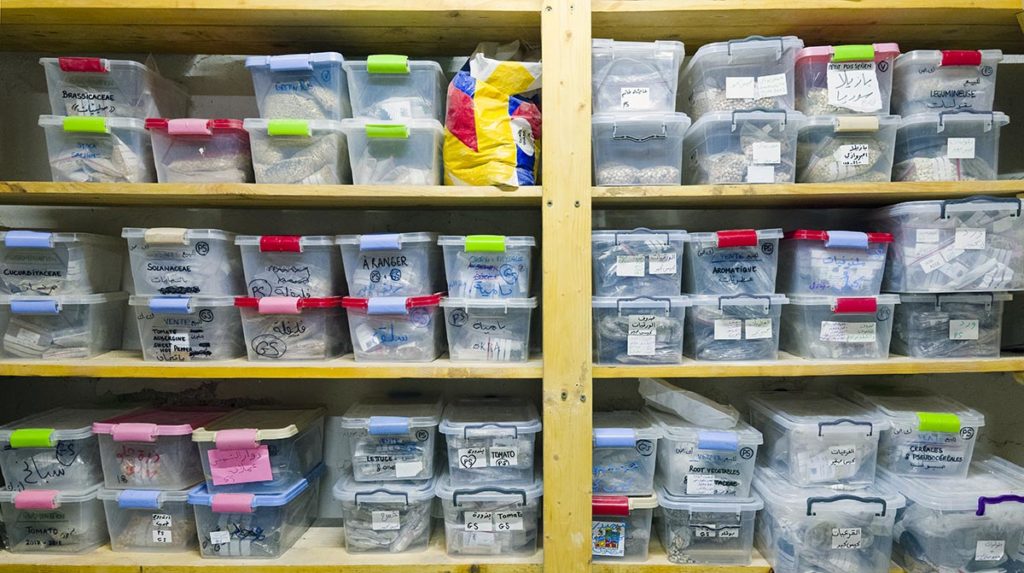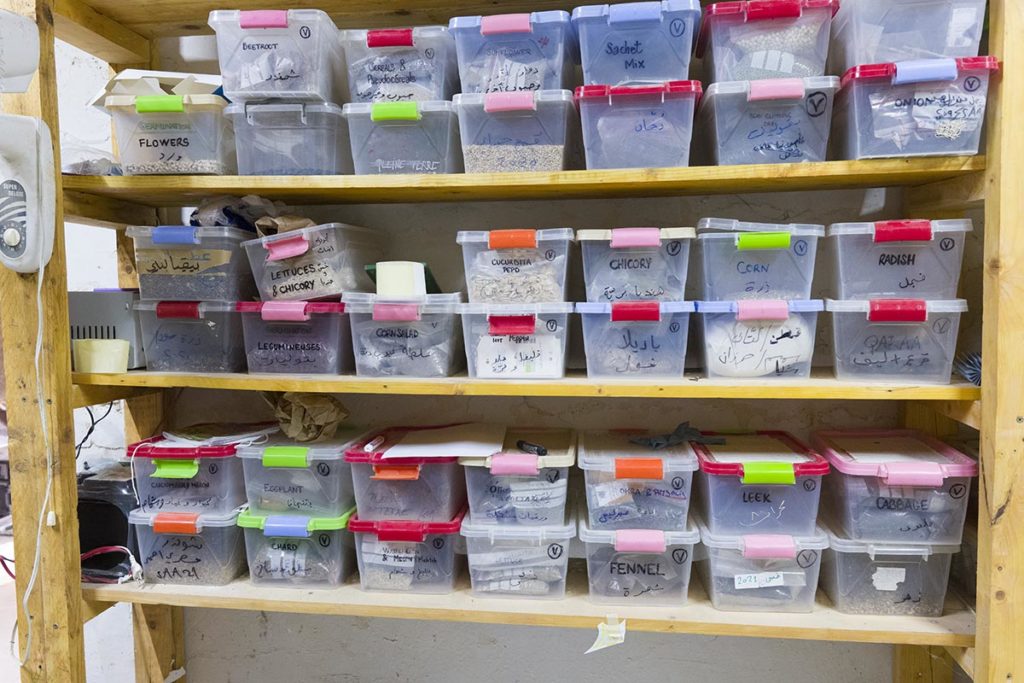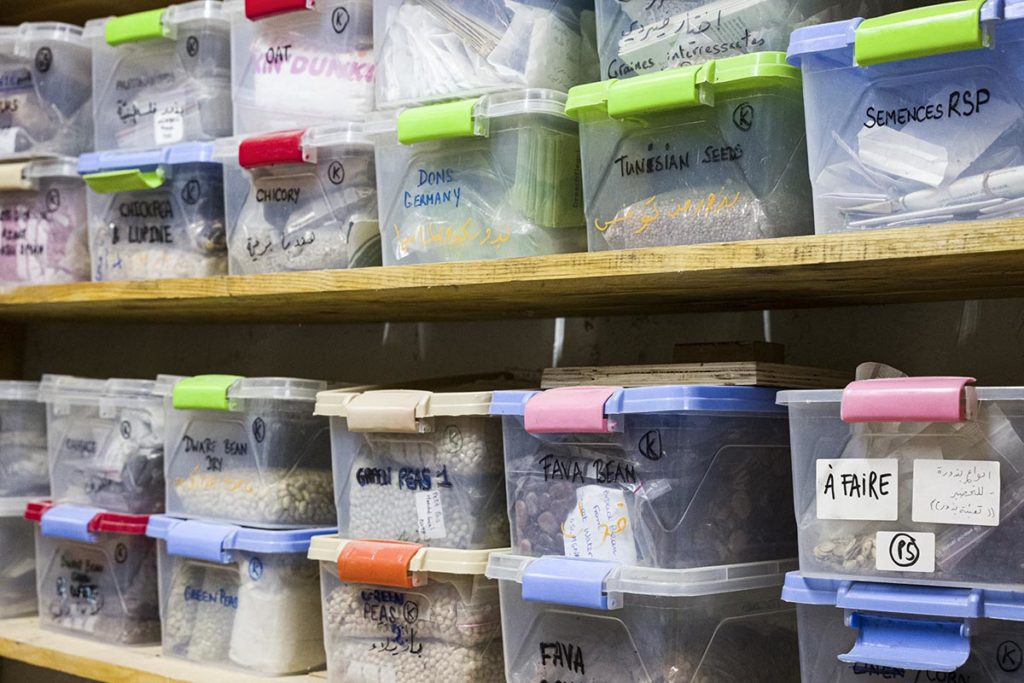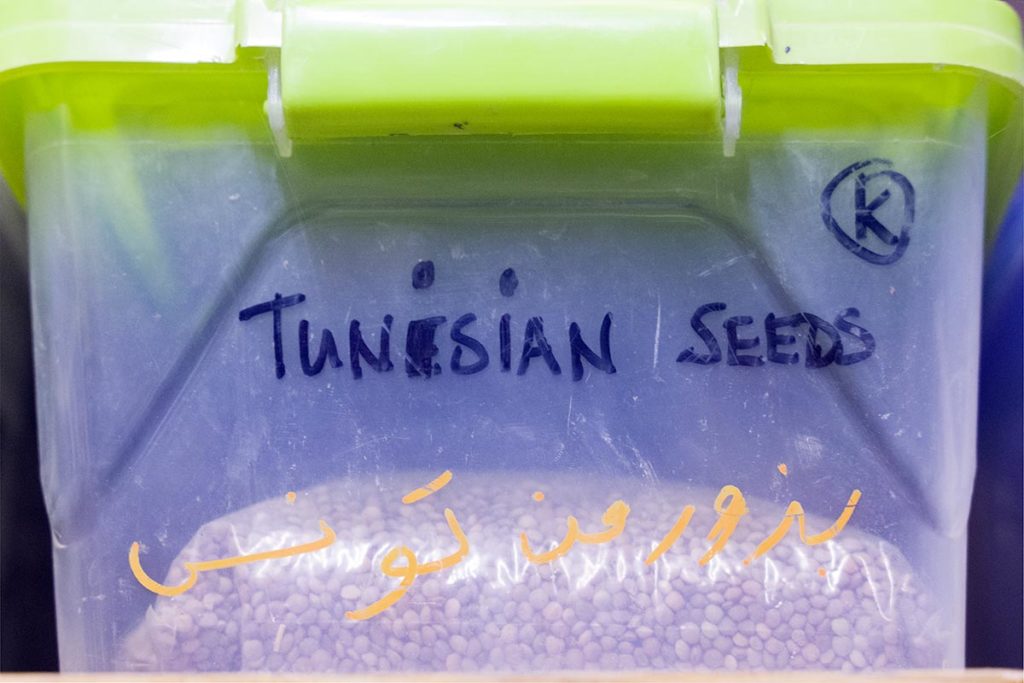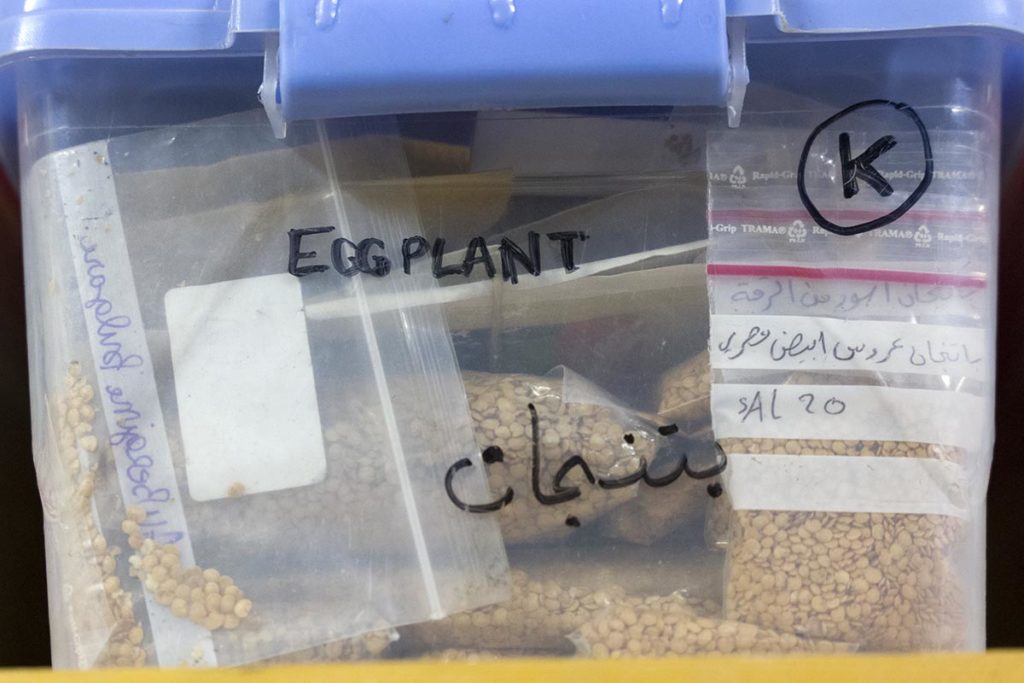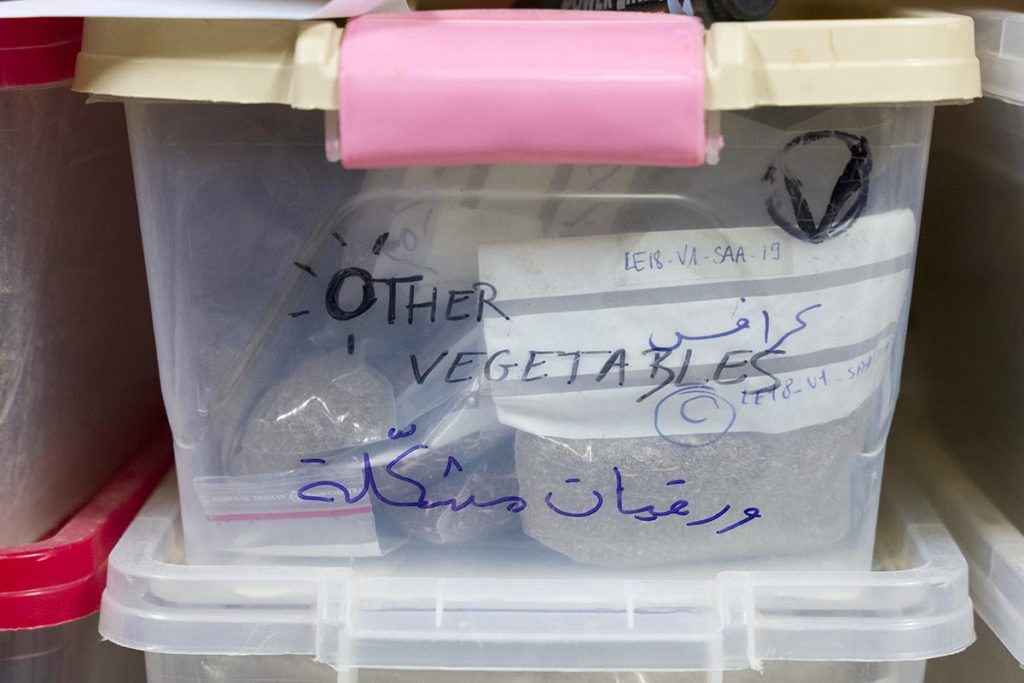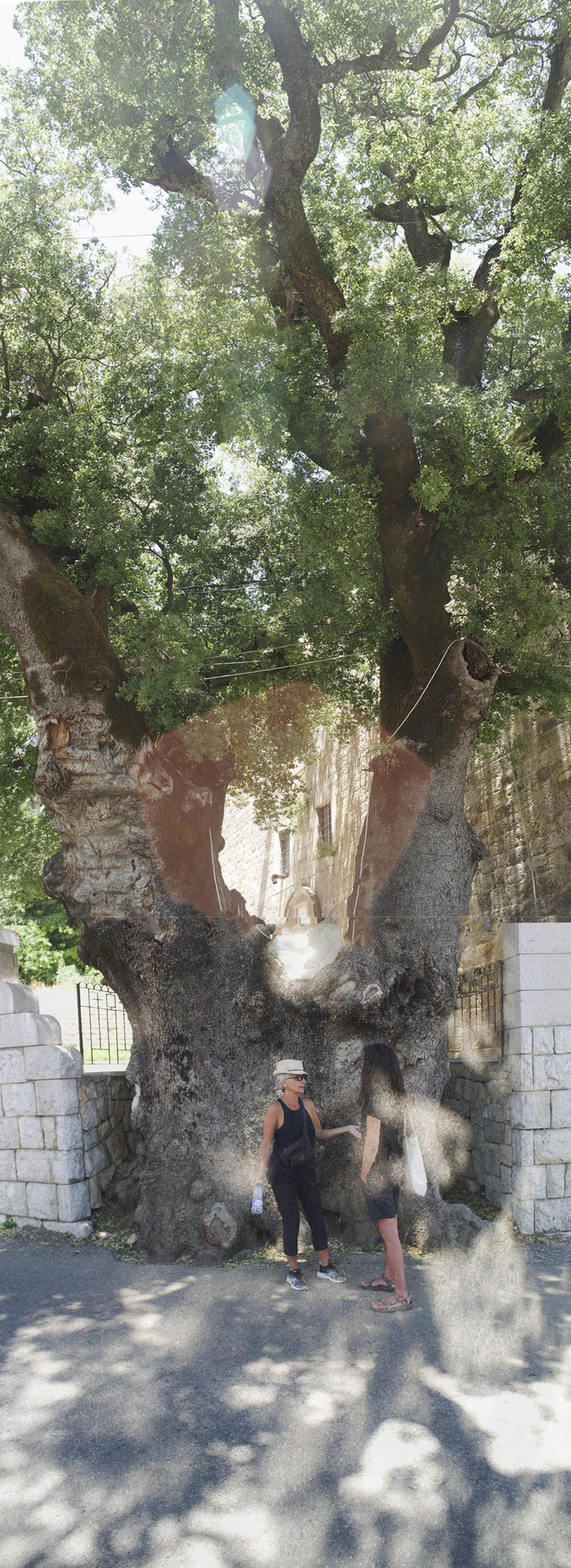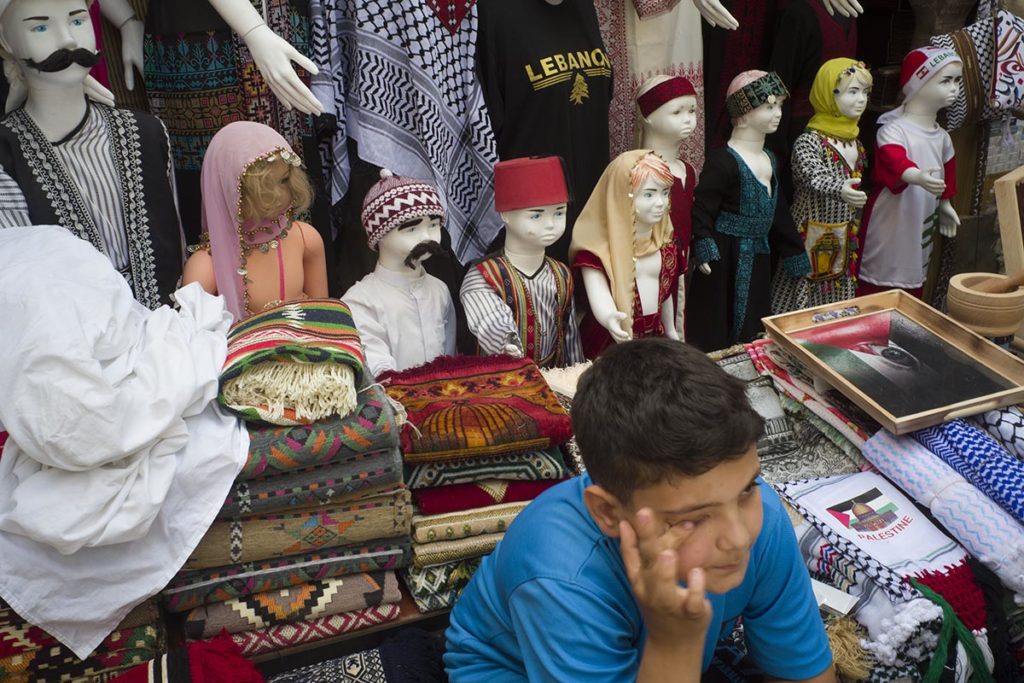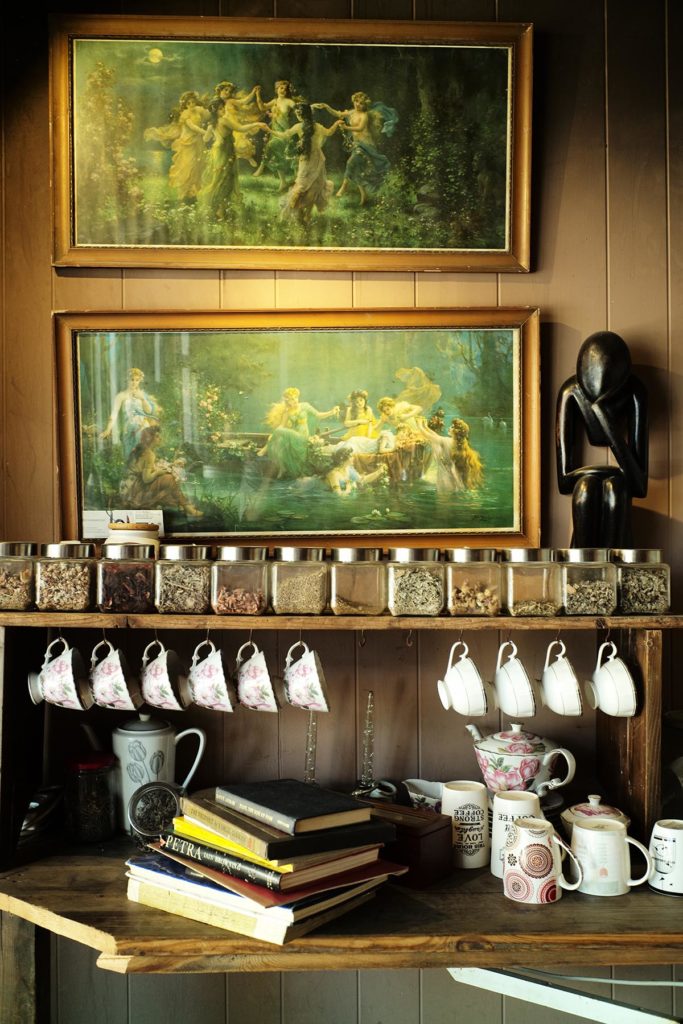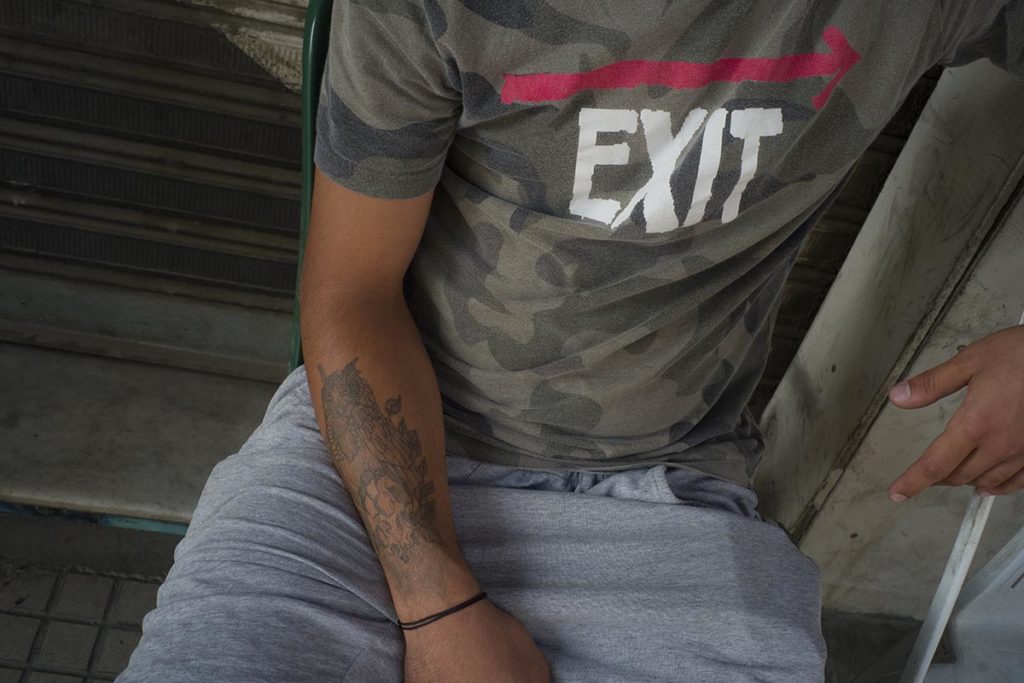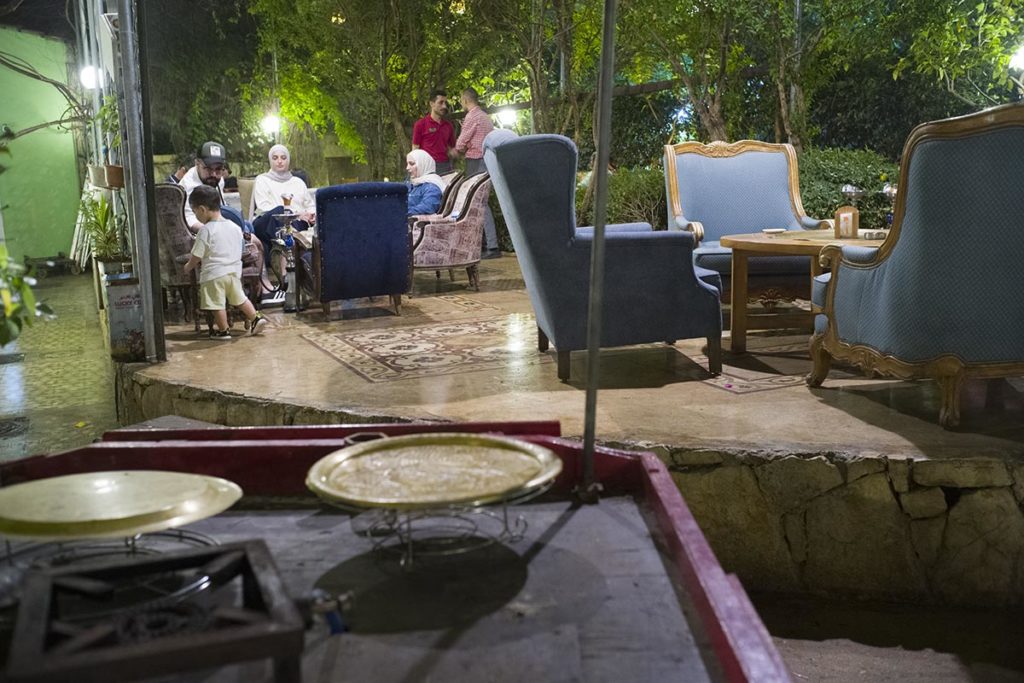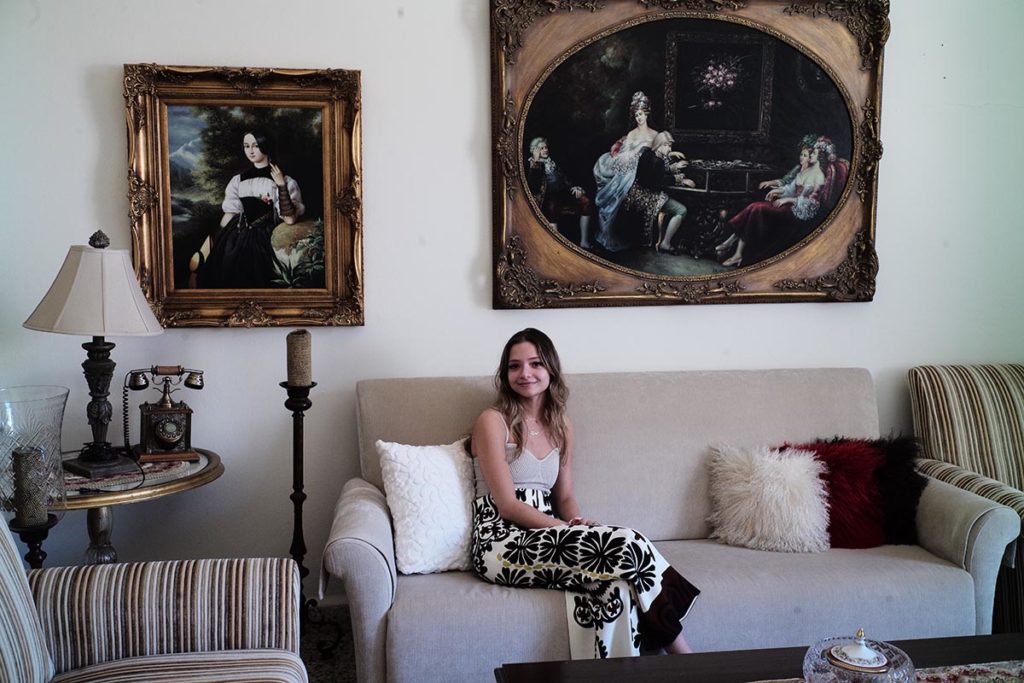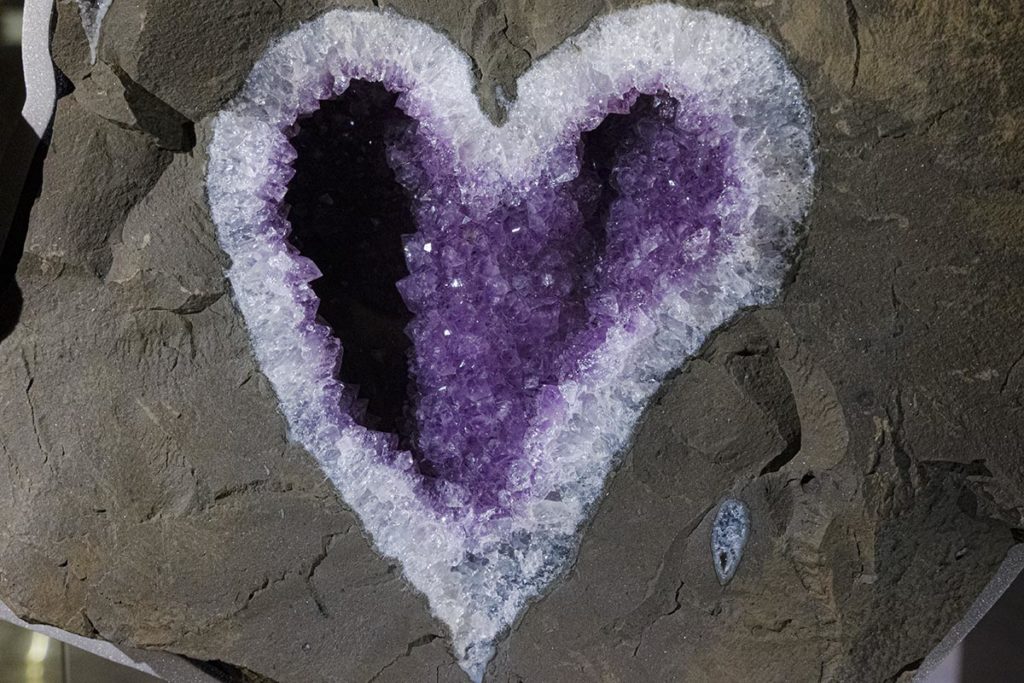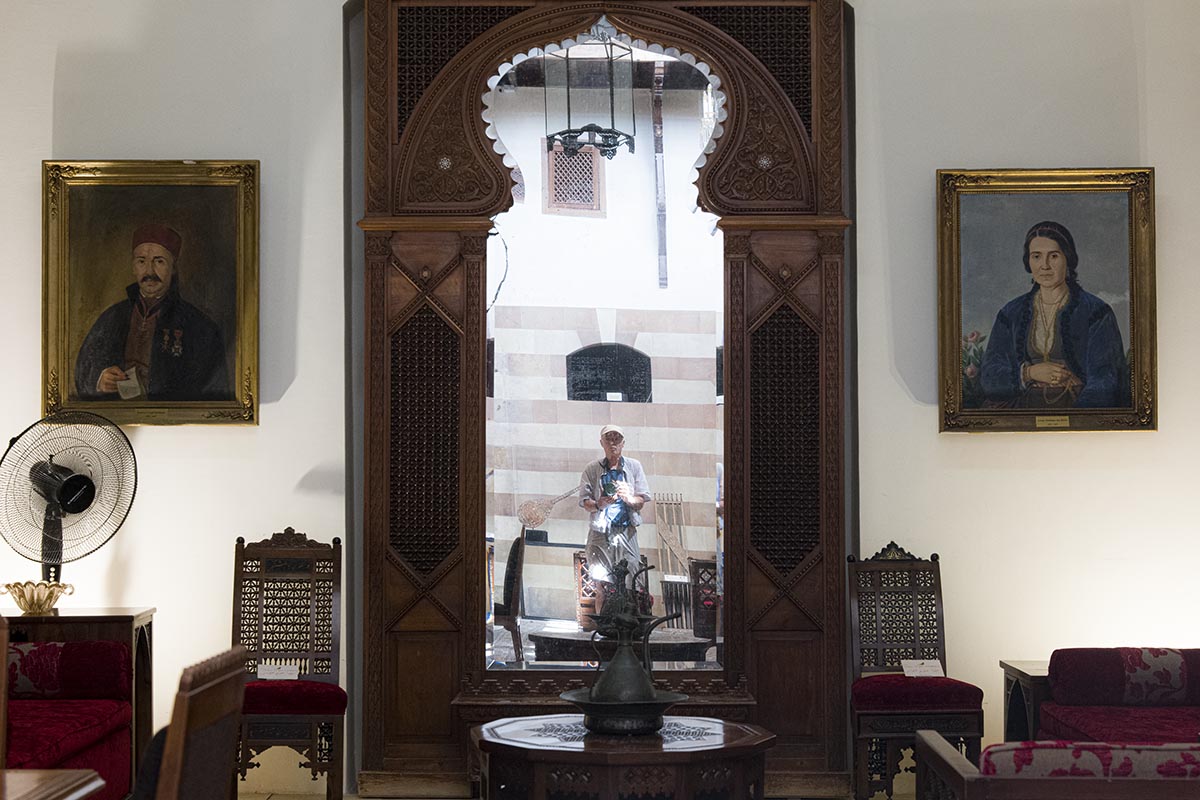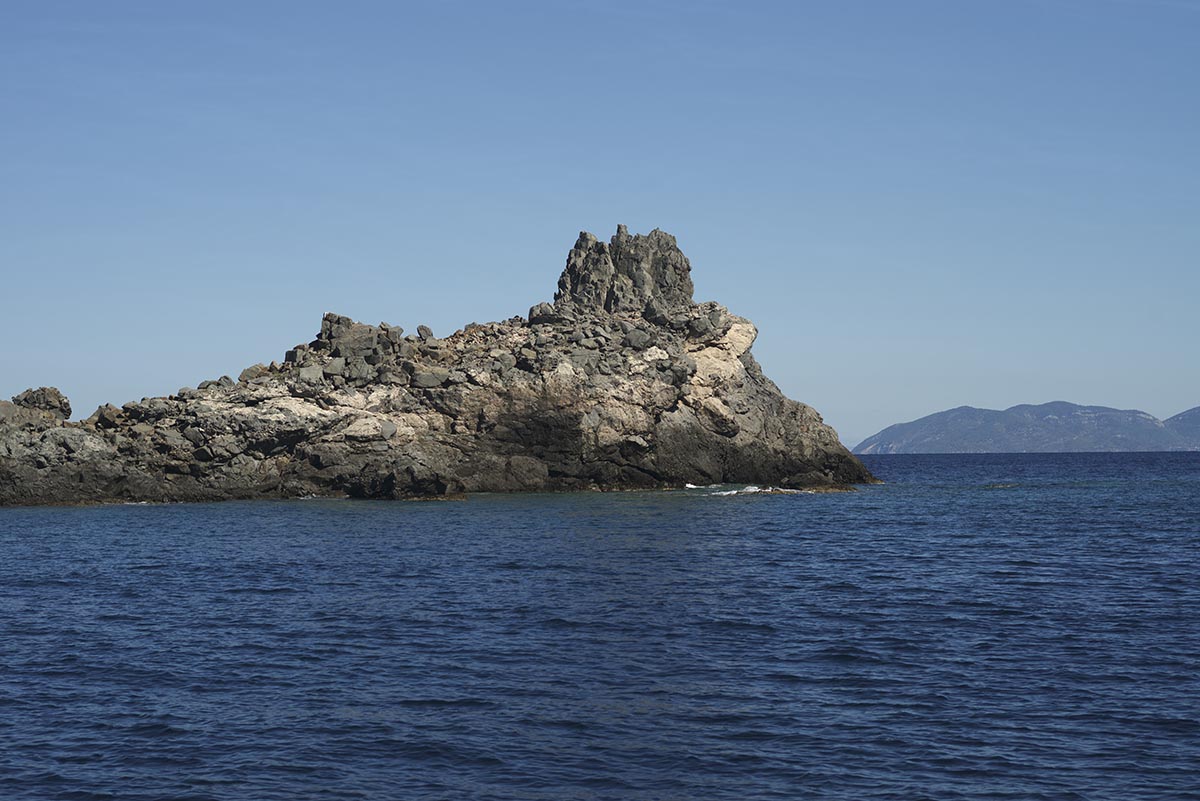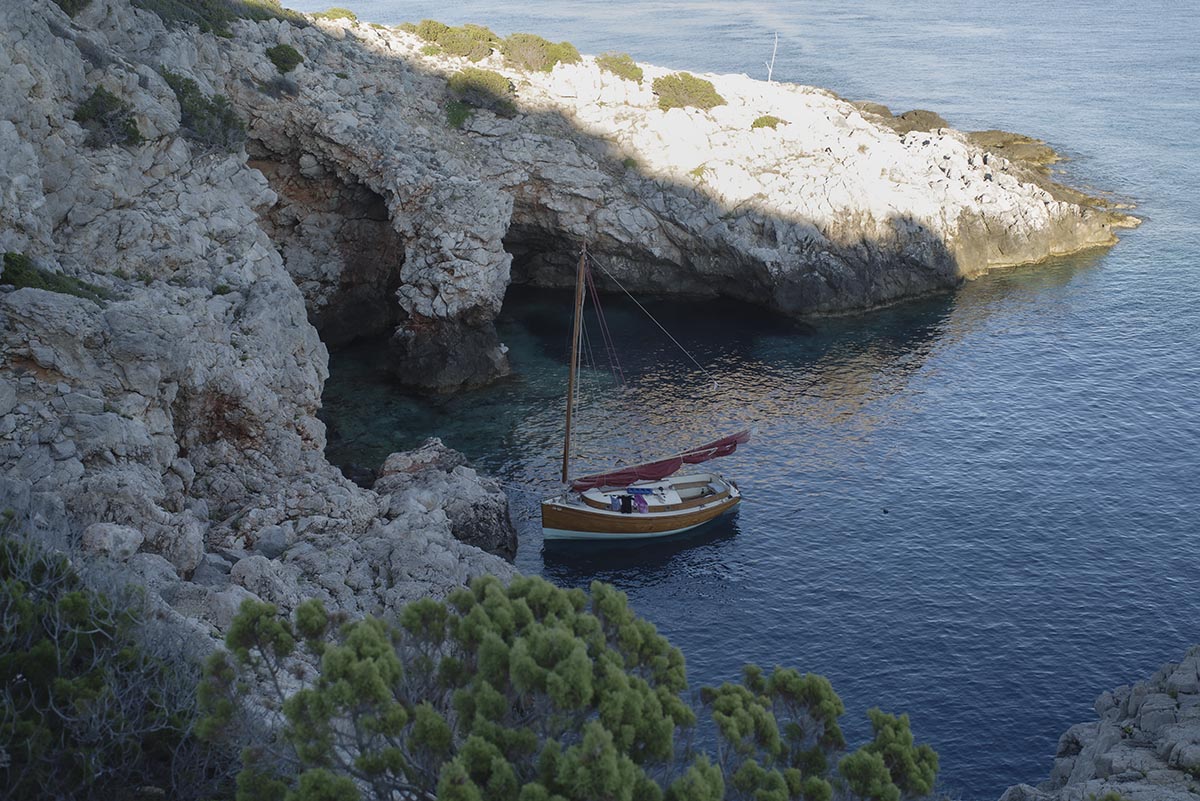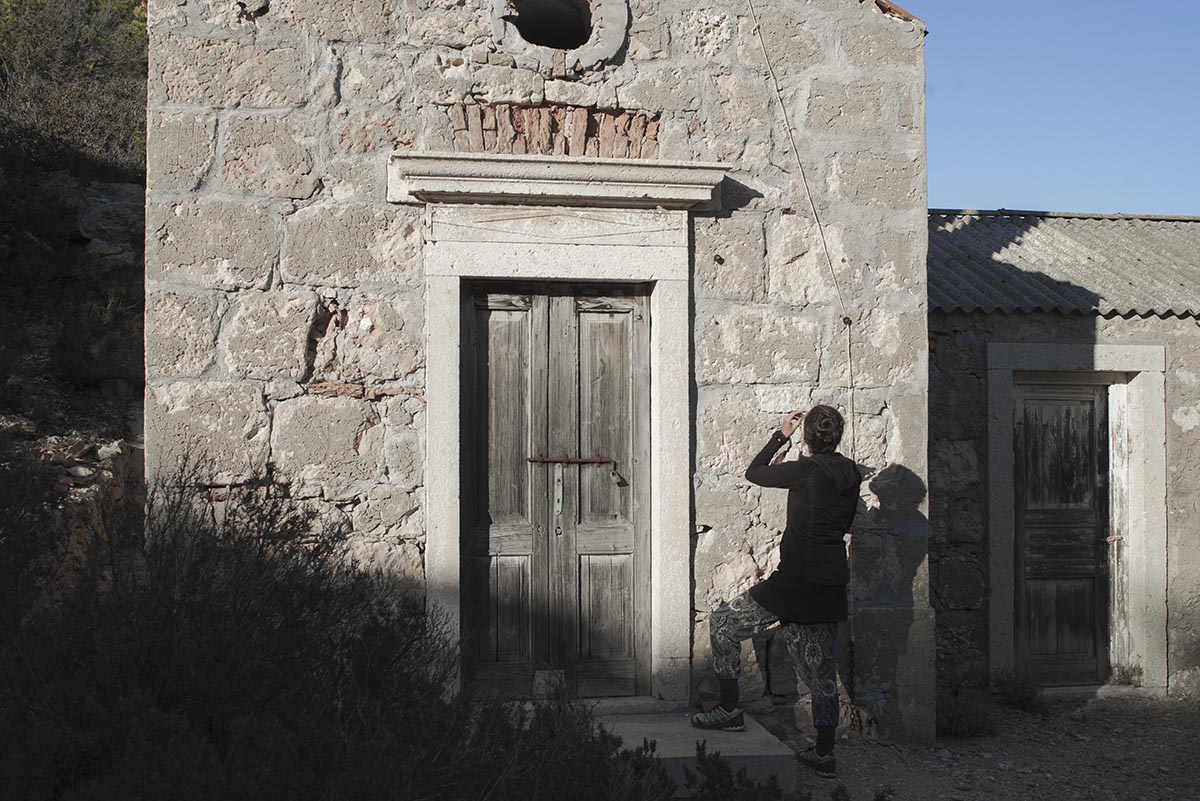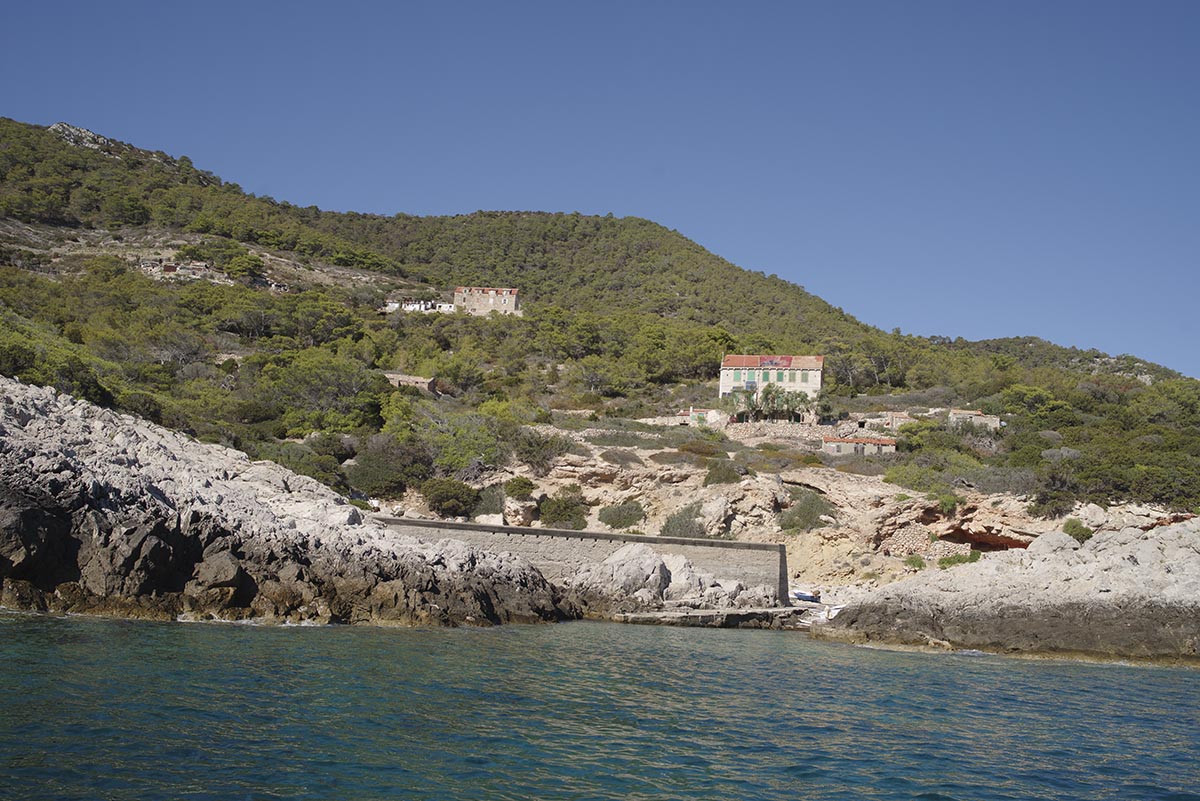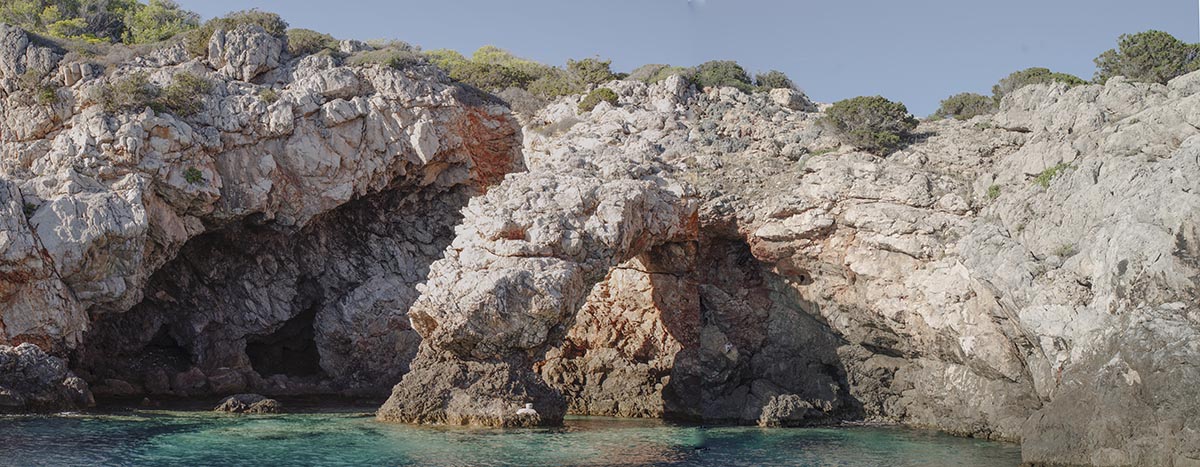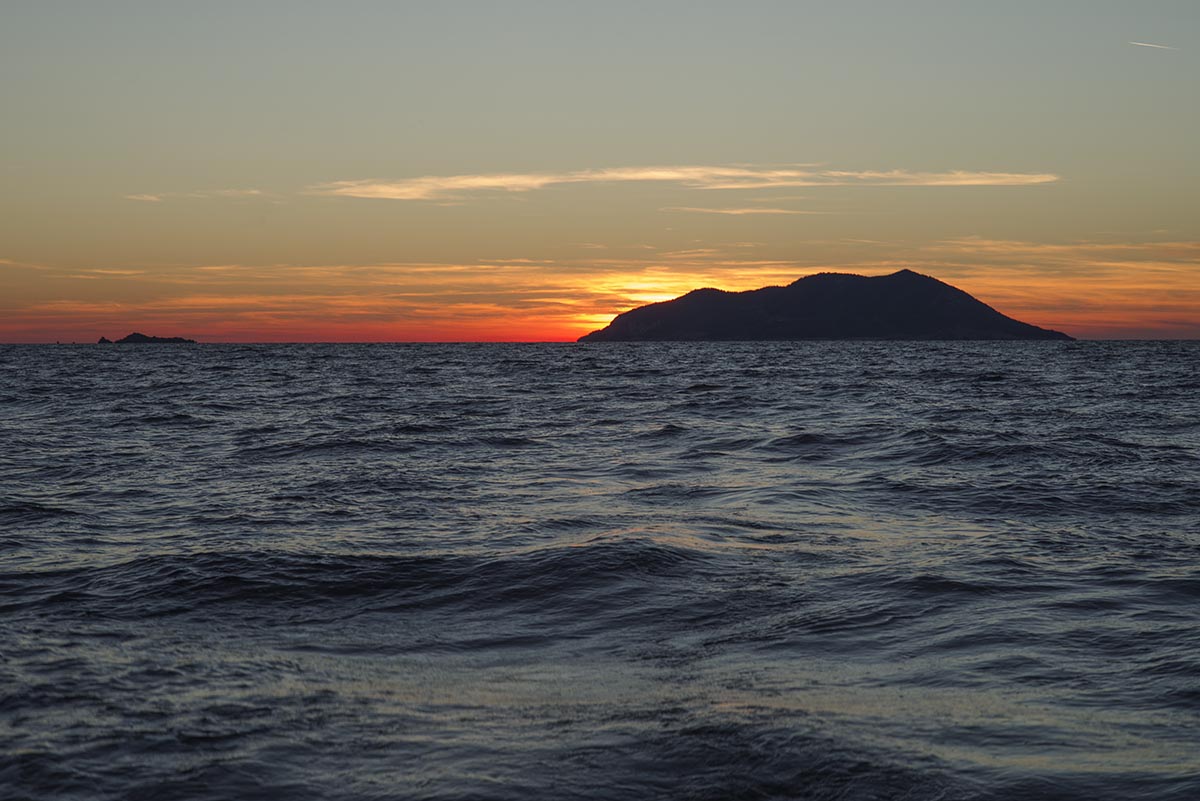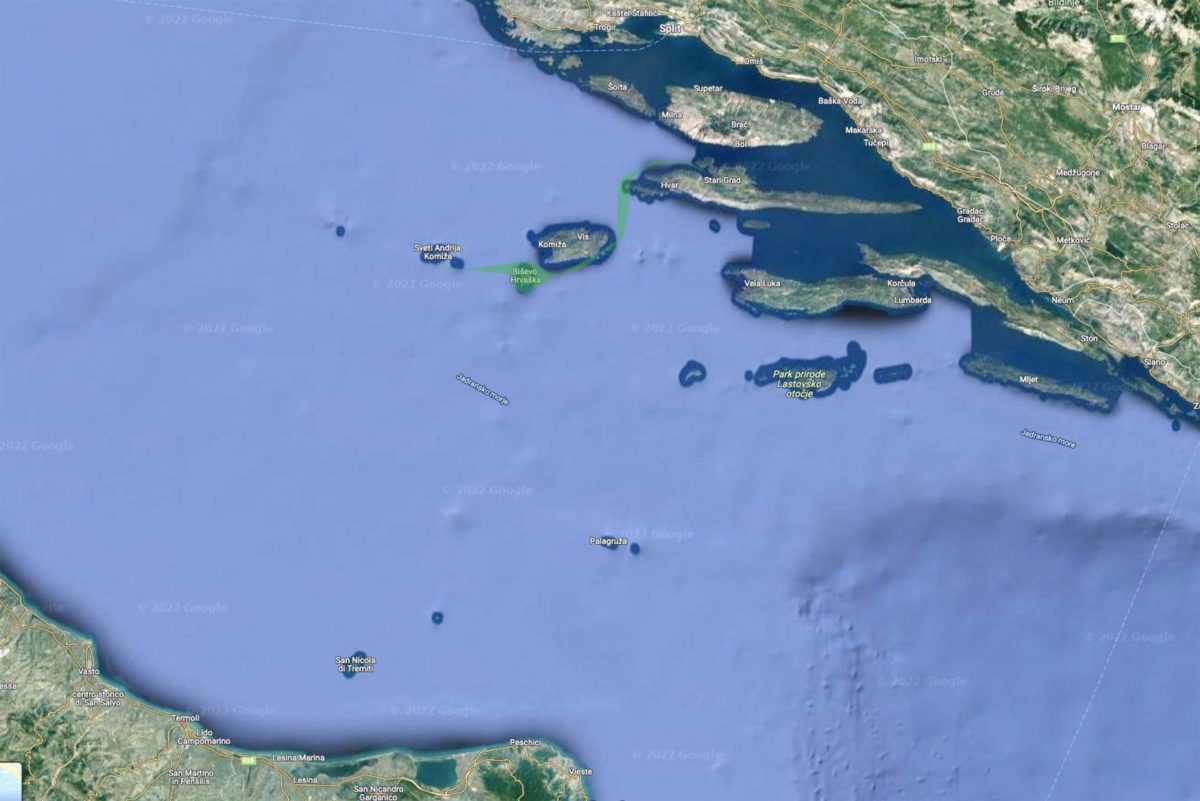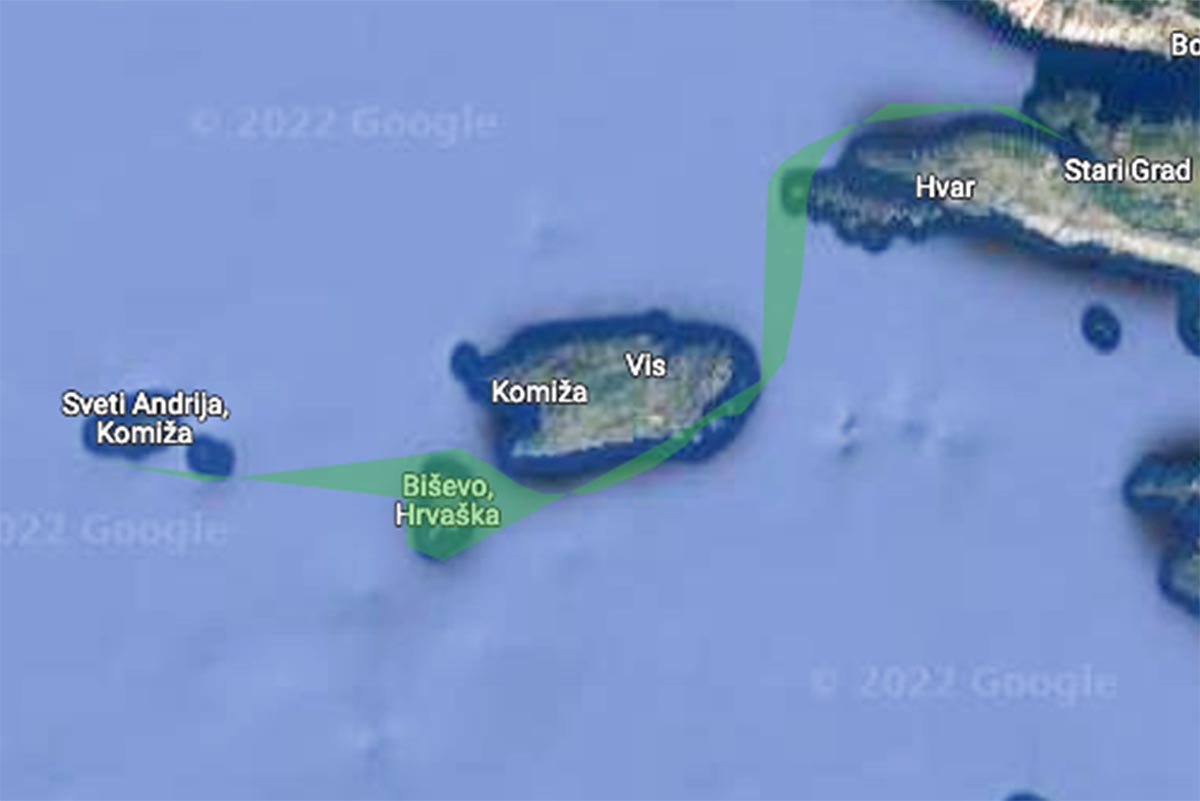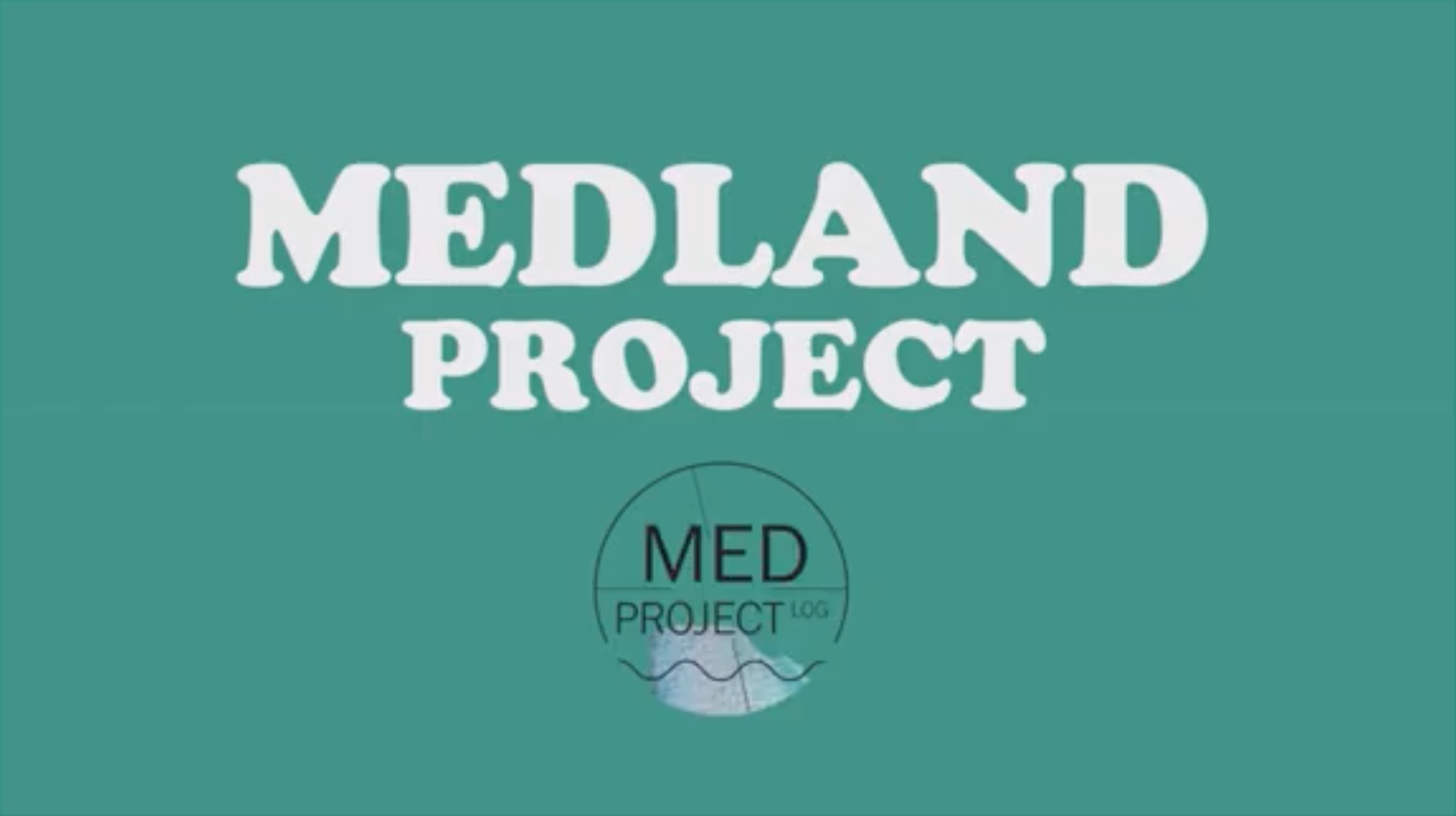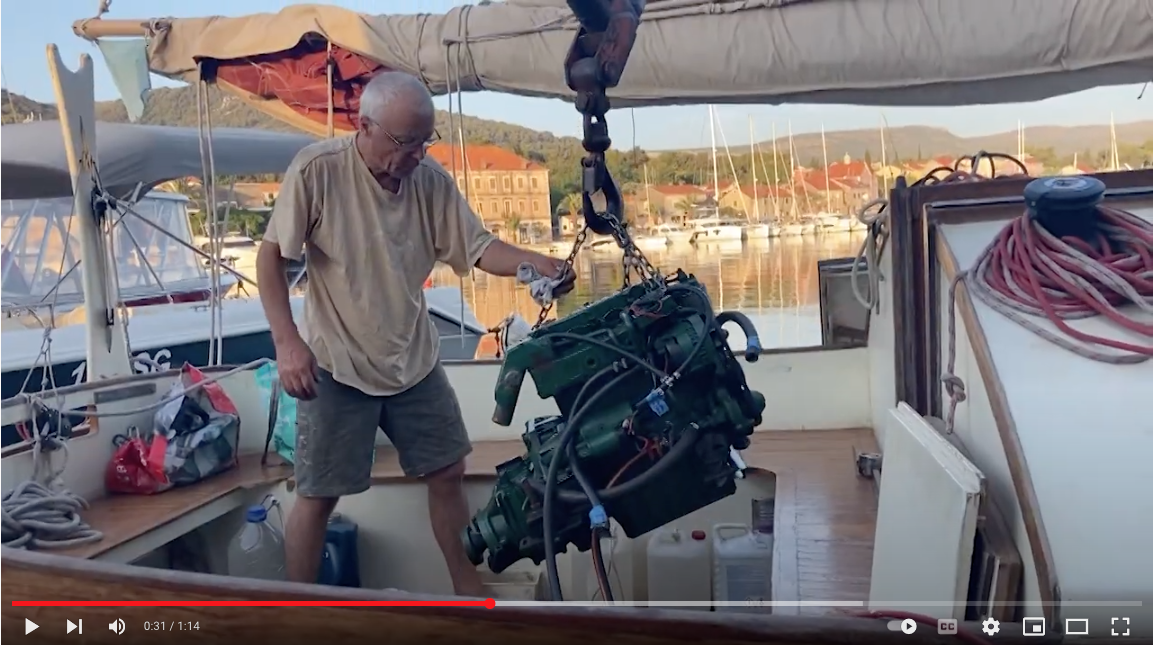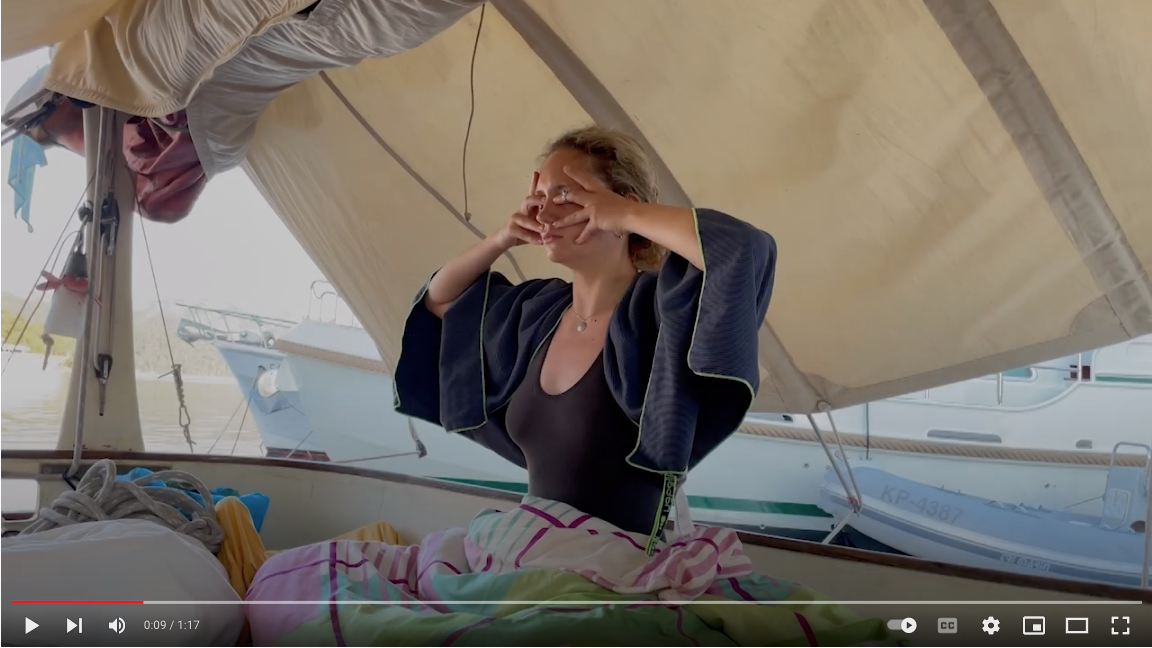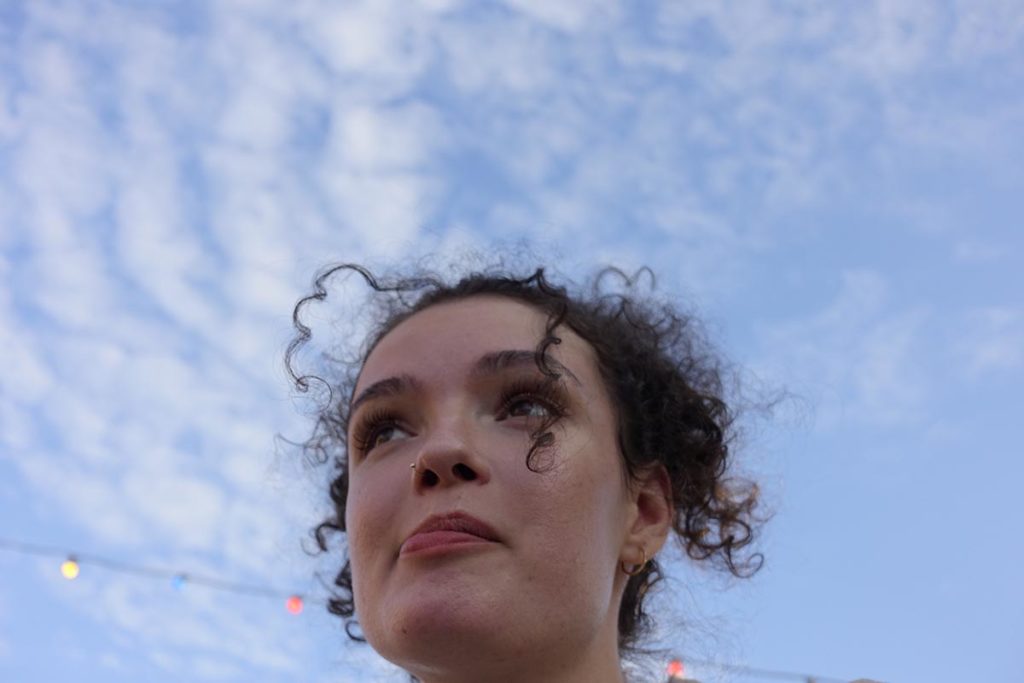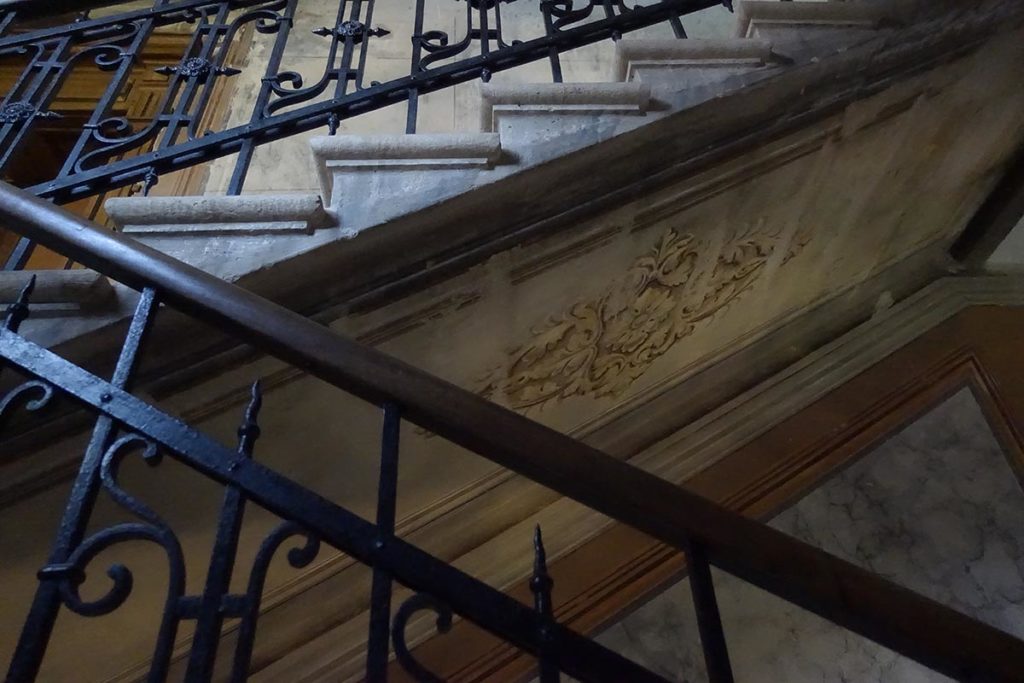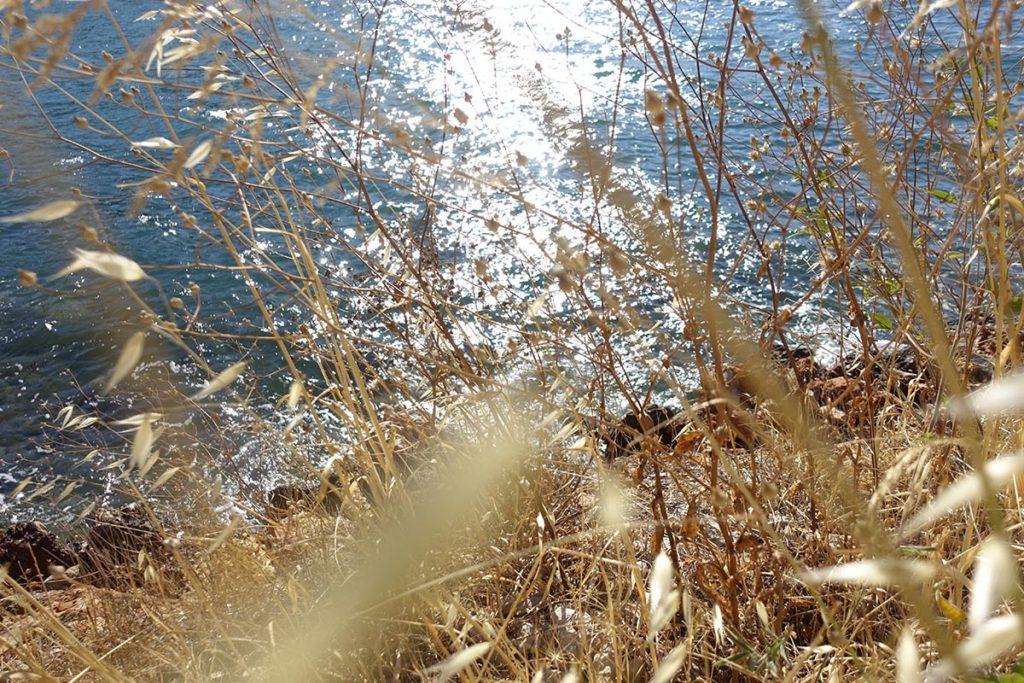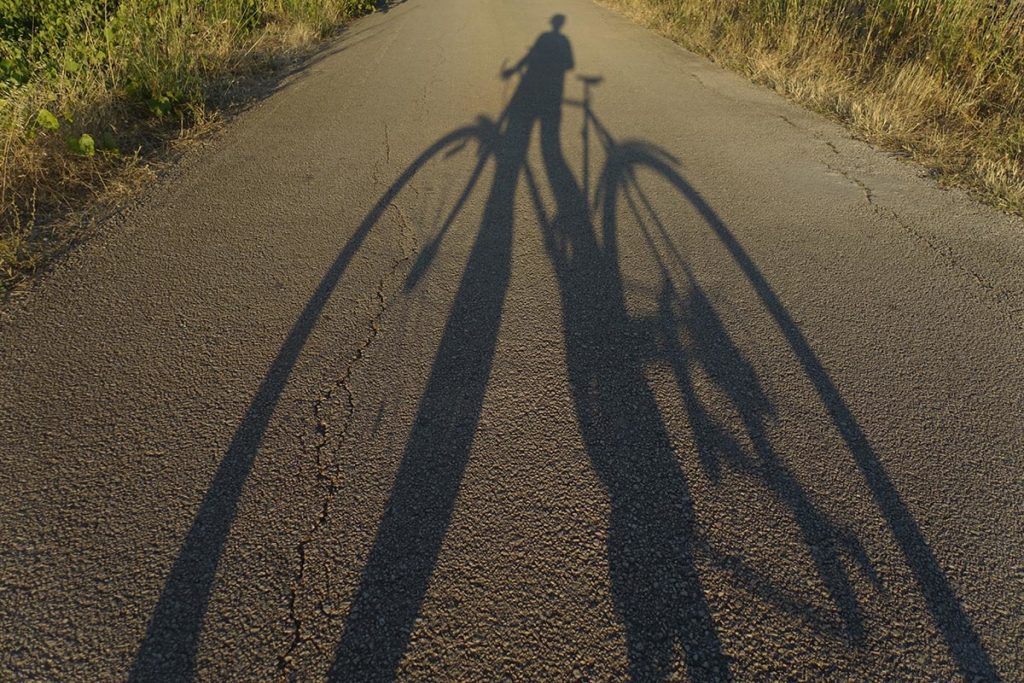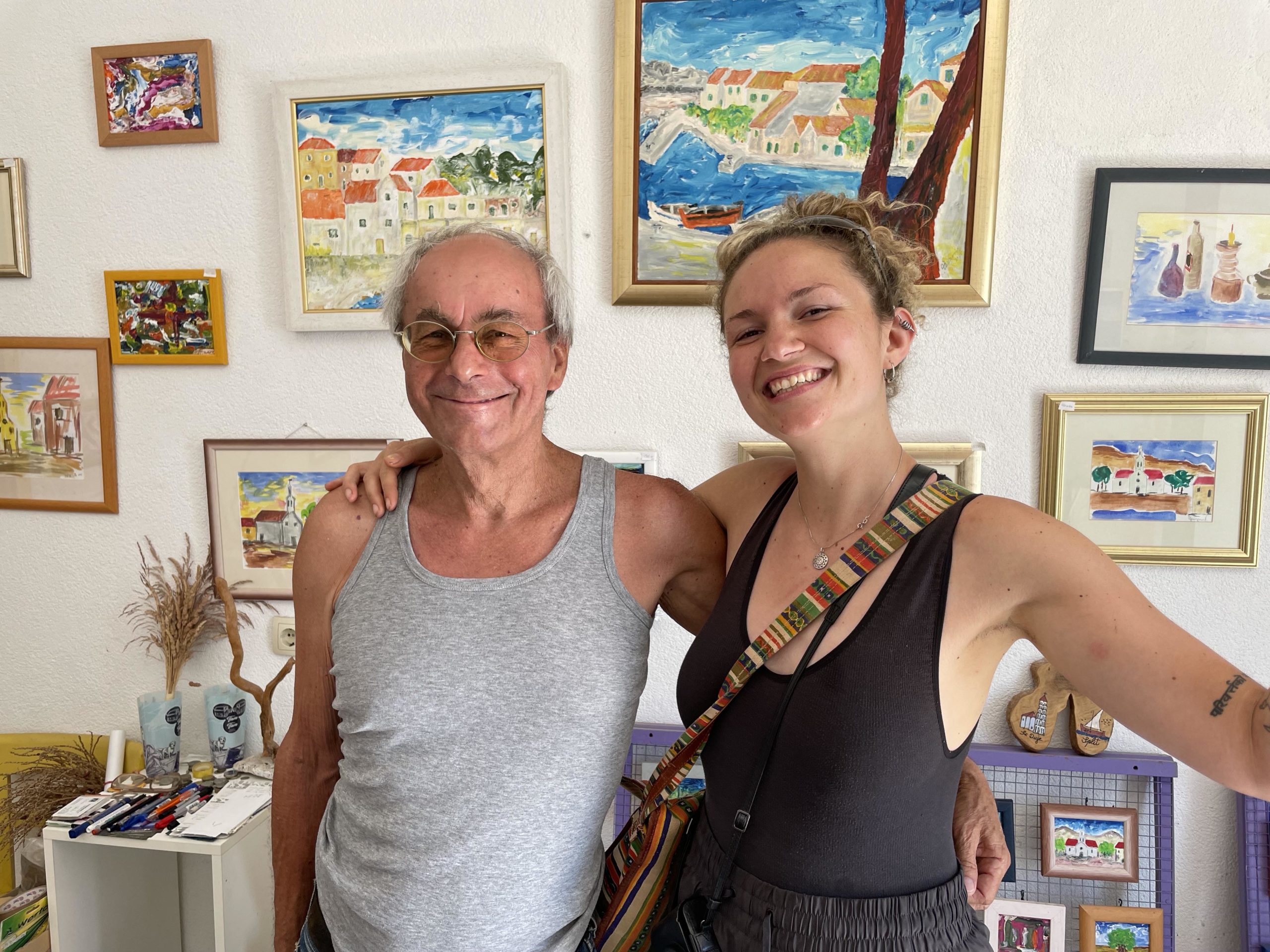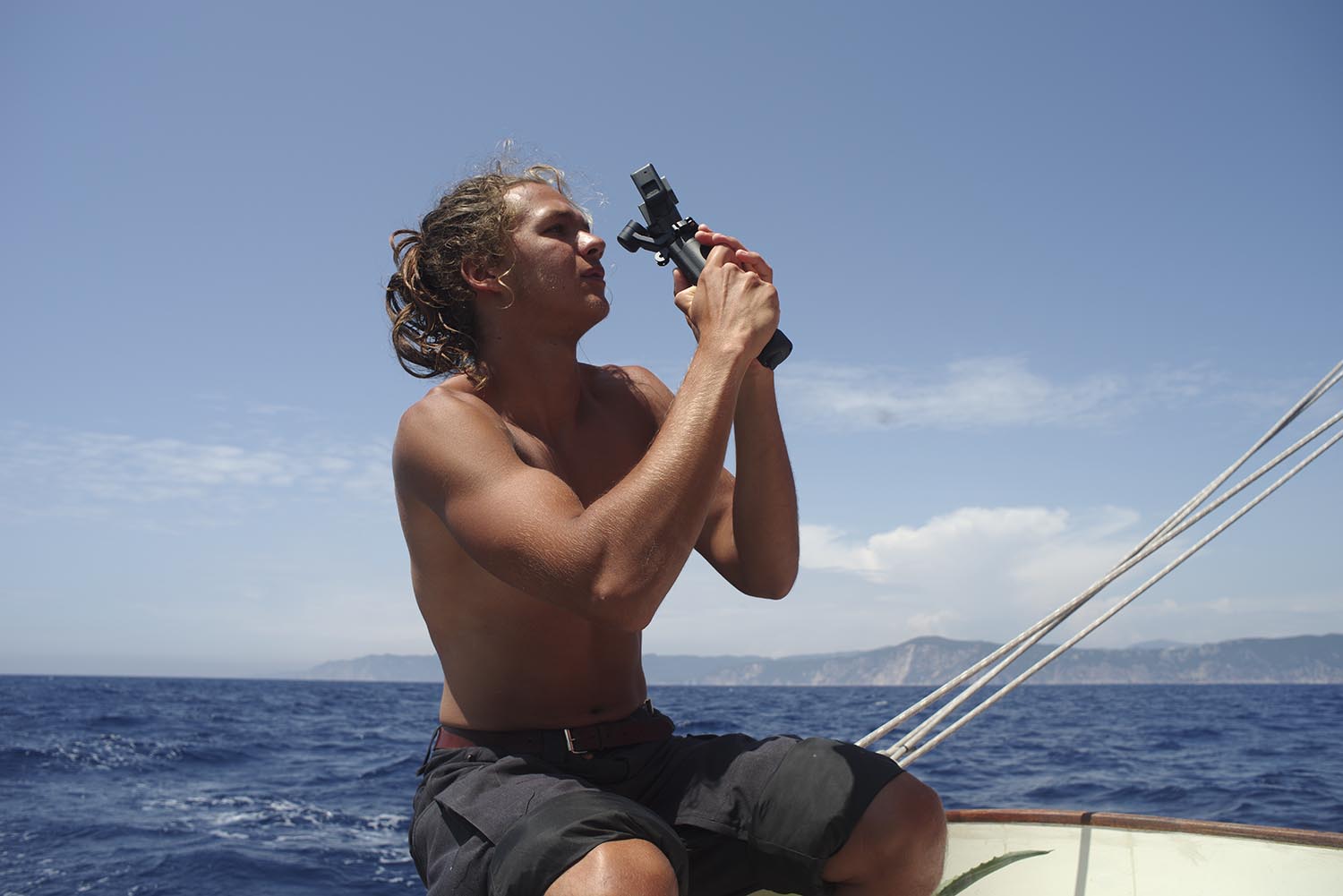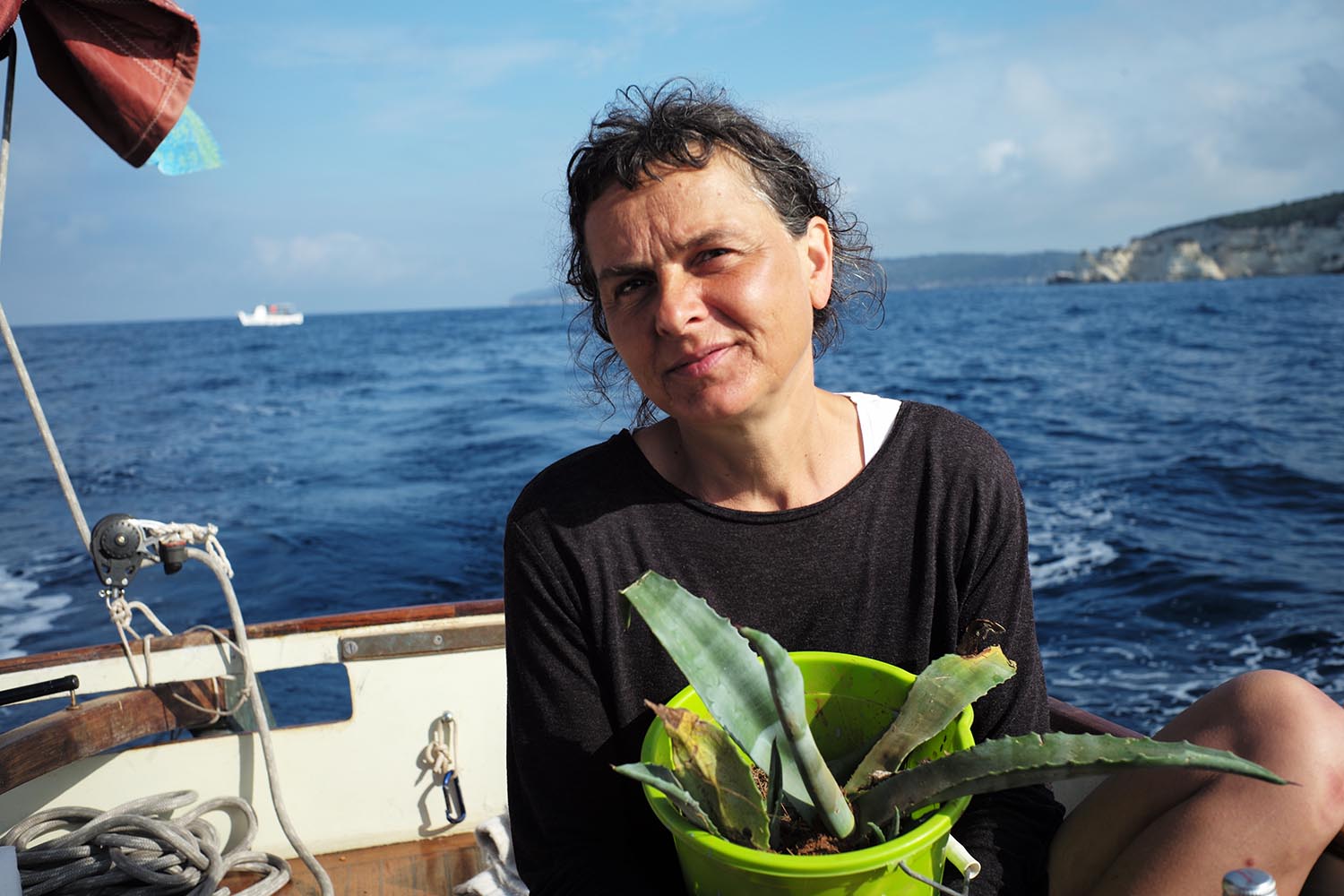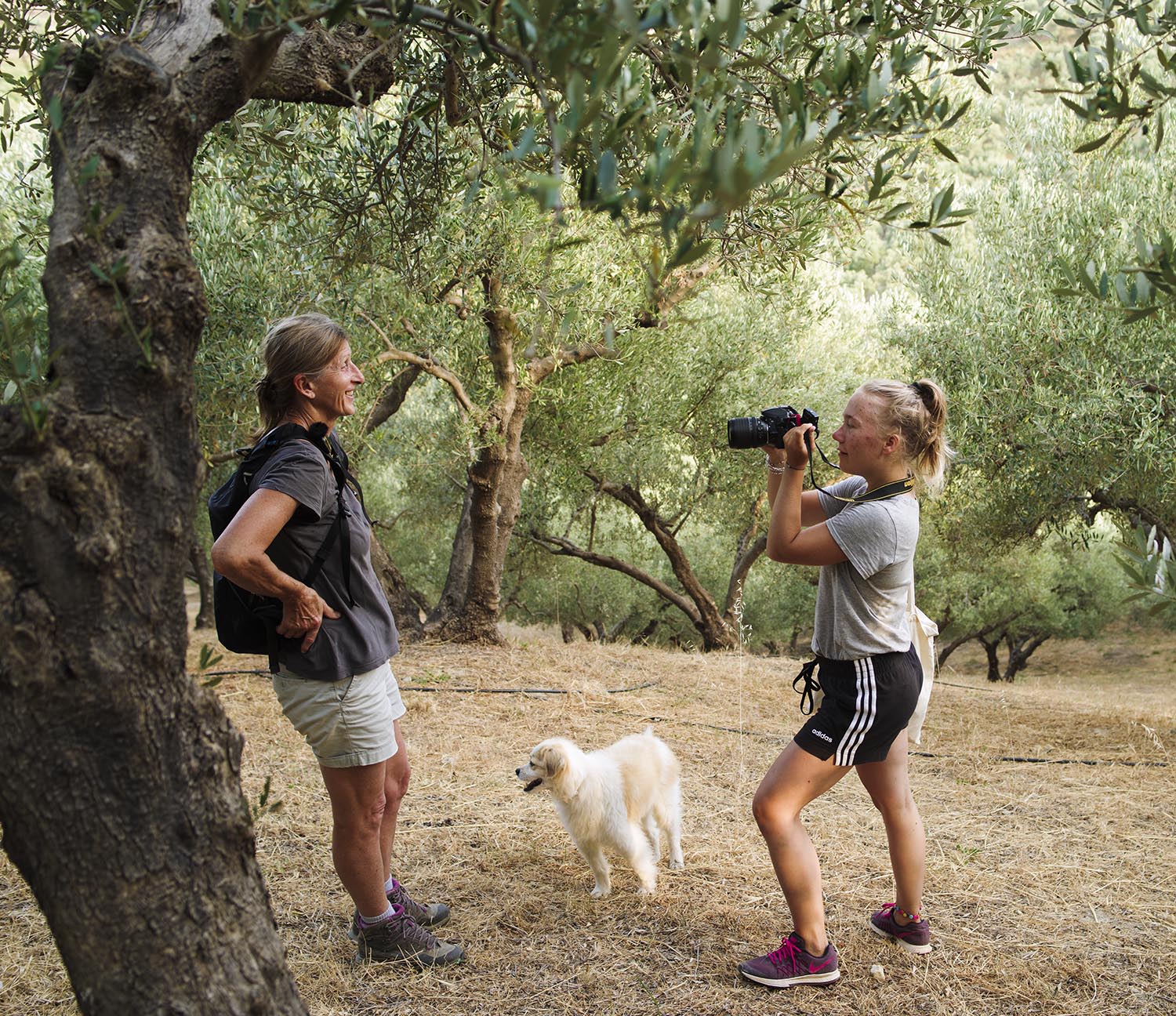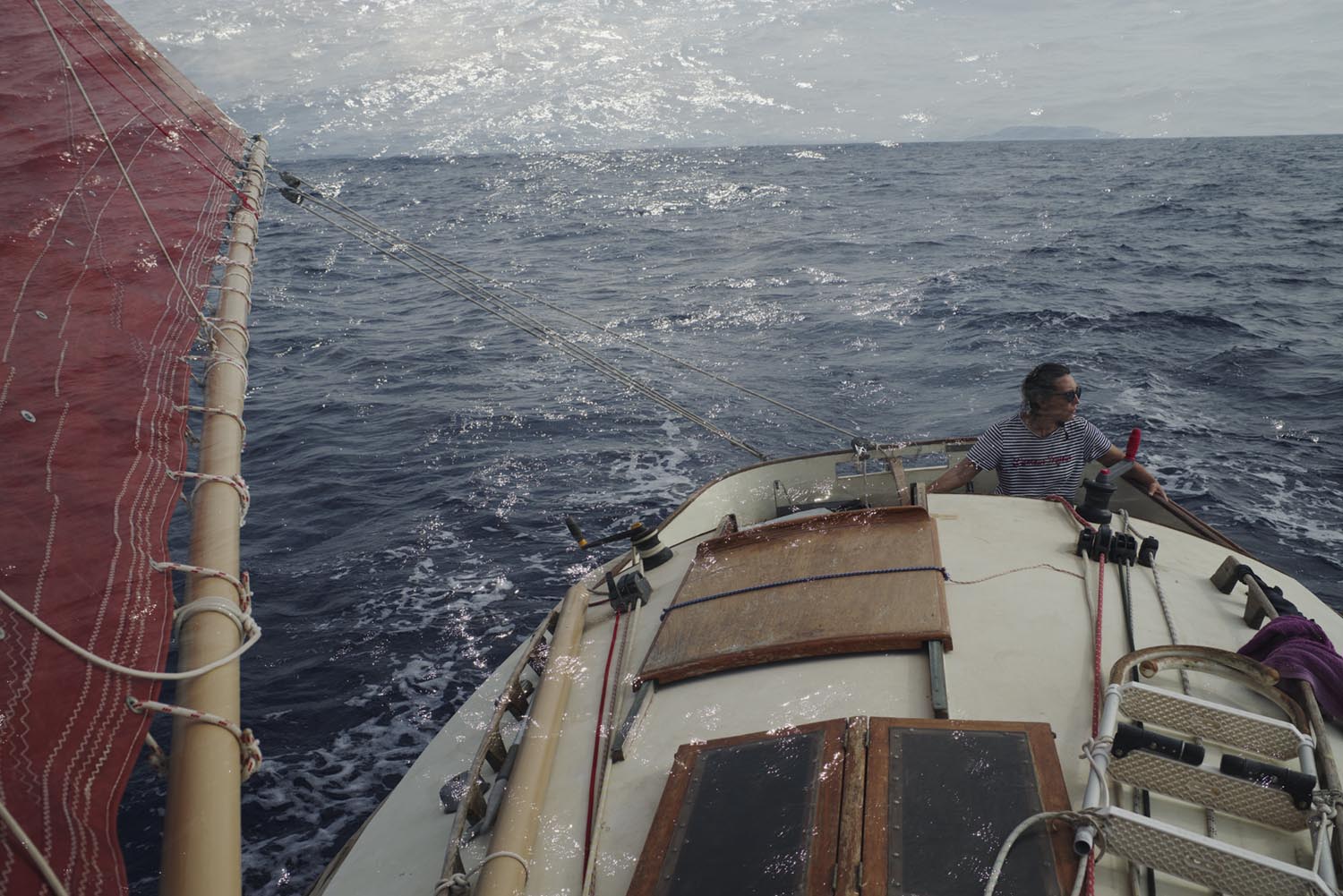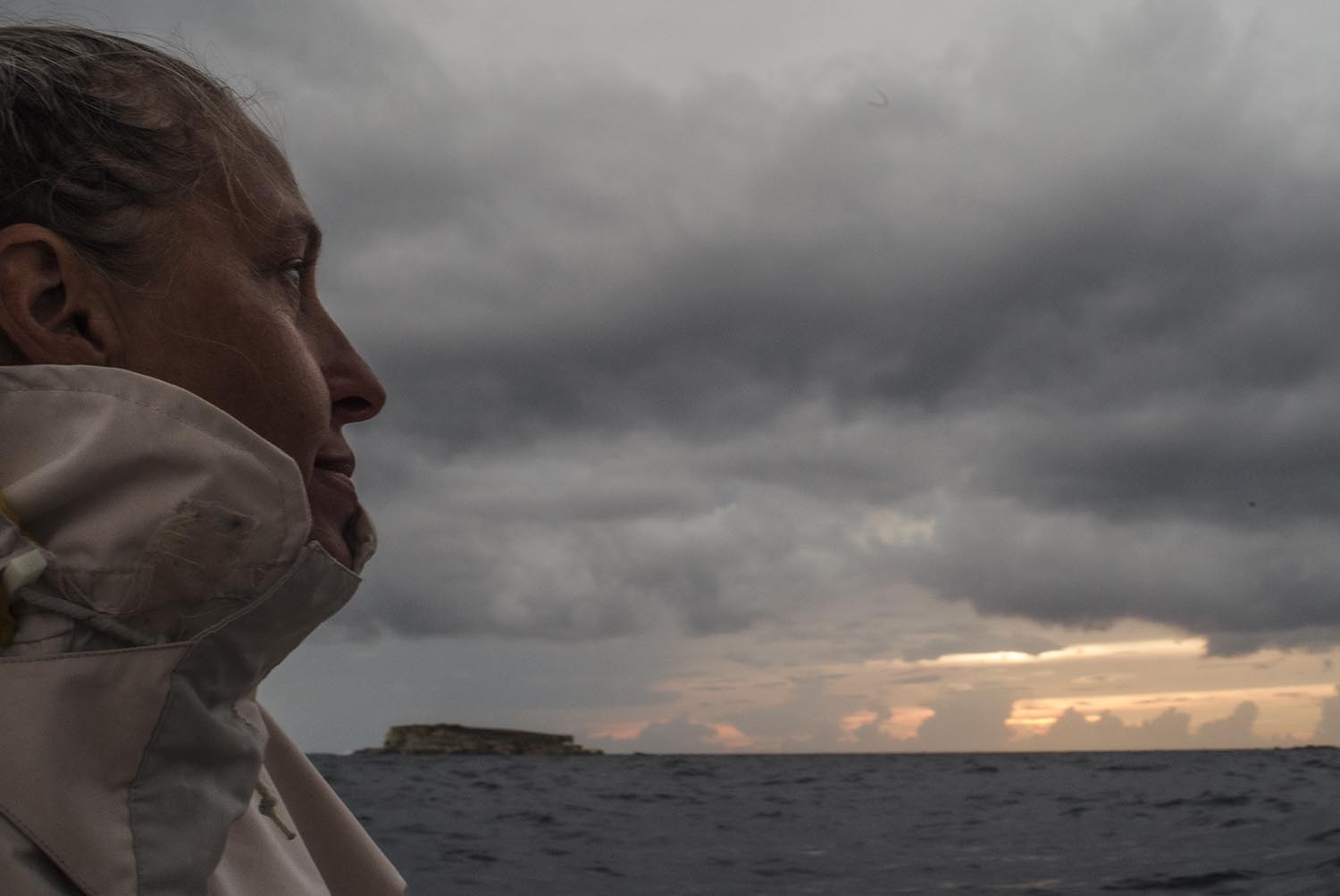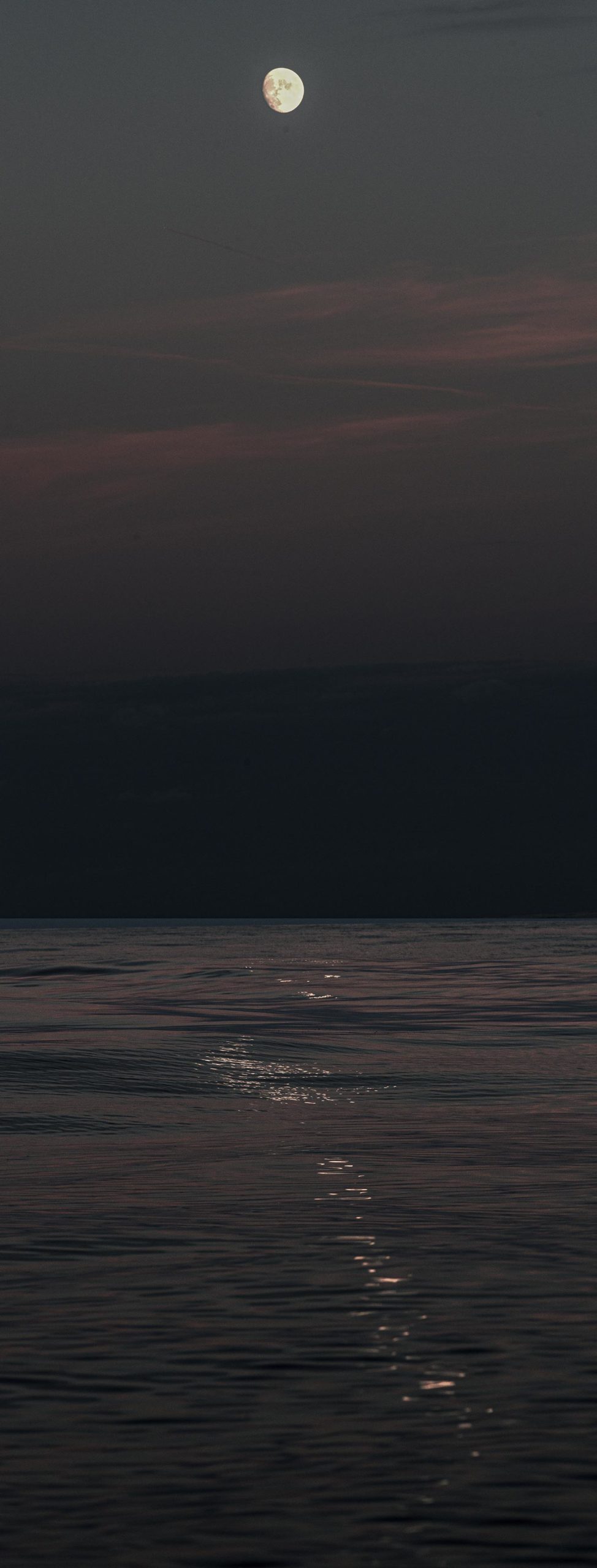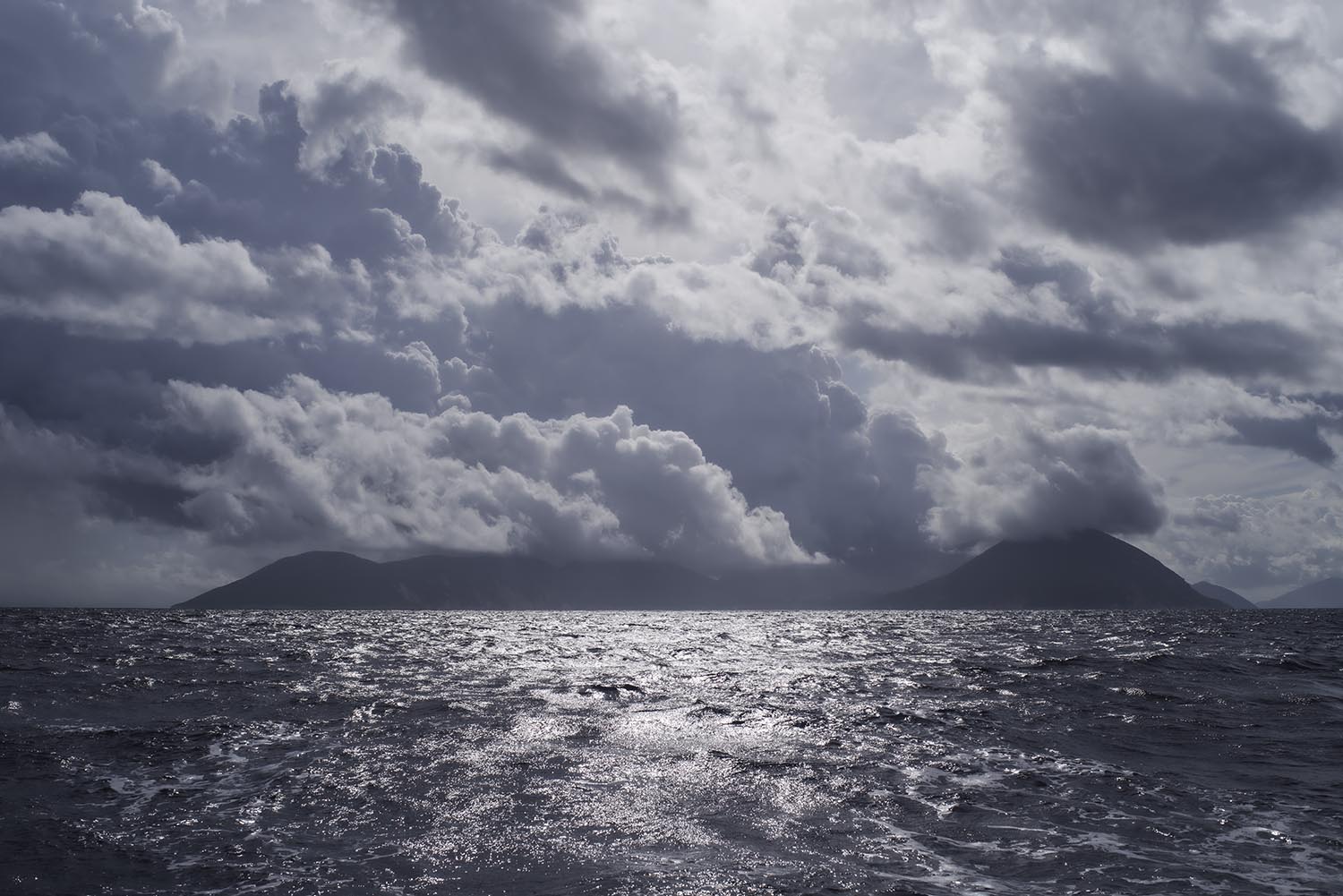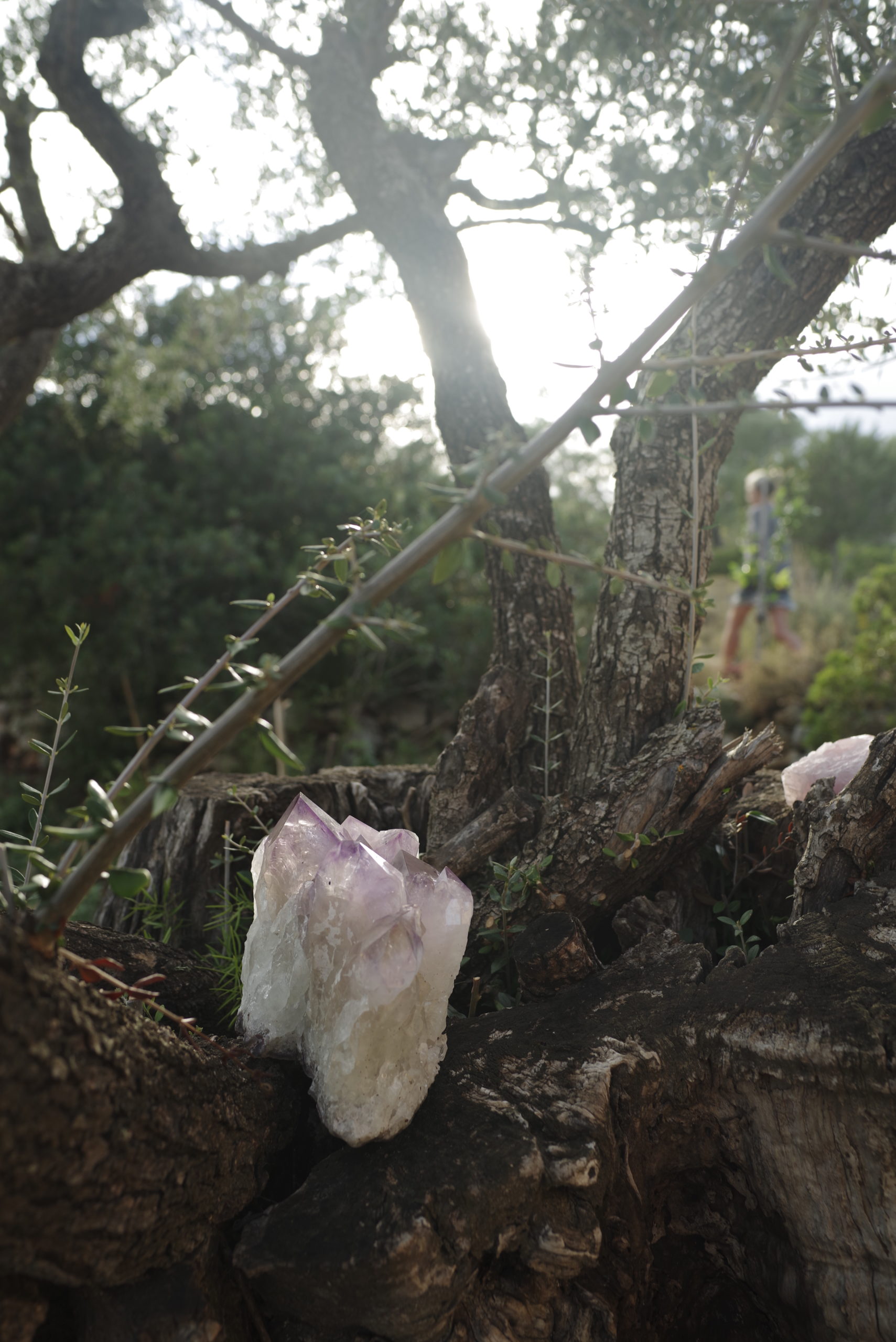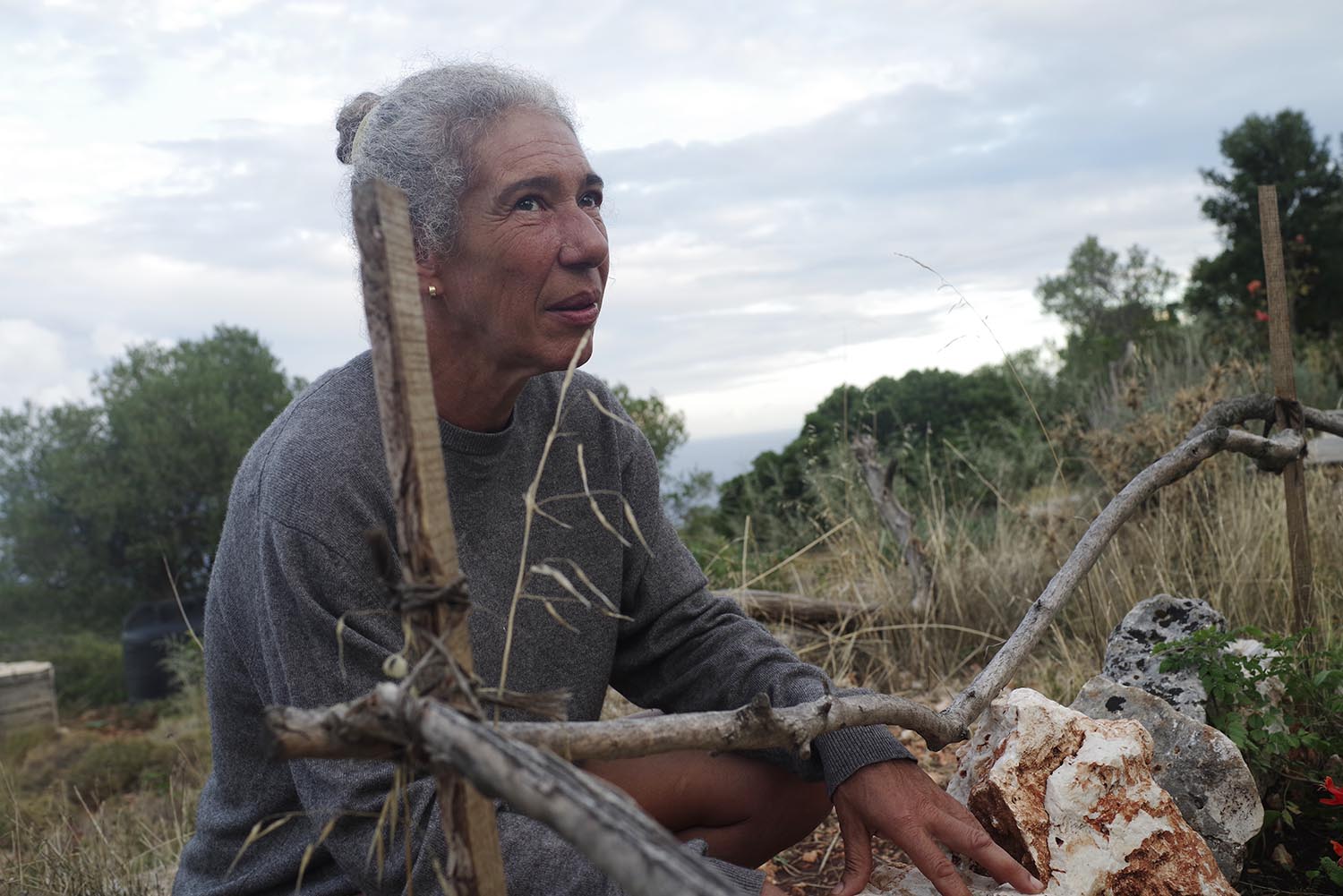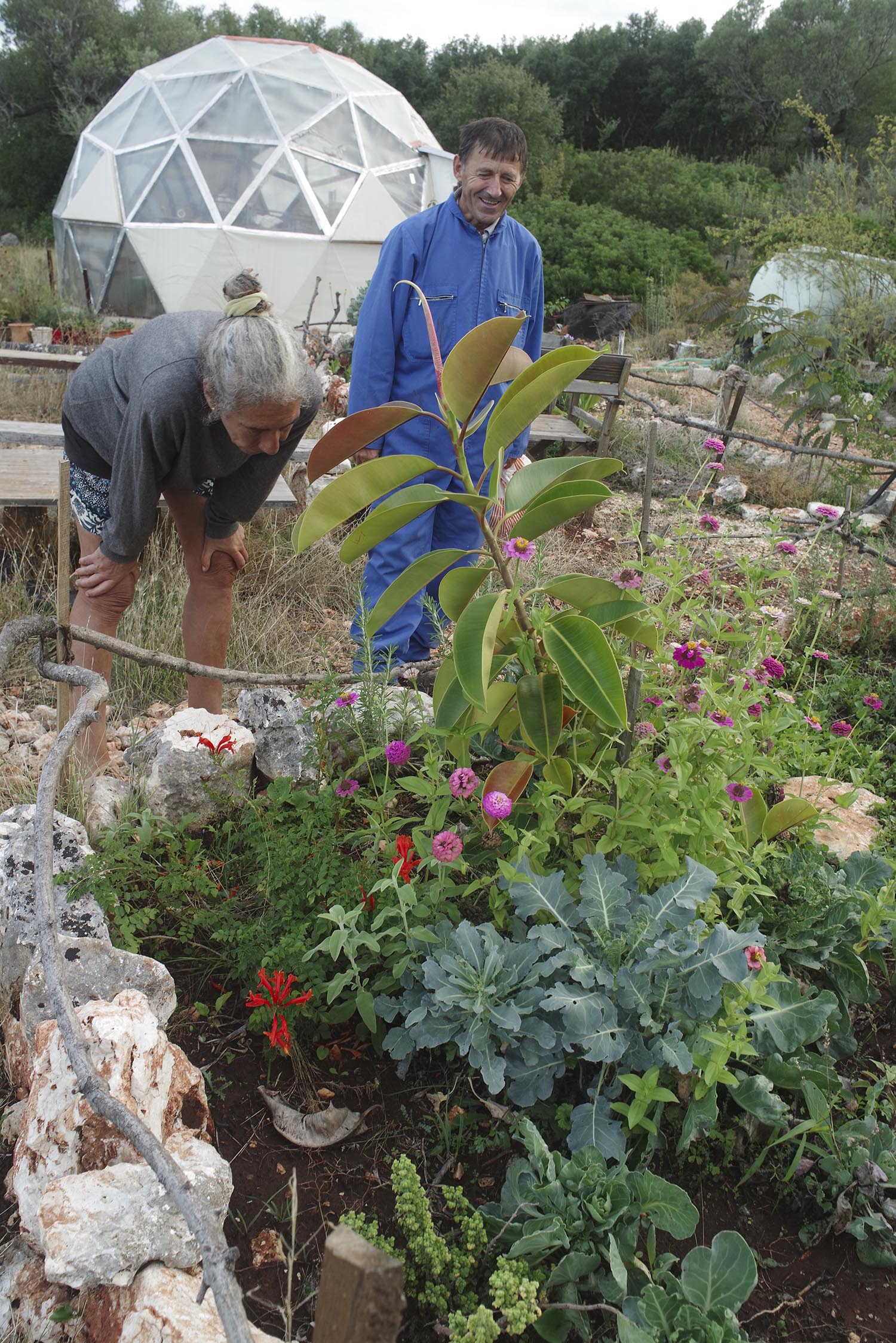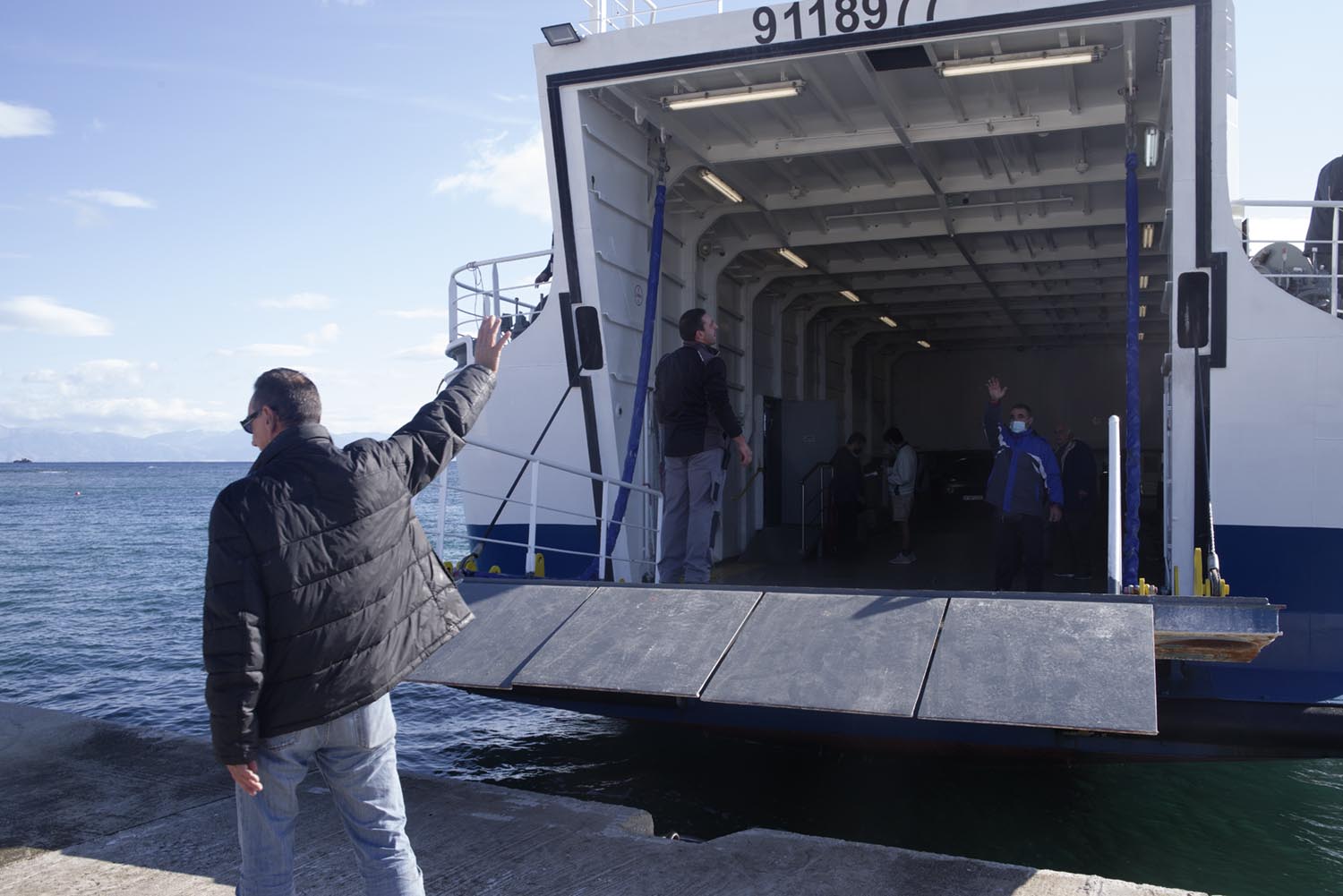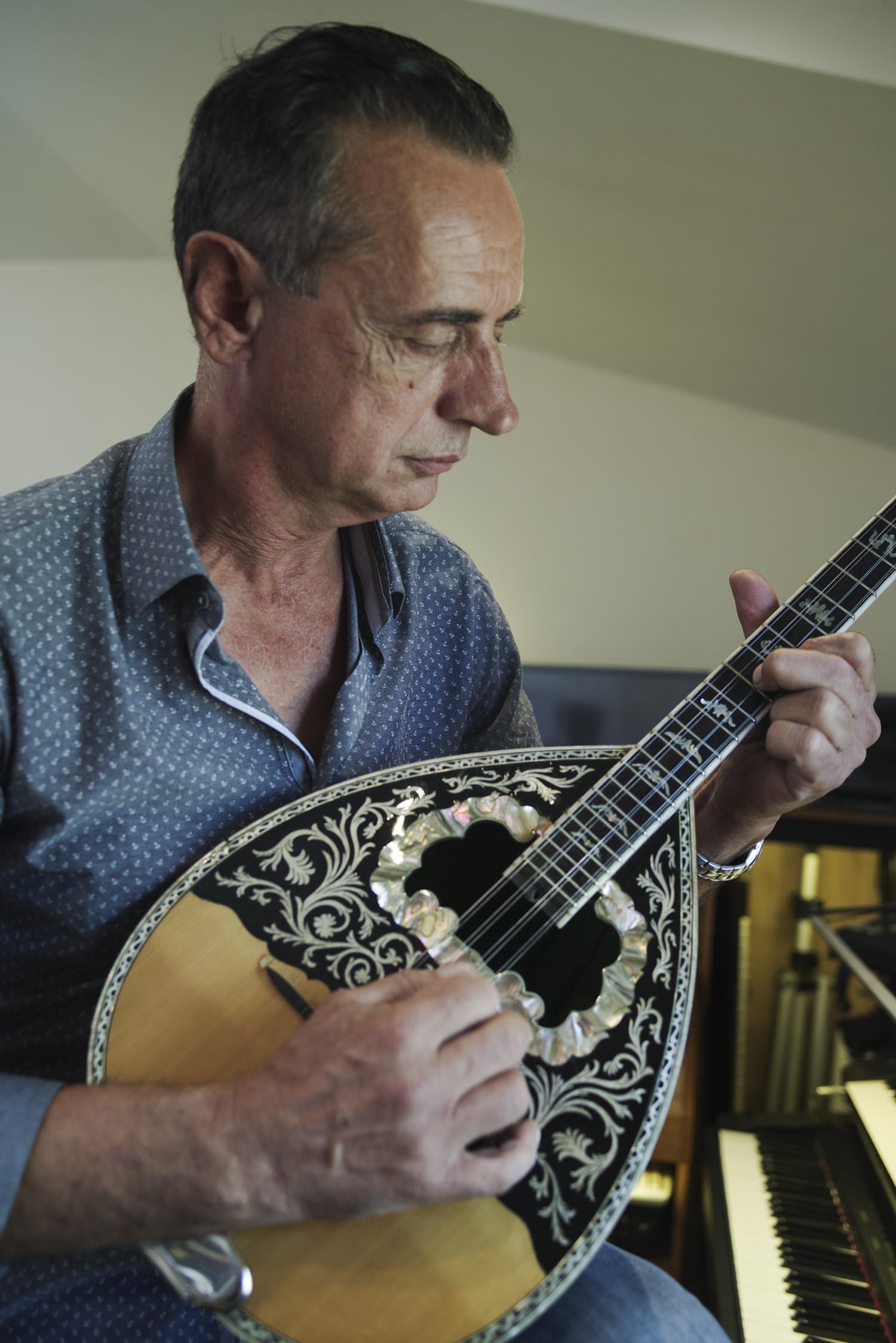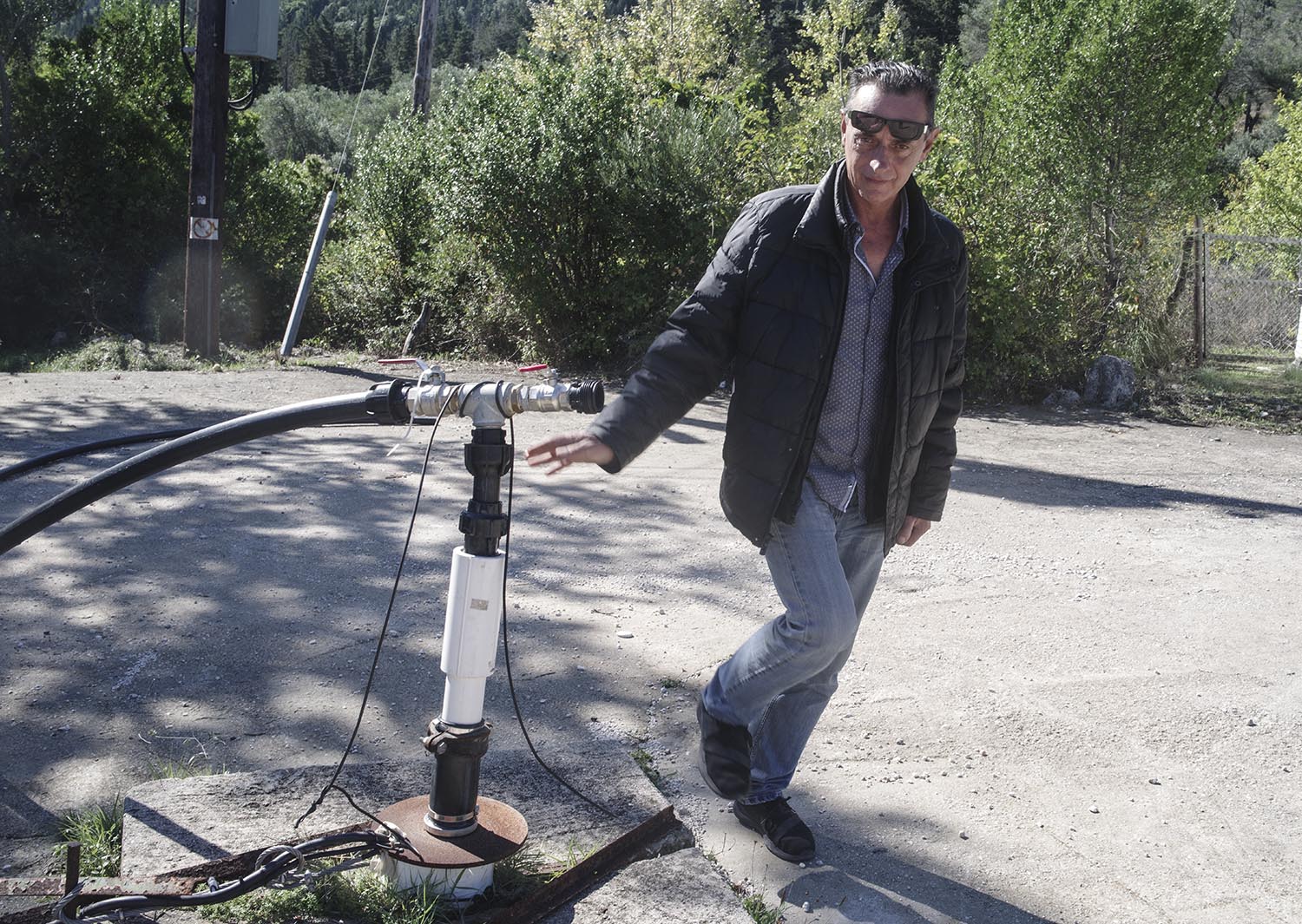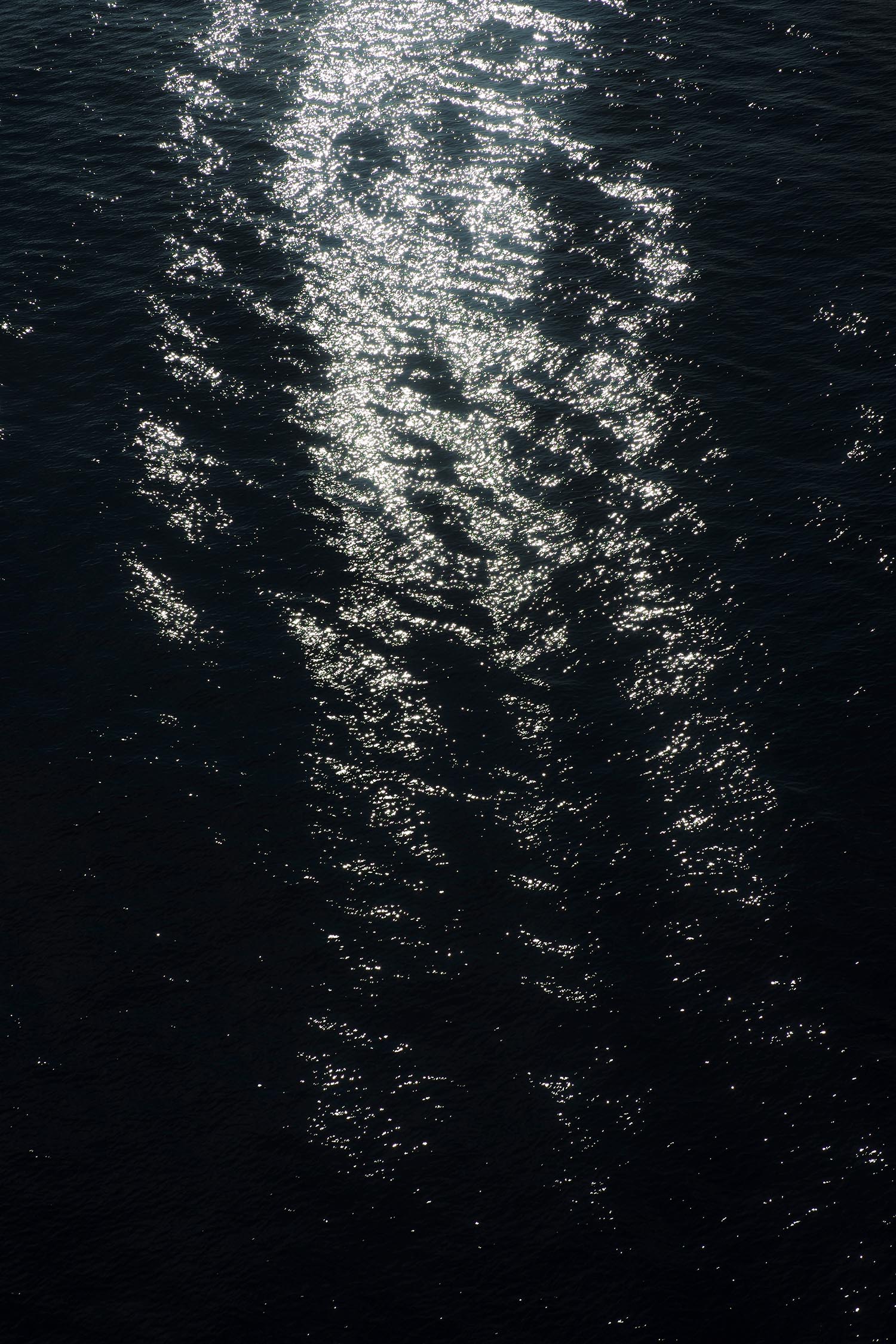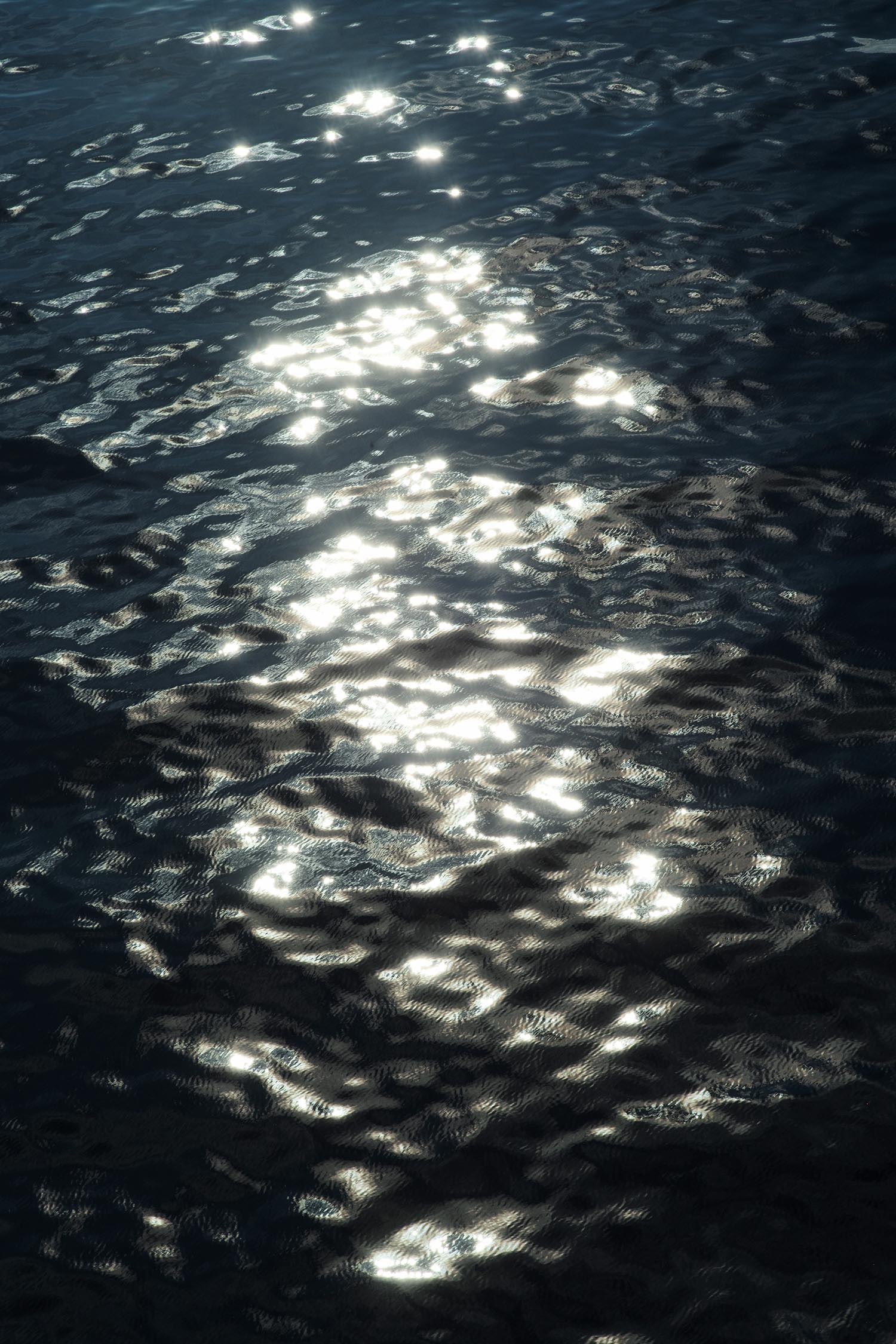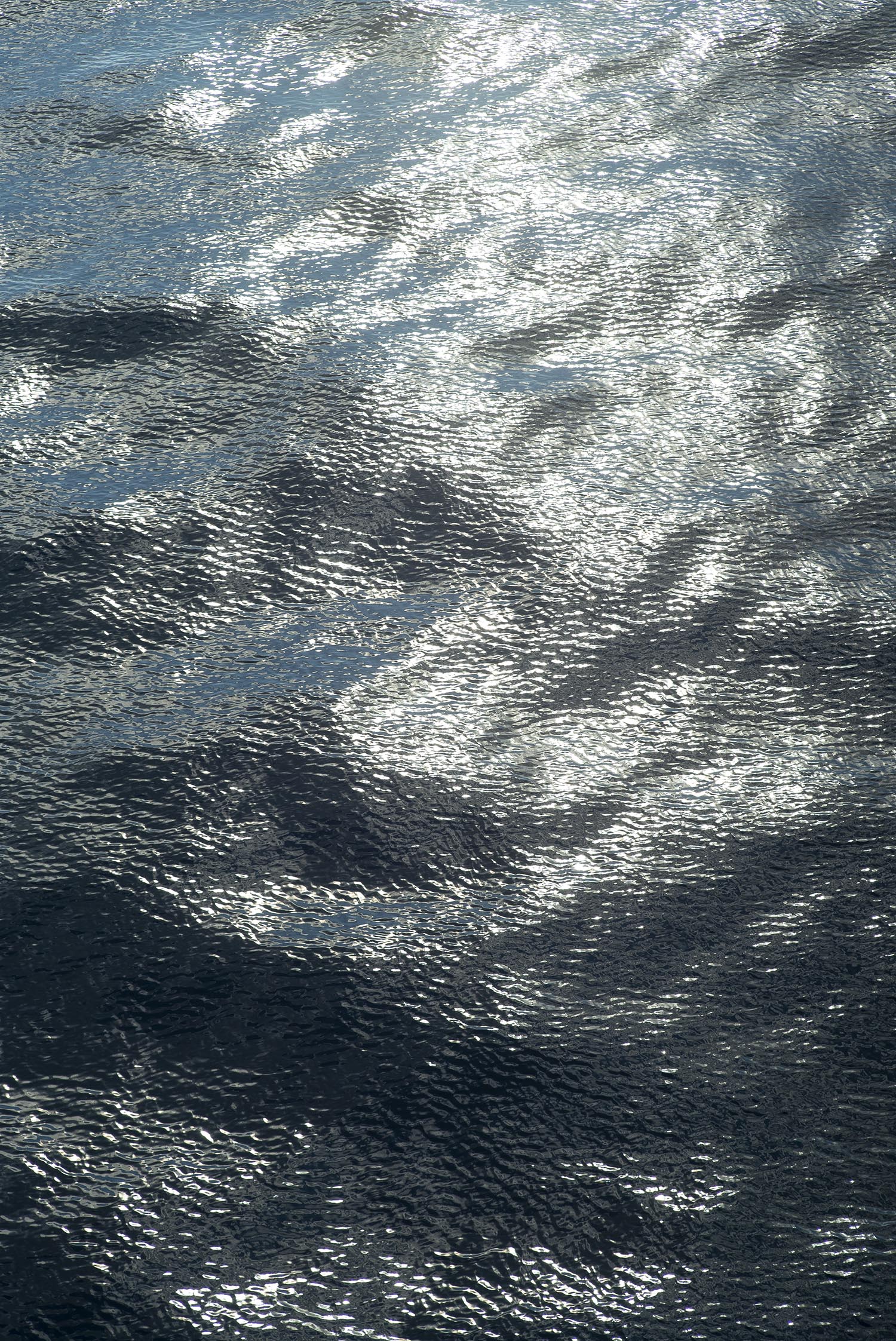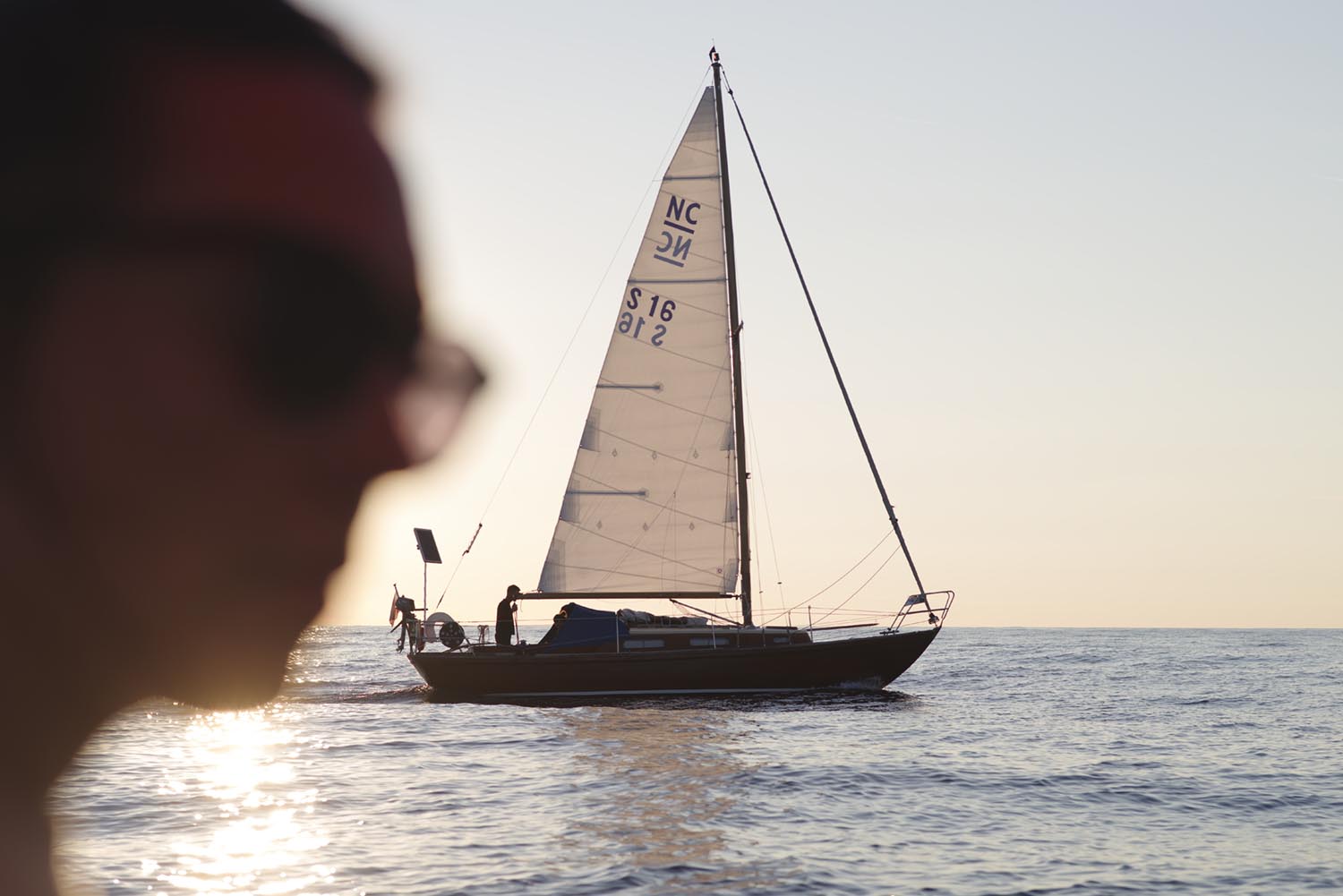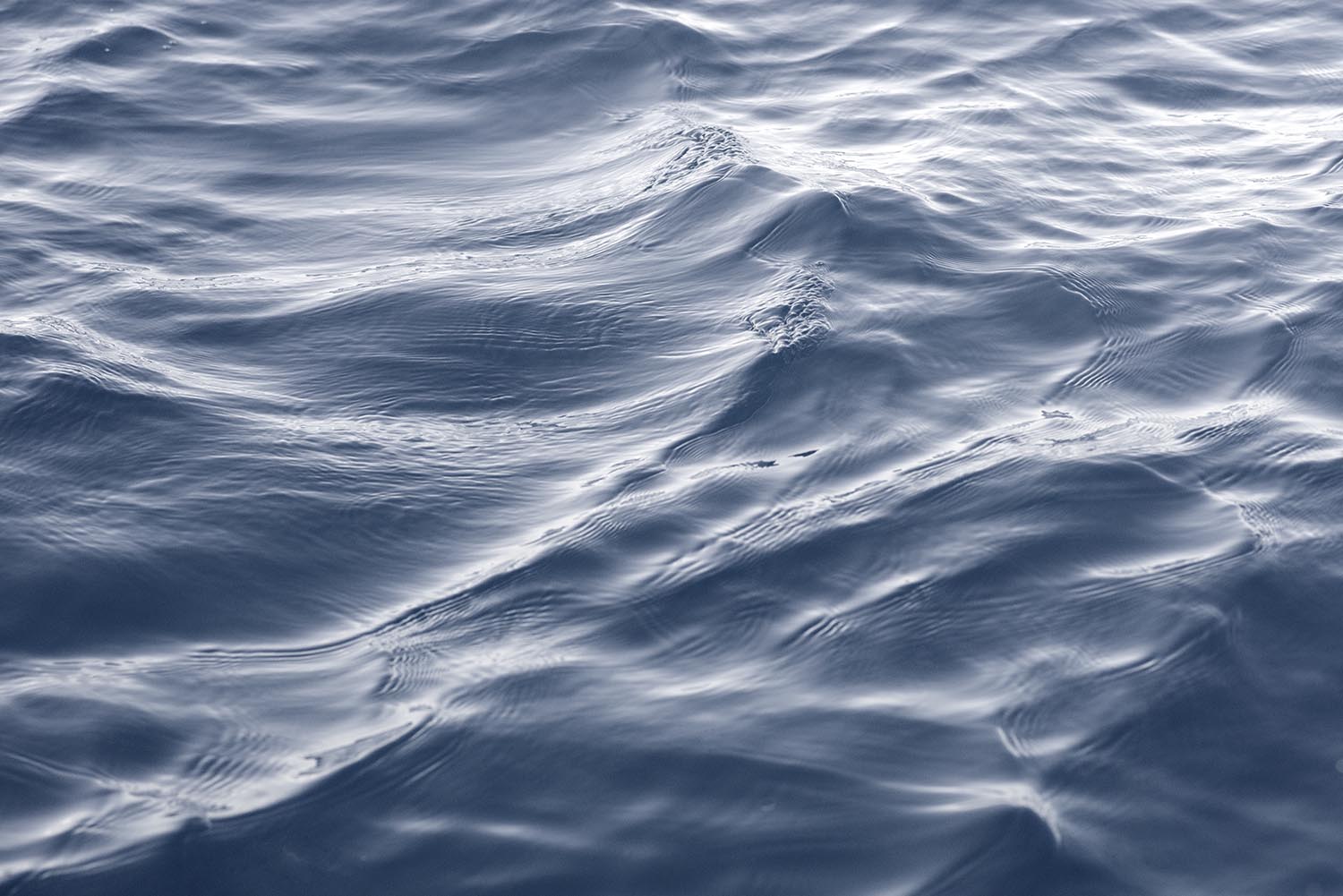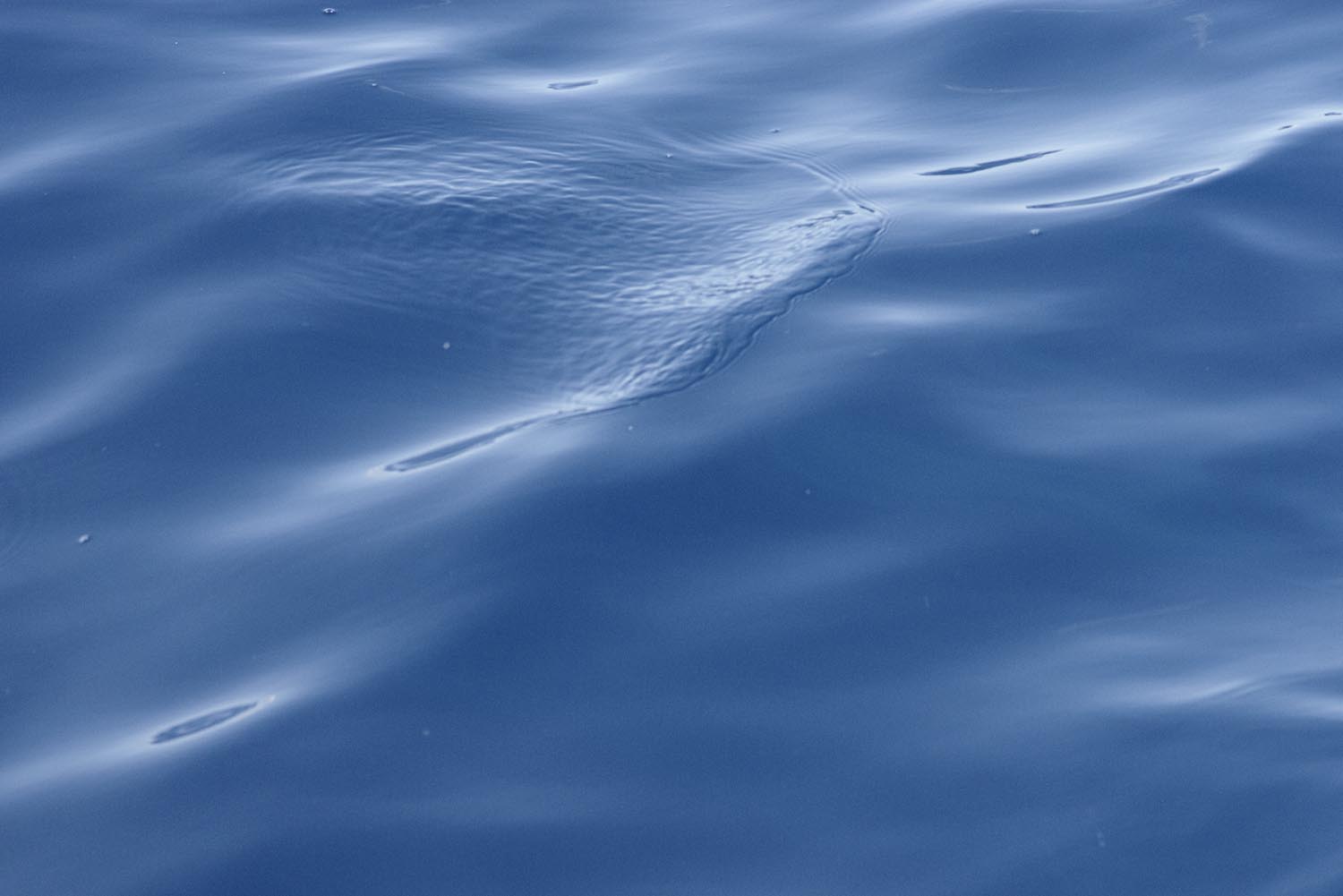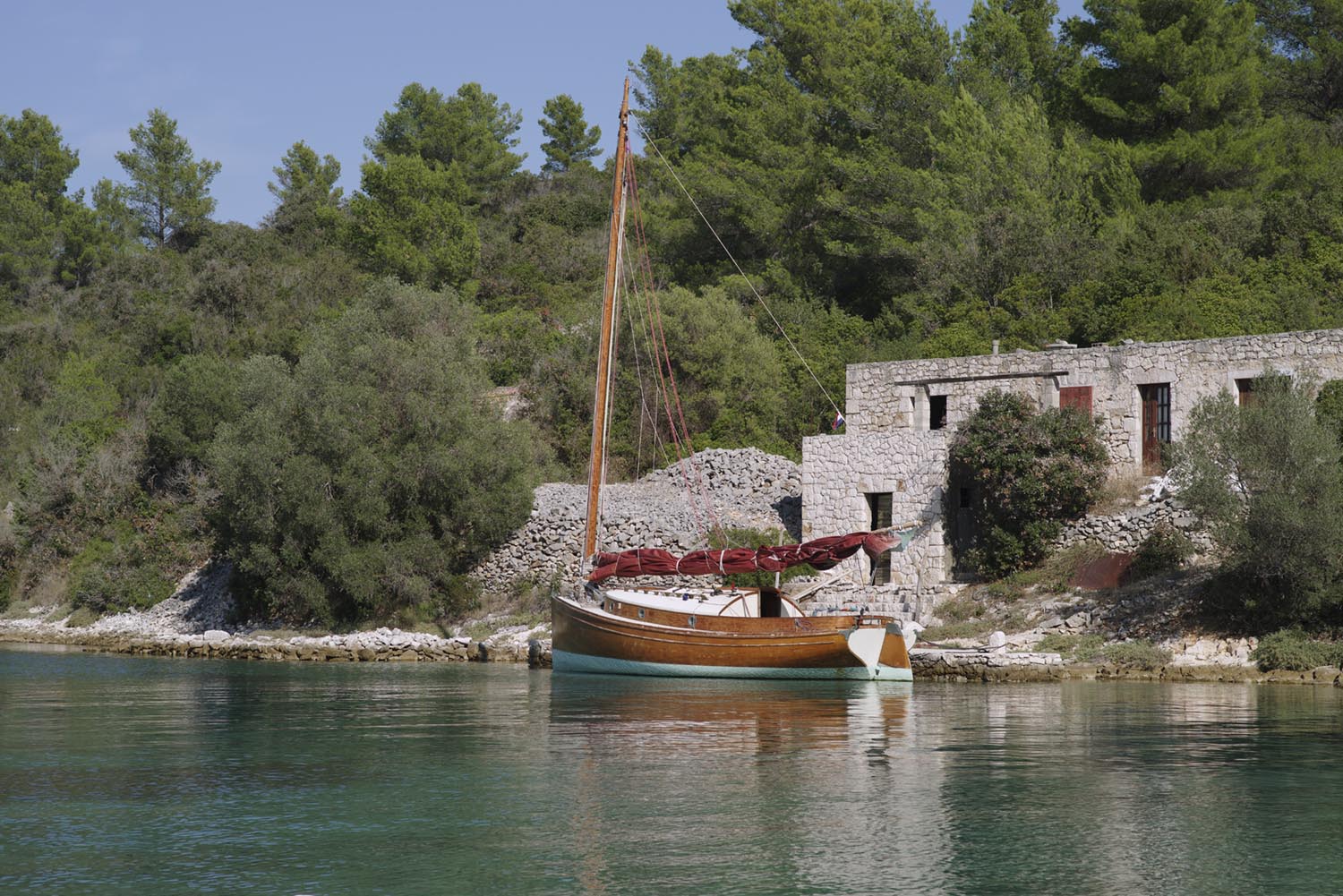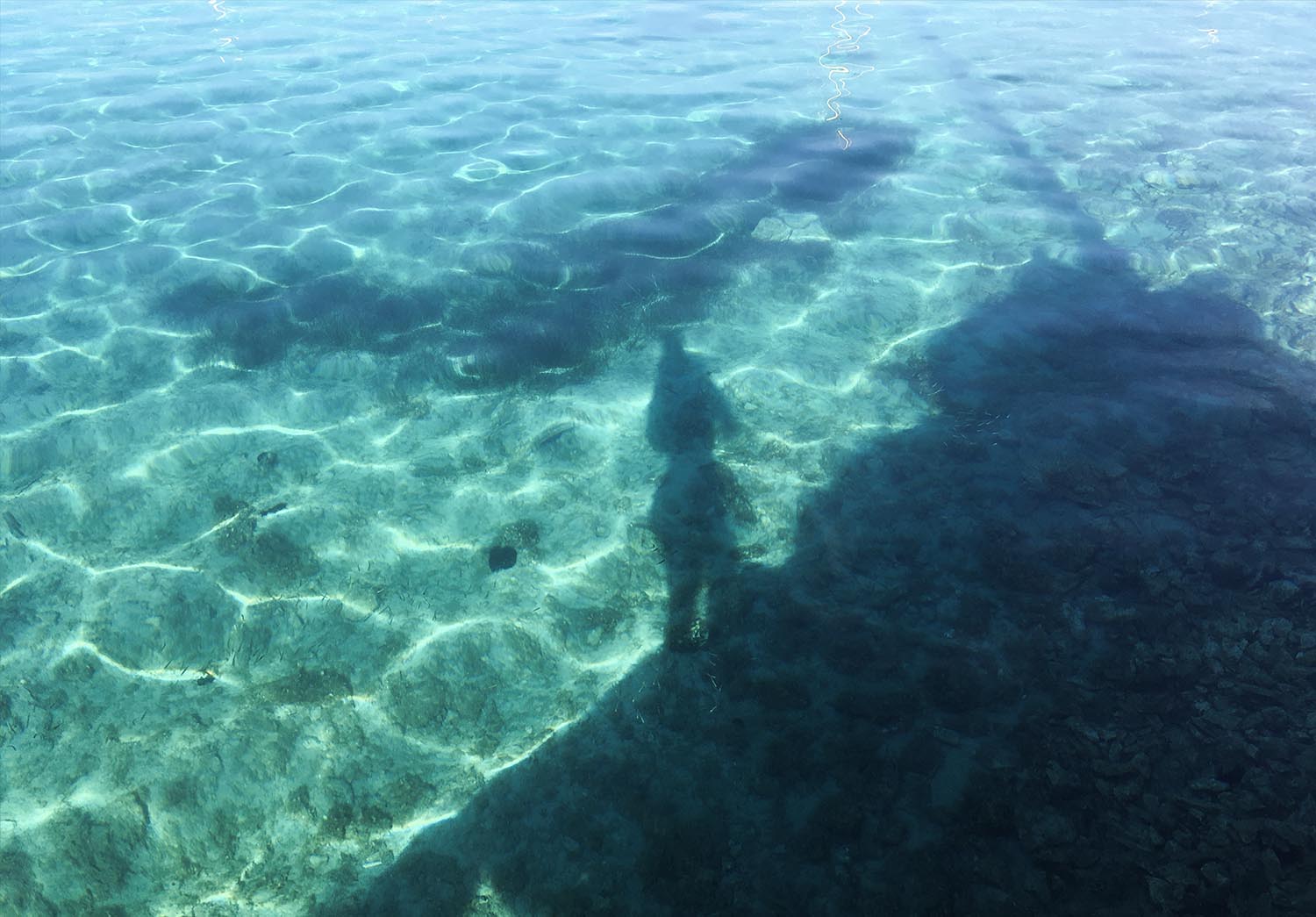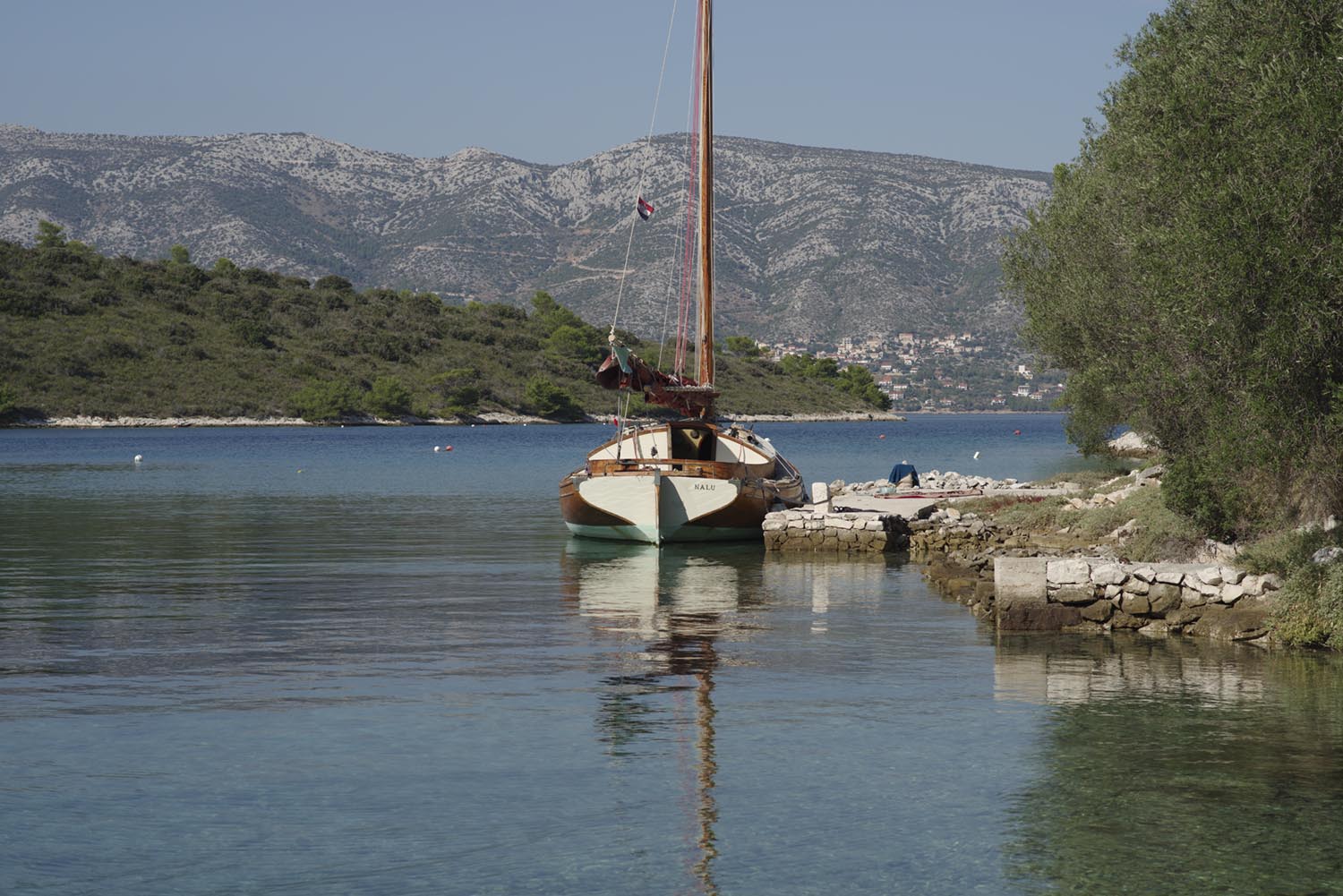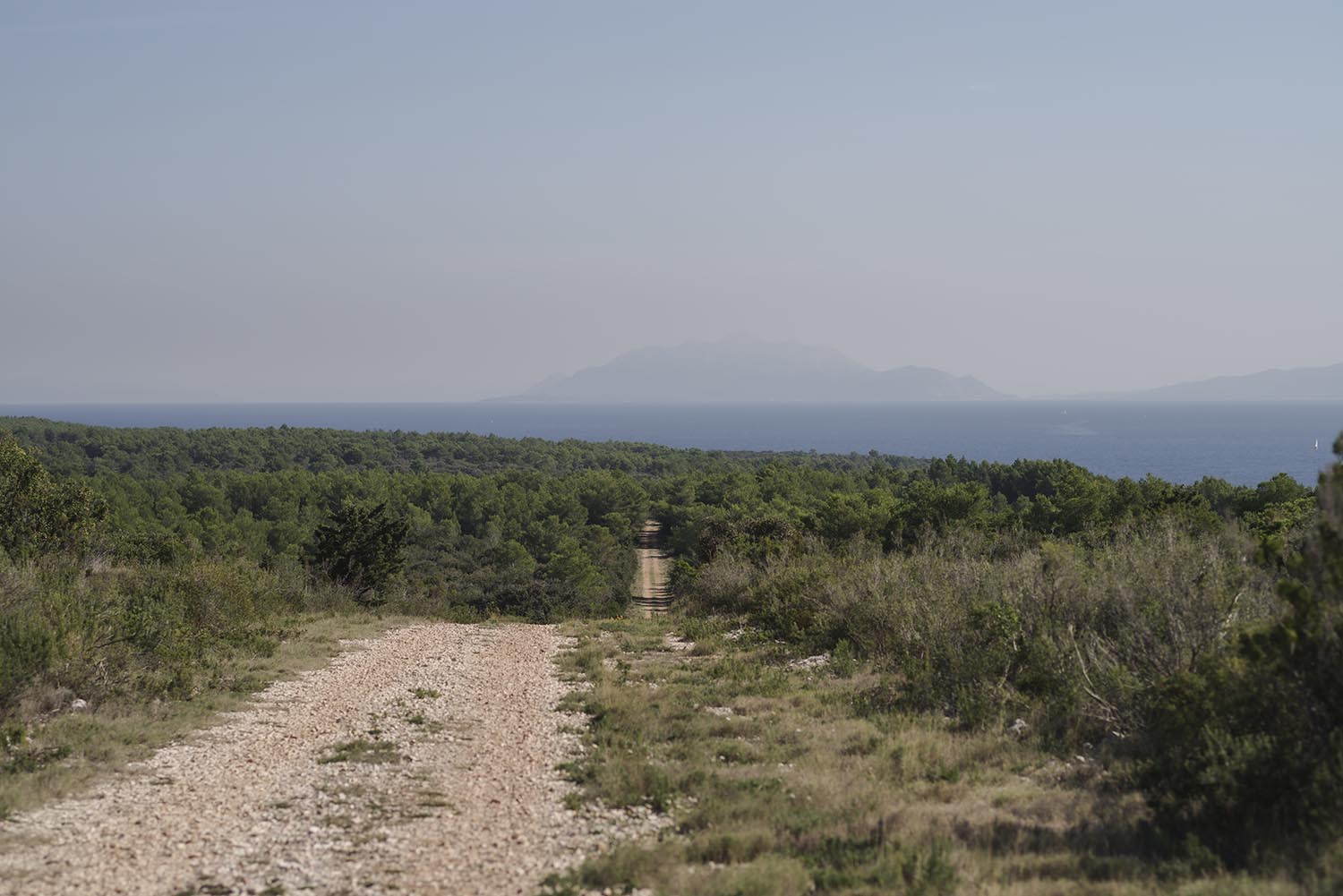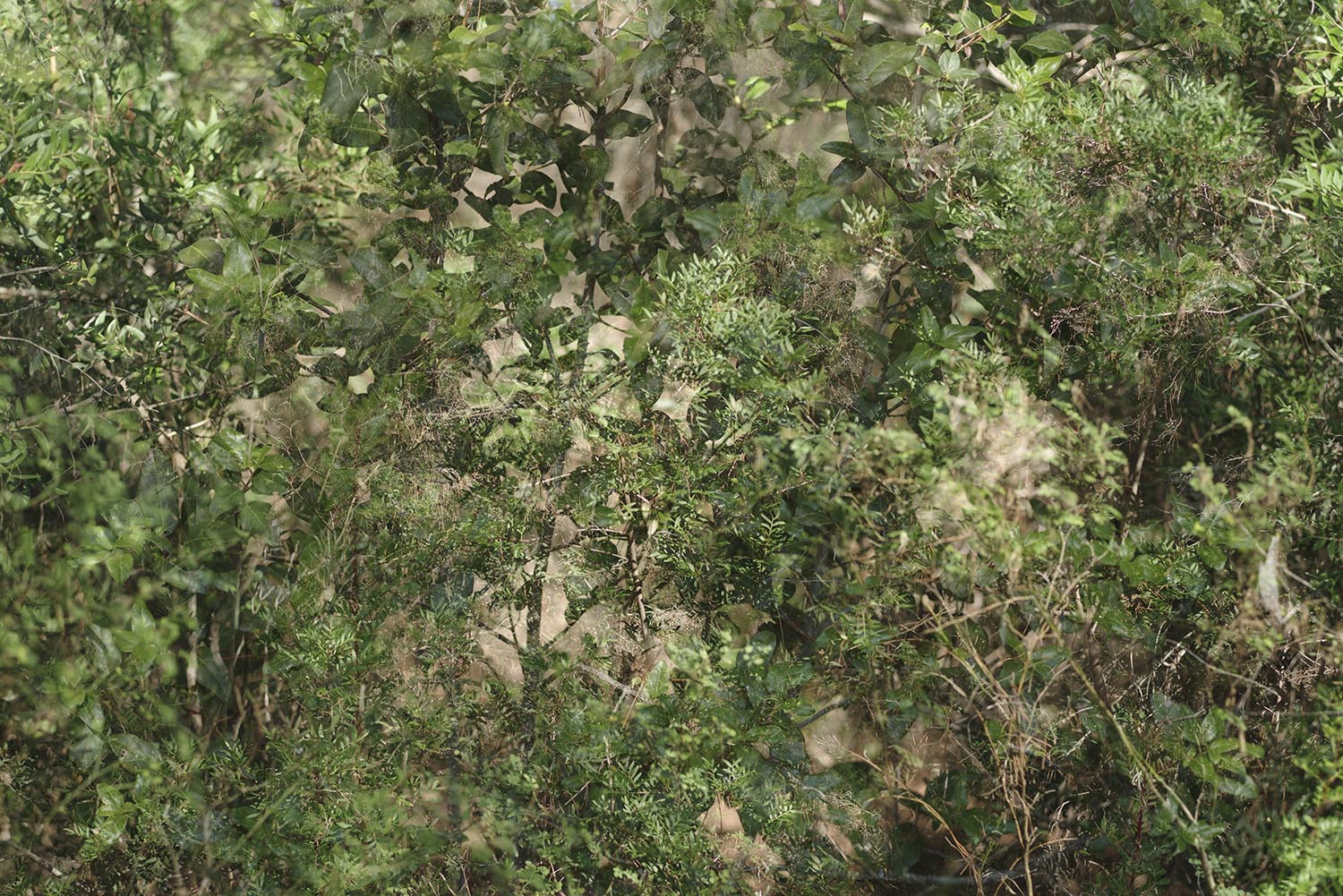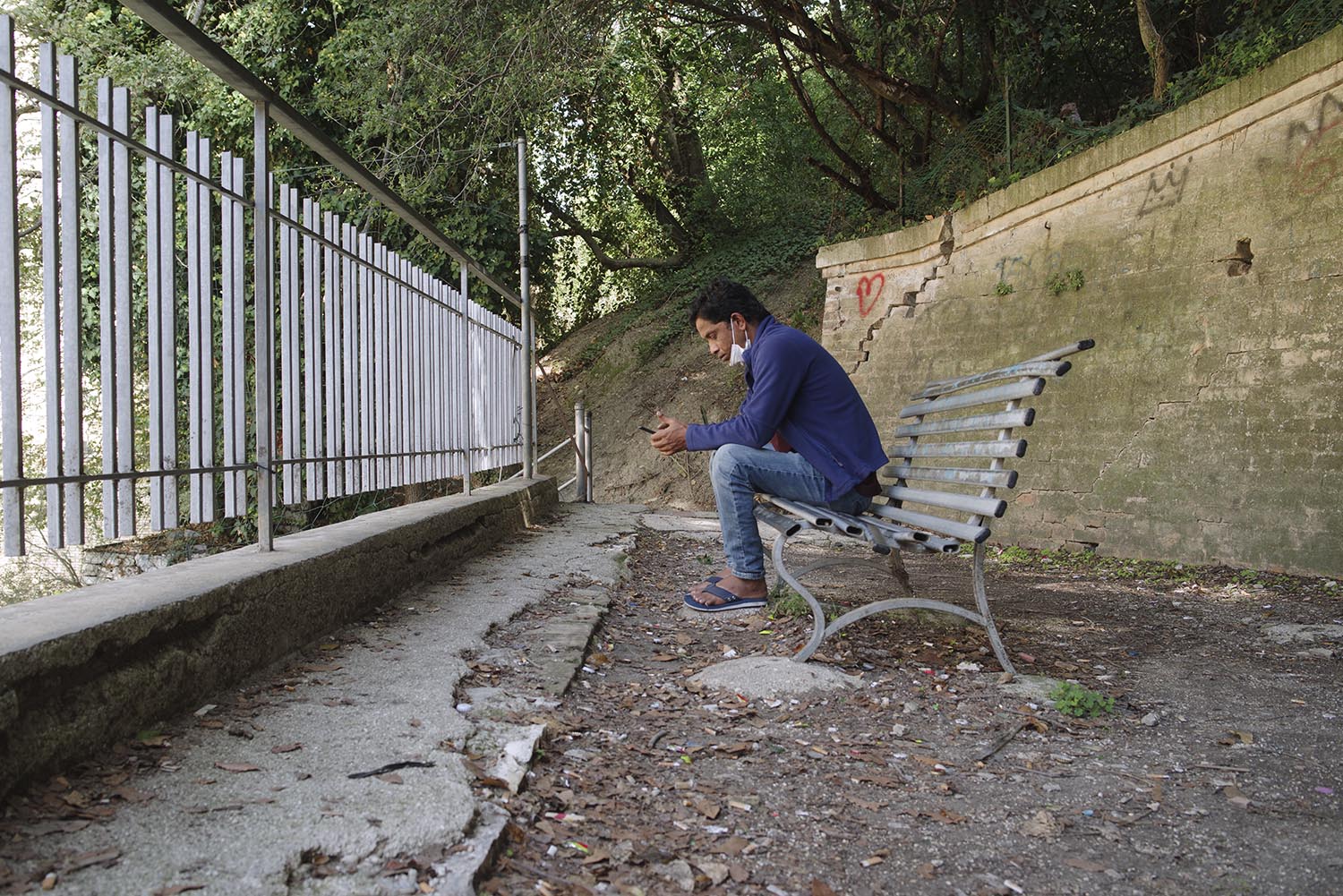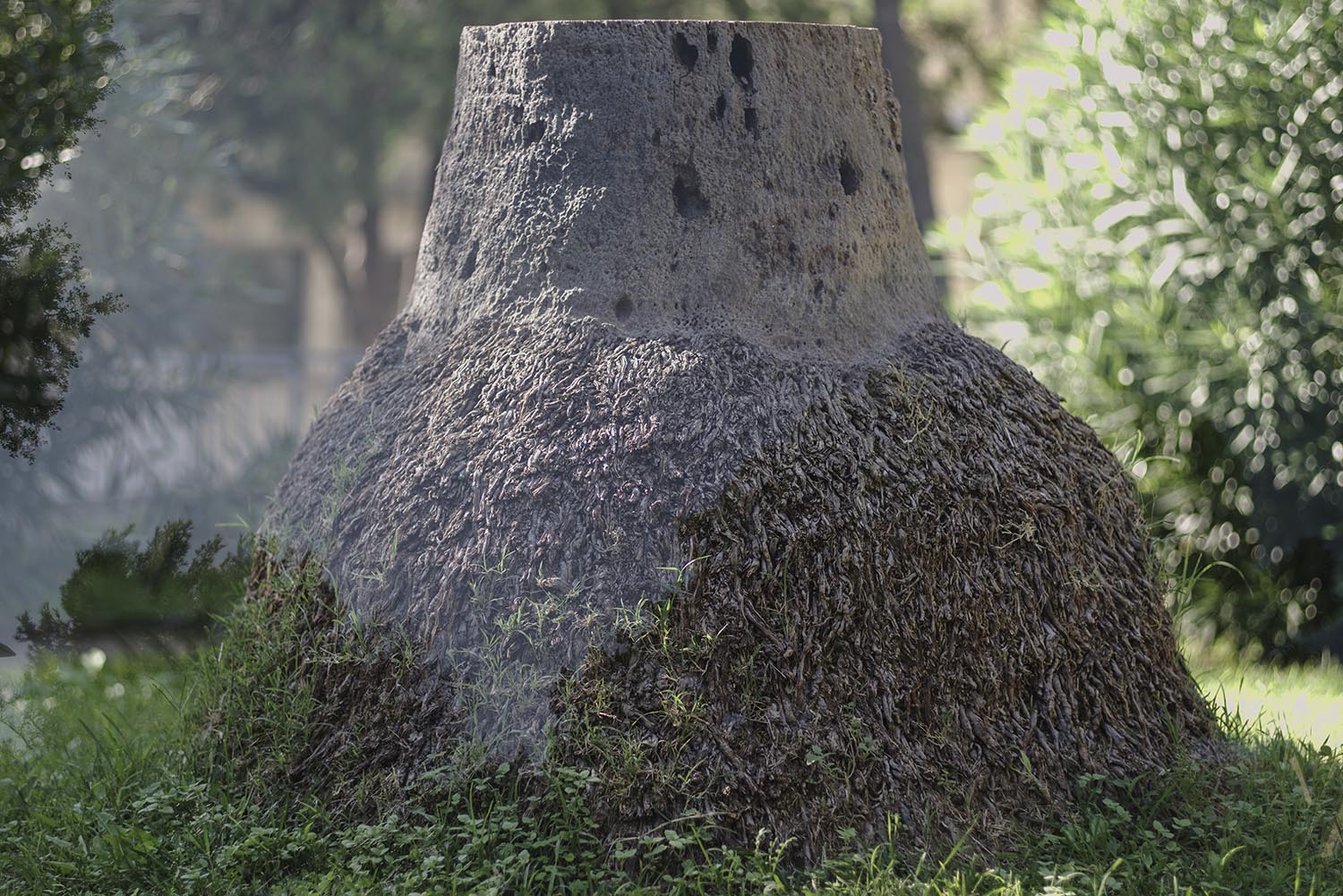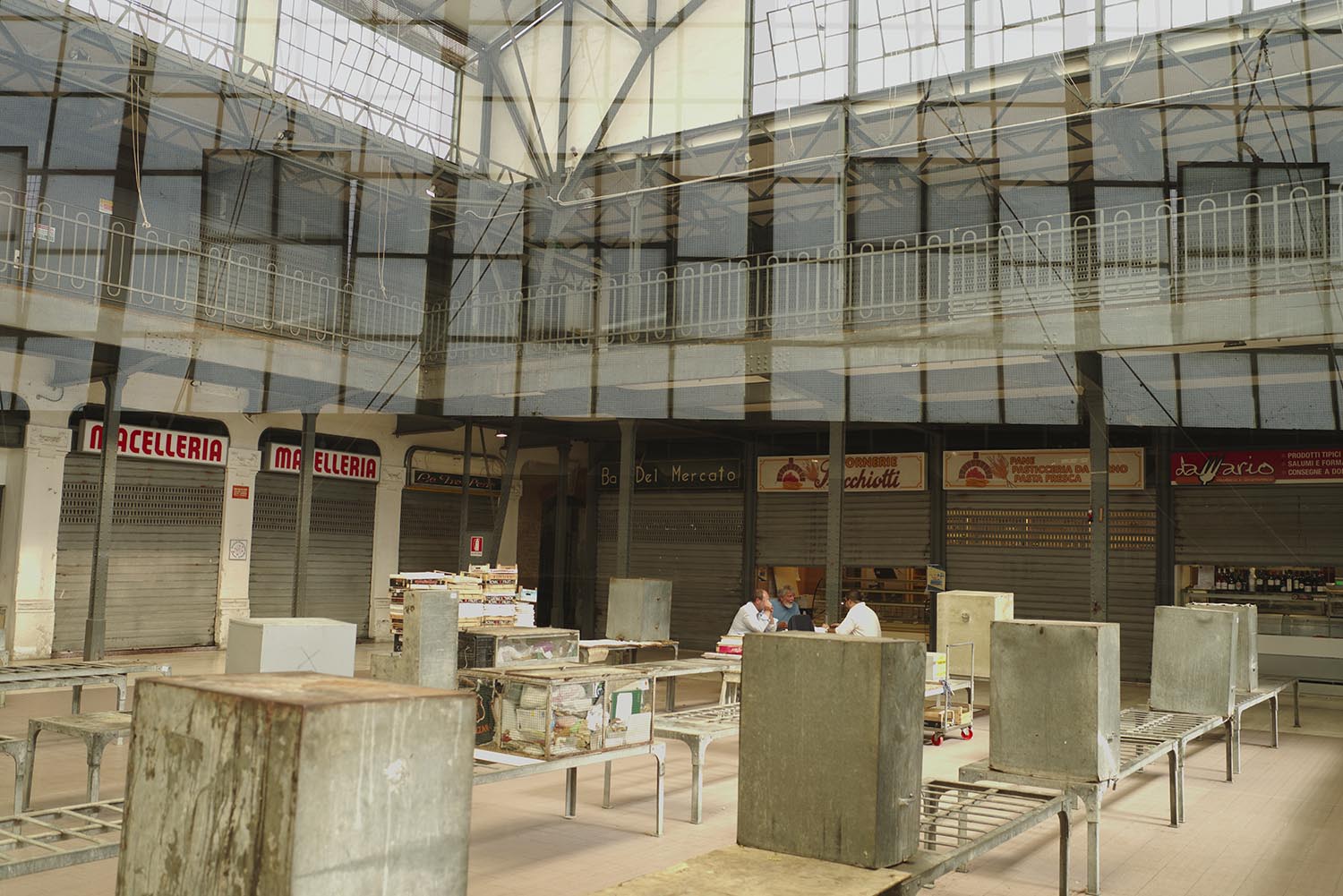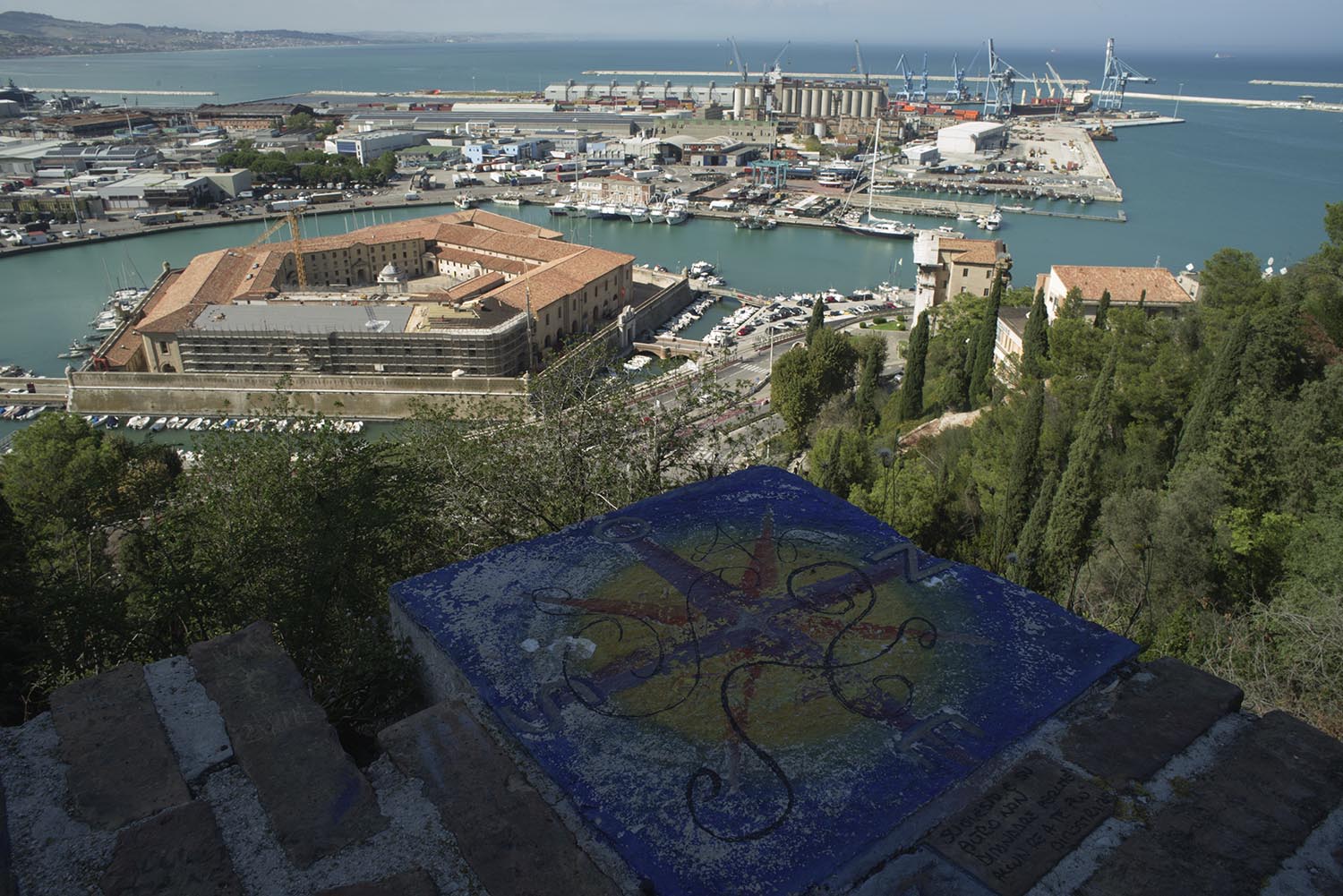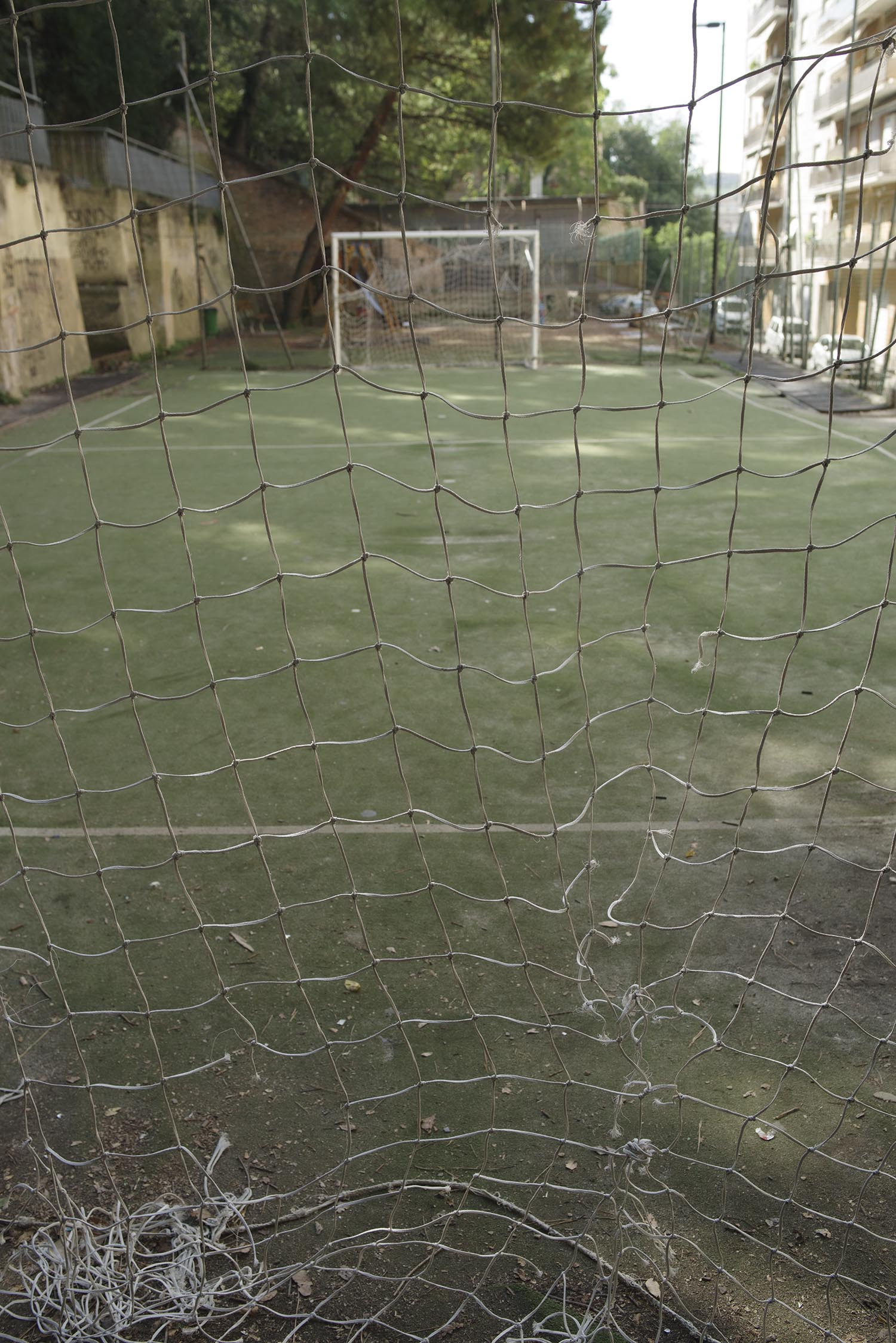
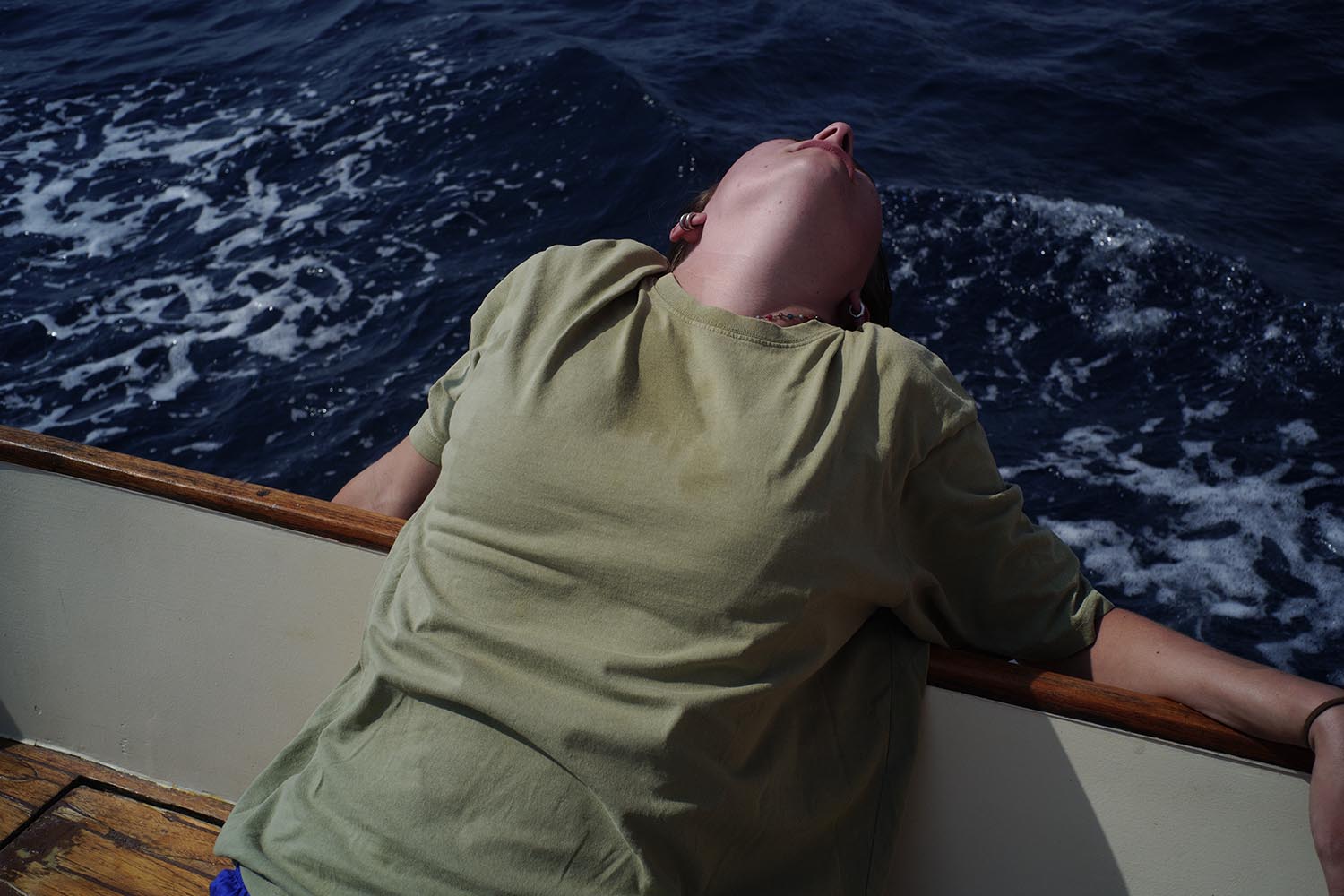
our destination was San Erazmo -Venice, BUT we end up on Vis island, just 25 NM away from the homeport of Nalu -Stari Grad island, HVAR-Croatia, instaid of 250 NM sailing distance to Venice..... Tara and Marsaili came to Croatia; nevertheless, I had injured myself three days before and was standing only on one leg :-))
we had to change the plan AND instead of sailing and "observing sea - recording these moments, OUR NEW main agenda of our one week together was PHOTOGRAPHY exercises: "ONE hour walks "accustomed to Marsaili and Tara,
each one with an adit focus -we come to 5 of them :
1-I AM -photograph only what you really like, inspires you, exposing moments of beauty.."It is a part of me " - as oposit the opposite of fascination, only
2 - avoid looking at the LCD while photographing
3- shadow and especially light forms in its abstract essence
4- Fstop exercises: it is THE most important setting that defines the essence of photography..
5- about static and dynamic composition..
“main course” :
message for Serius: images (selection of ca 12plus images) + diary ( some sentences reflecting your experiences
in words (short intro part ) :
where did you“come from” your photography journey
what is your interest
what you gain in photography
and added value > video
Three questions that each of us put on the list (3+3+3) that we all answered
Tara Steiner selection
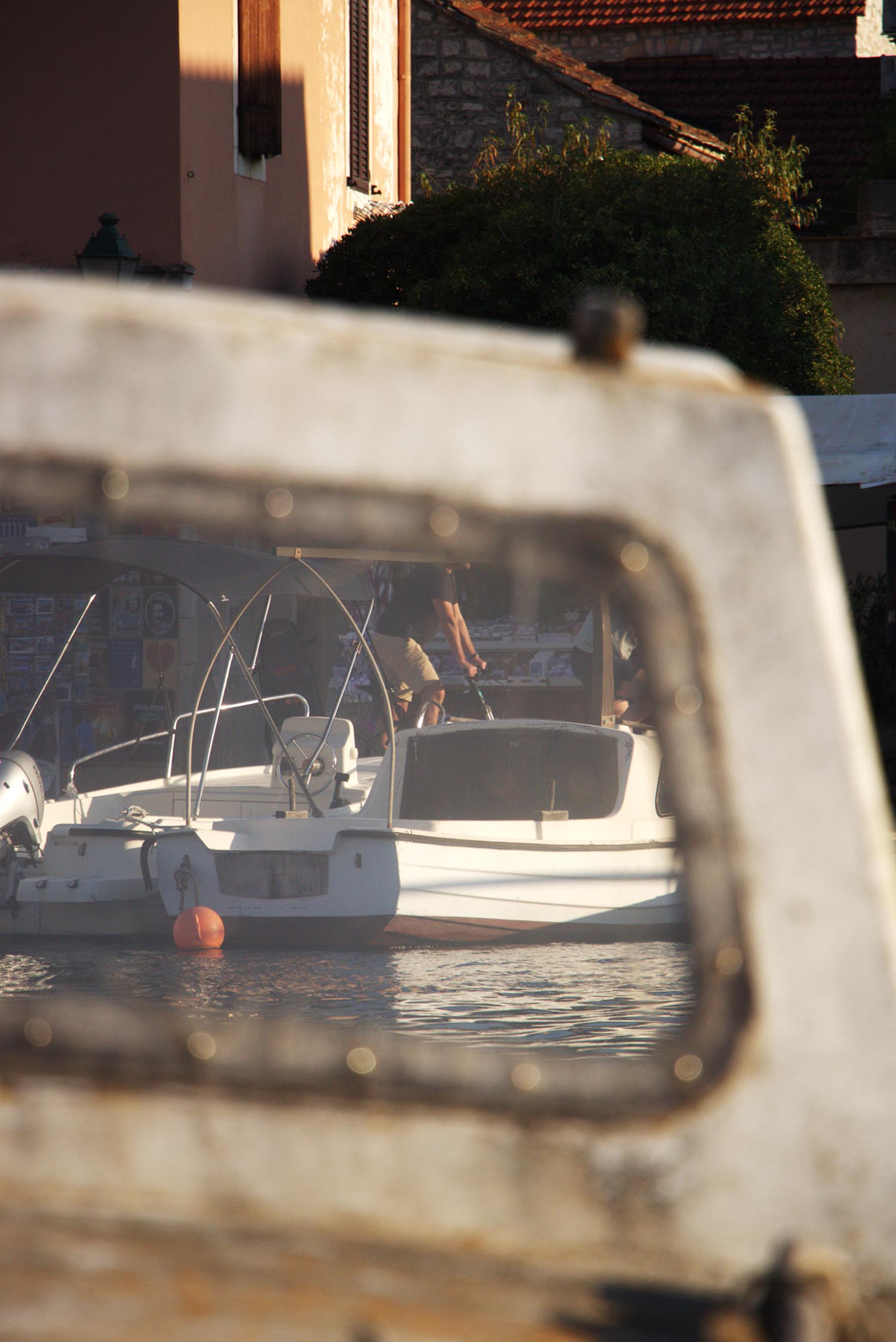

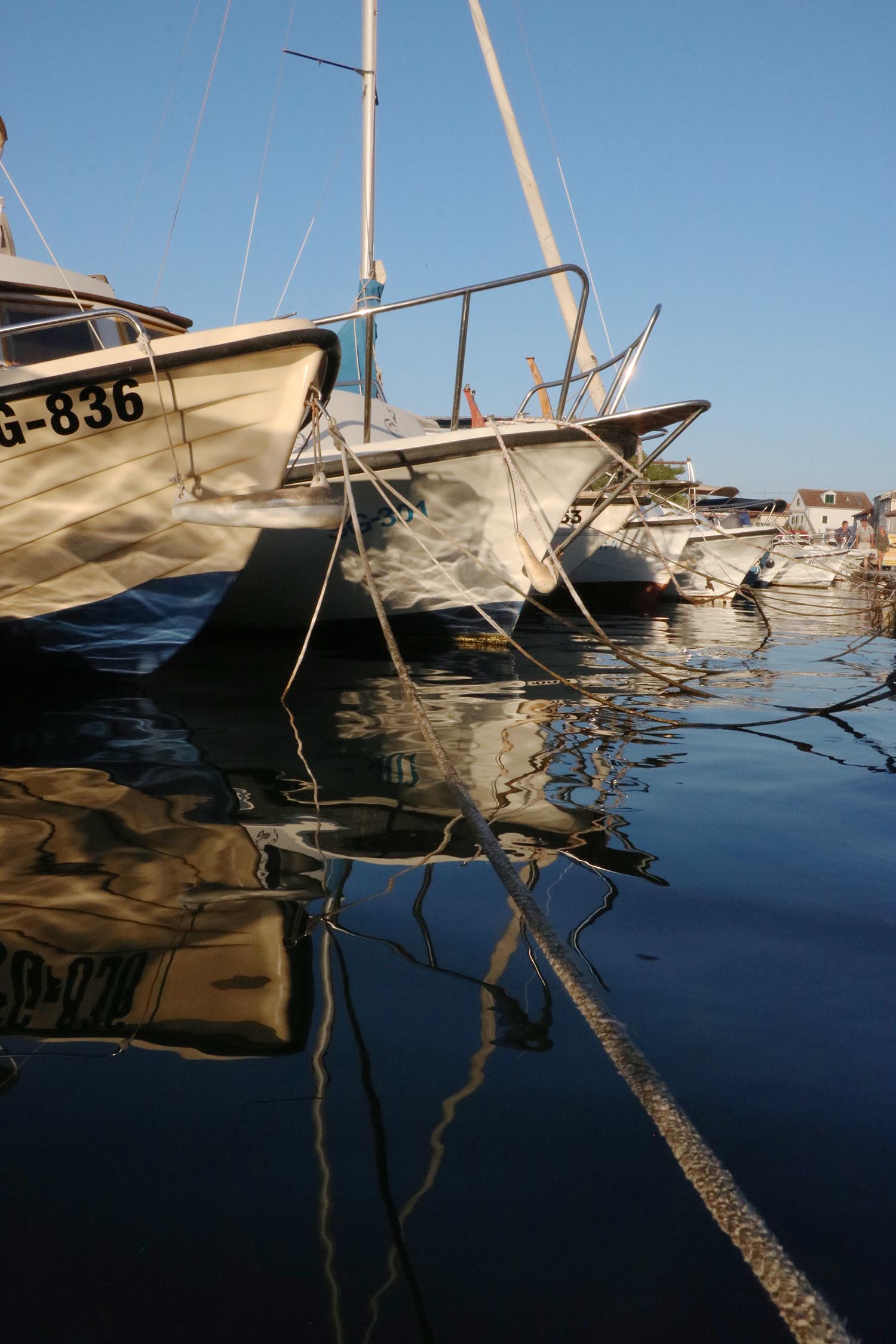
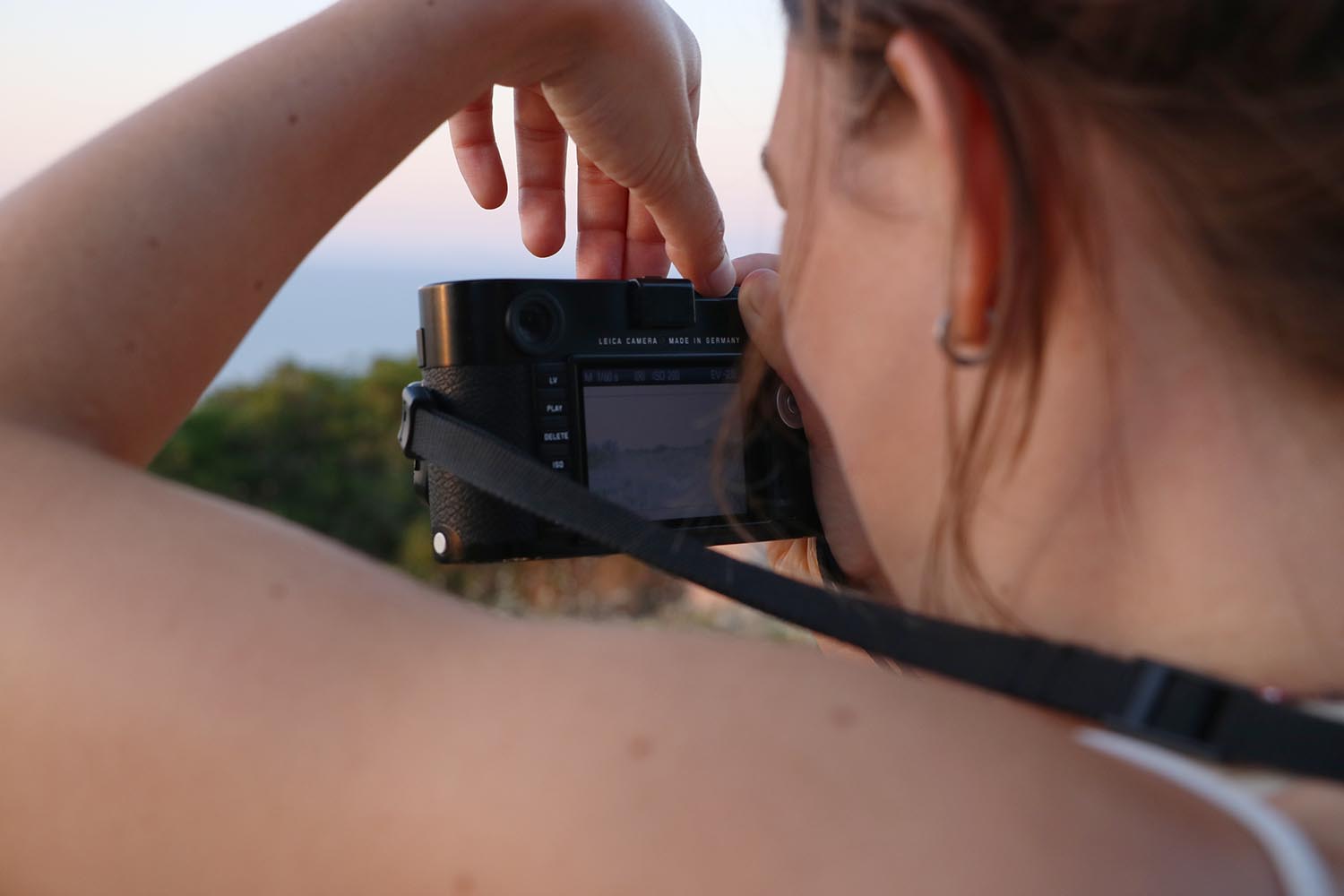
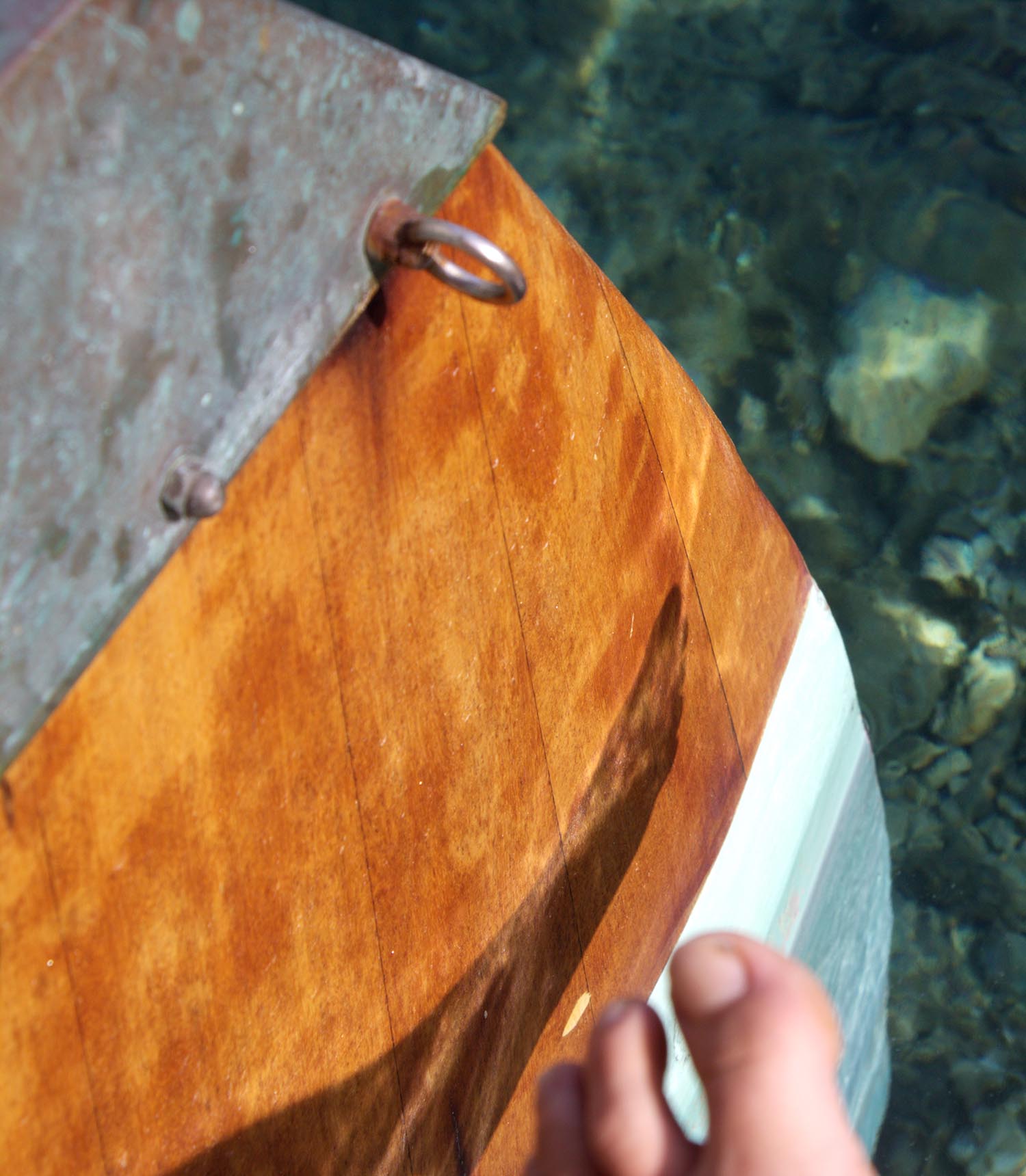
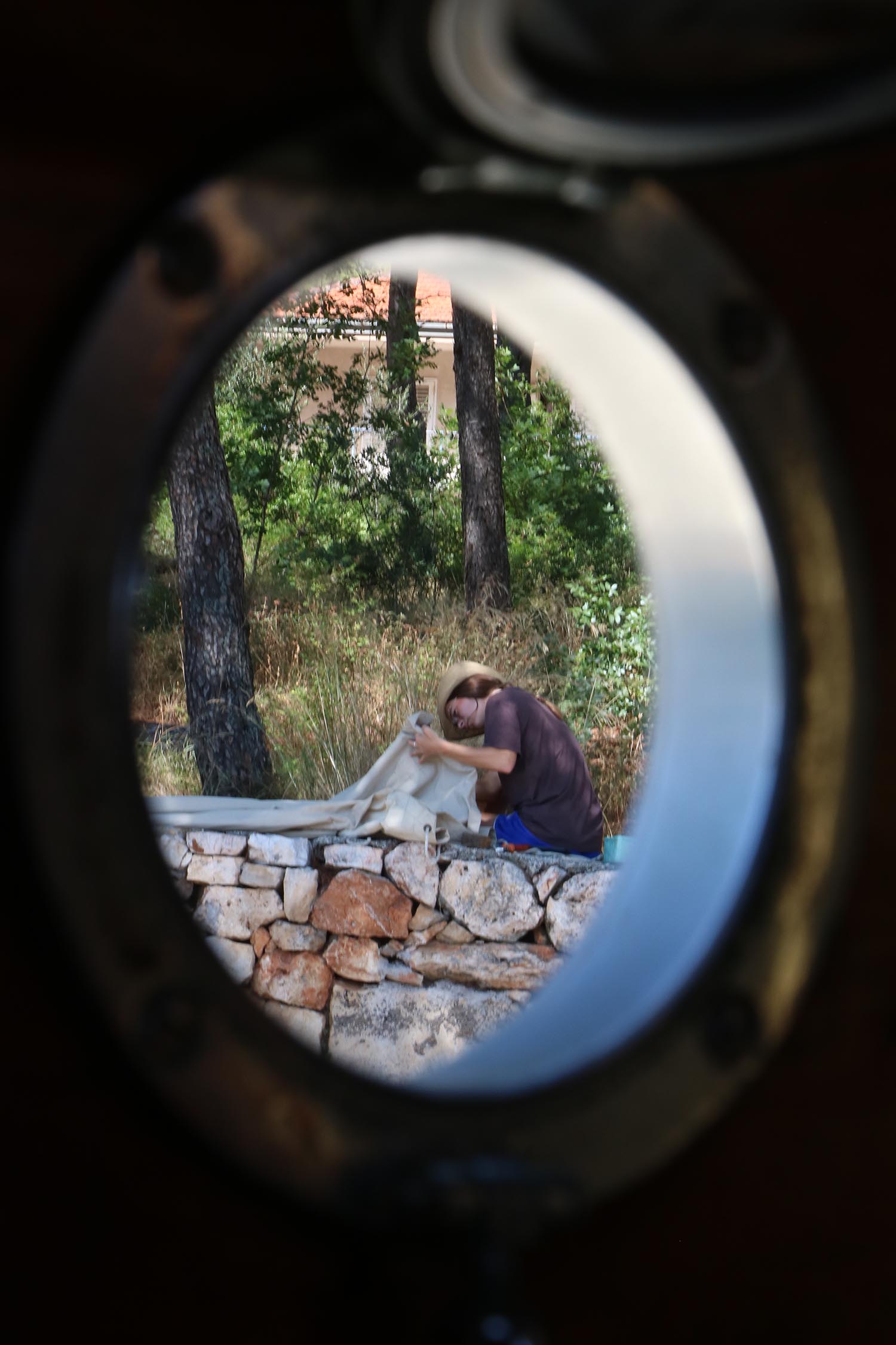

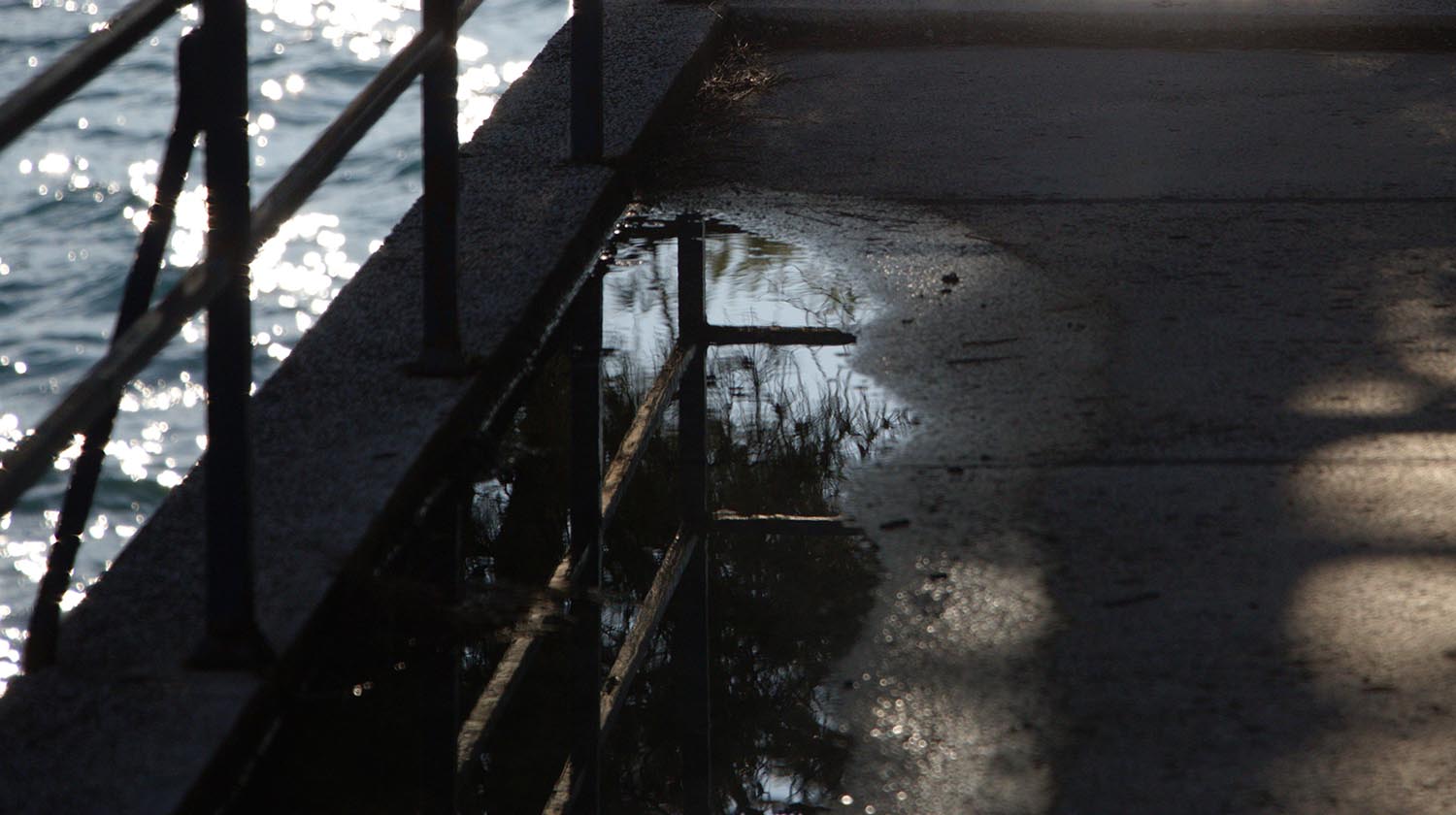

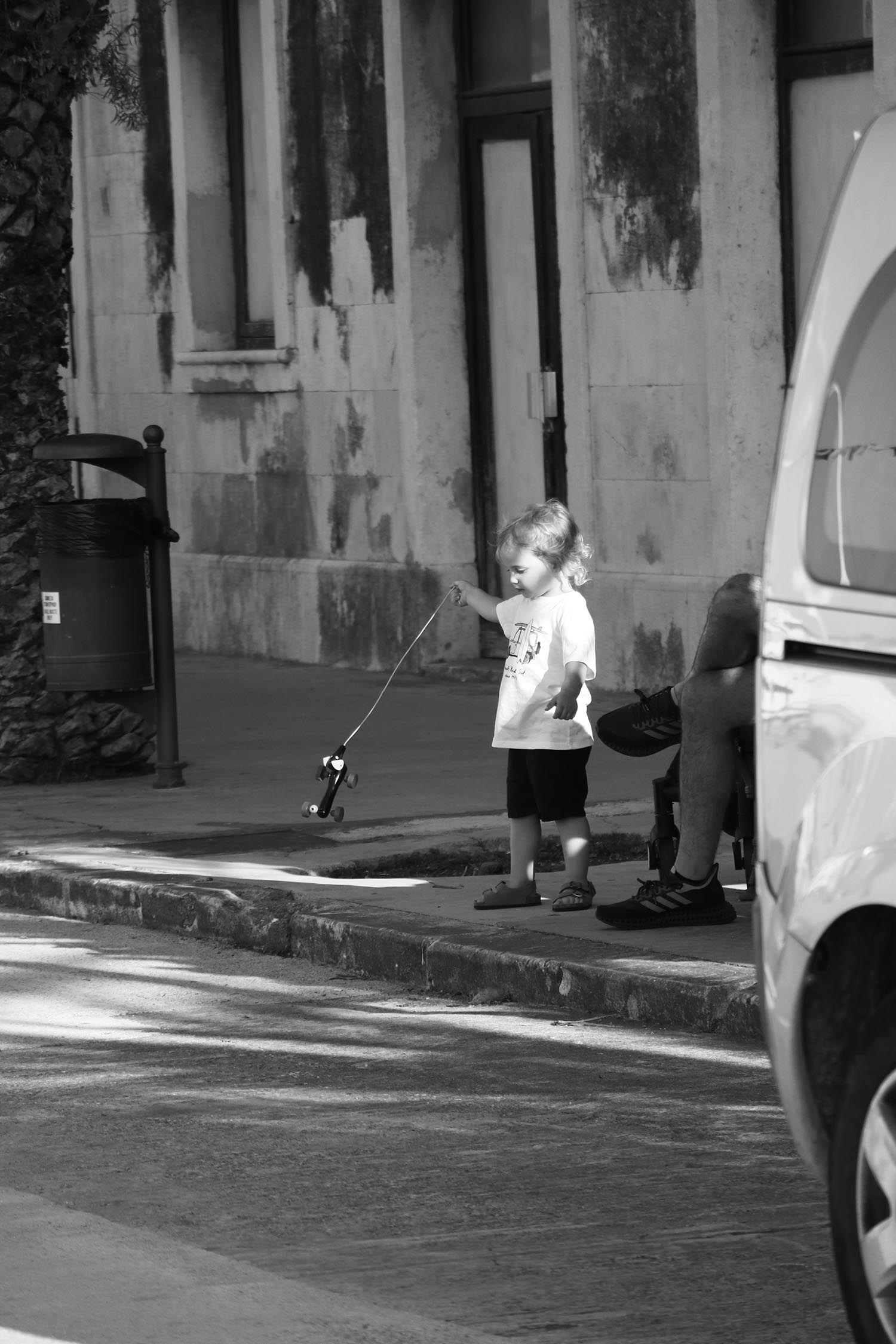

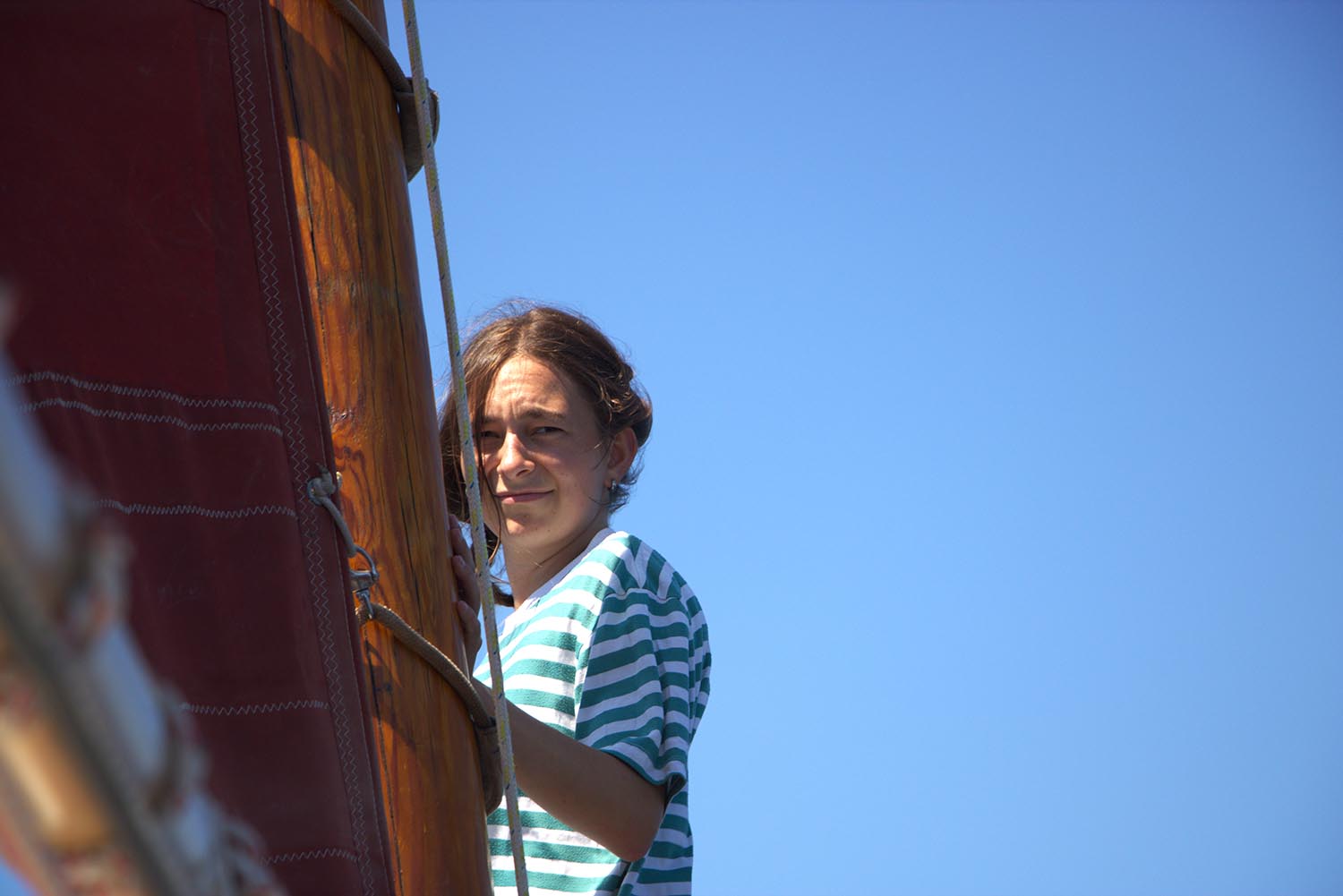
Message from Tara to Sirius
Intro : where did I come from with my photography journey, interest, what do i gain in photography
My name is Tara and I would describe myself as an active, joy seeking, nature loving creative mind and free soul. I have always been into arts, but more painting, drawing and crafting. Now it was time for me to dive into photography. It already fascinated me for a long time, making vast moments standing still and getting pulled back into the emotions when I look at a picture again. Capturing the world in the way I see it and making it accessible for other people. Getting inspired from the view and minds of other people. But I never took the time and investment to fully engage with the trade behind photography and to learn about techniques, effects and intentions. Until I got the analogue camera of my grandfather. I really enjoy taking analogue pictures, not only to get a break from our digitalised world, but also because I feel way more present this way. Every shot is precious and I have to think more about what exactly I’m doing. So then I had this camera but no idea on how to use it correctly and how to make good pictures. That was when I decided to finally immerse myself in it!
Diary
I came here with the intension of diving more into the topic of taking pictures, mostly with questions about technical stuff in my head. But instead, next to the manual handling of the camera, with which I also improved a lot, my whole sense of looking at my environment during photo sessions changed. In the beginning I was only searching for objects that catched my eye because they were themselves interesting, beautiful or funny. But now my focus is more on the scene as a whole, especially noticing light and shade situations and the relation between objects. When I take a picture now, I ask myself: What do I see in this moment? What do I find interesting and what settings and frame should I use to show this in the best possible way? I had to learn to cut things away that are just not important for what I was looking at. And then to set the aperture more intentionally regarding to the story I want to tell.
“Capture things that you like or identify with. If you take pictures of cruelty, harm and violence you just bring more of it into the world.”
“There are situations when you would like to take a picture of strangers, but they notice and you ask yourself what is appropriate and how to act. It is all about body language. Don’t hide, just be the observer and show your interest. Because as soon as you start creeping around, trying to take pictures secretly it appears weird. So do your thing and go on. If someone doesn’t want to be photographed they will let you know by words or body language.”
Creating things addressed to Sirius. Sirius standing for the stars, the universe and all creatures that we know or exist beyond our knowledge. Imagine that everything you leave behind is or will be observed by some other being out there. With this picture in mind I try to do my best in showing the most possible beauty, joy and emotion in what I create. So the following pictures are a message to Sirius.
Marsaili Hass selection
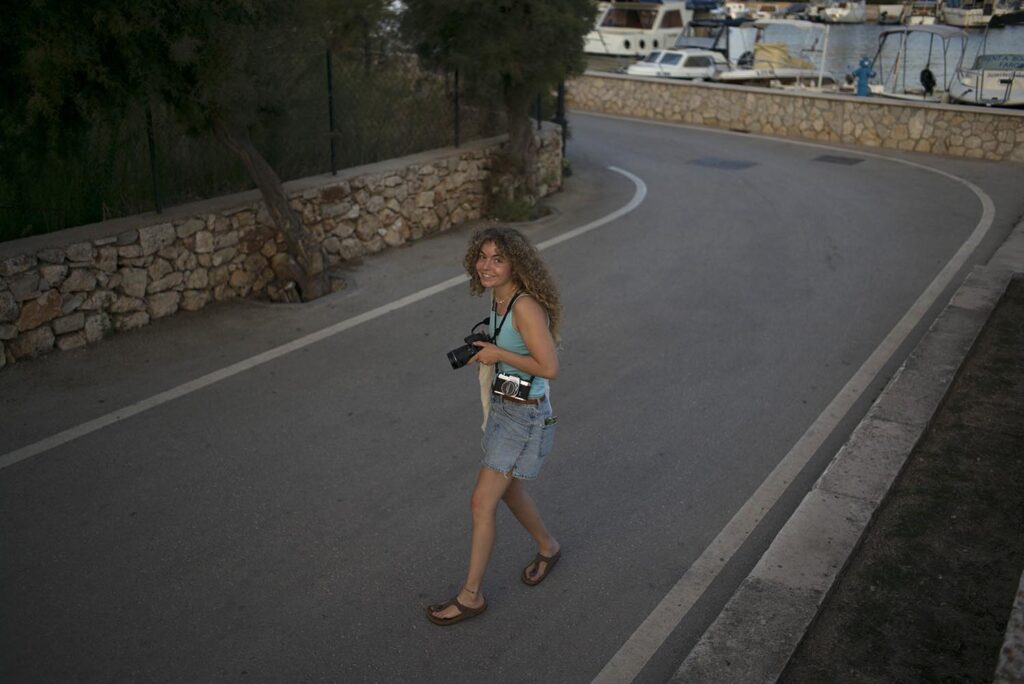

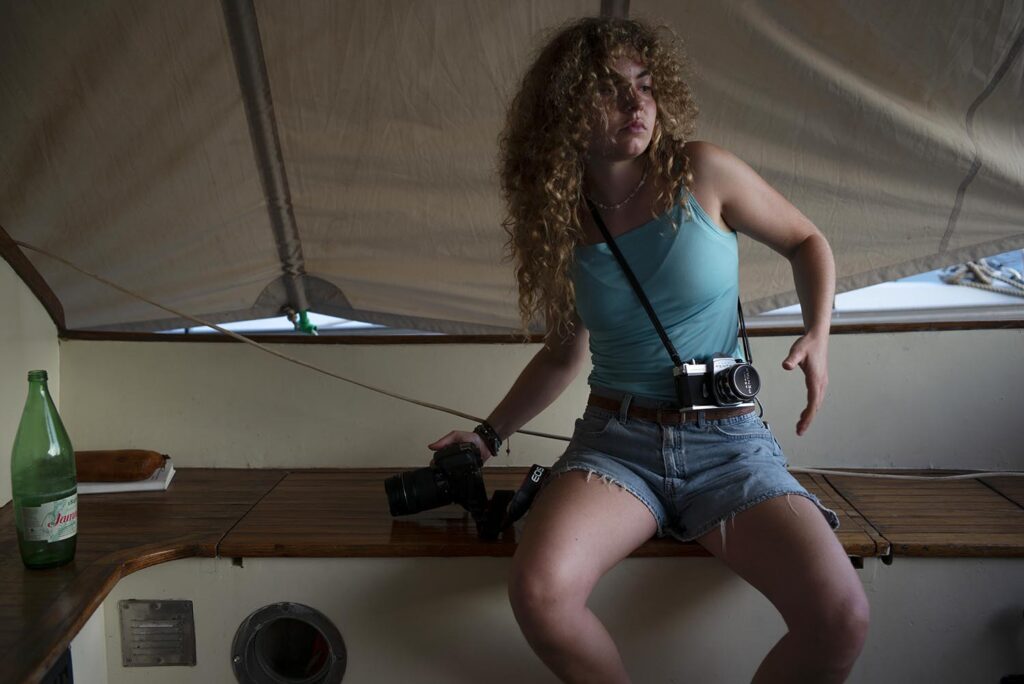
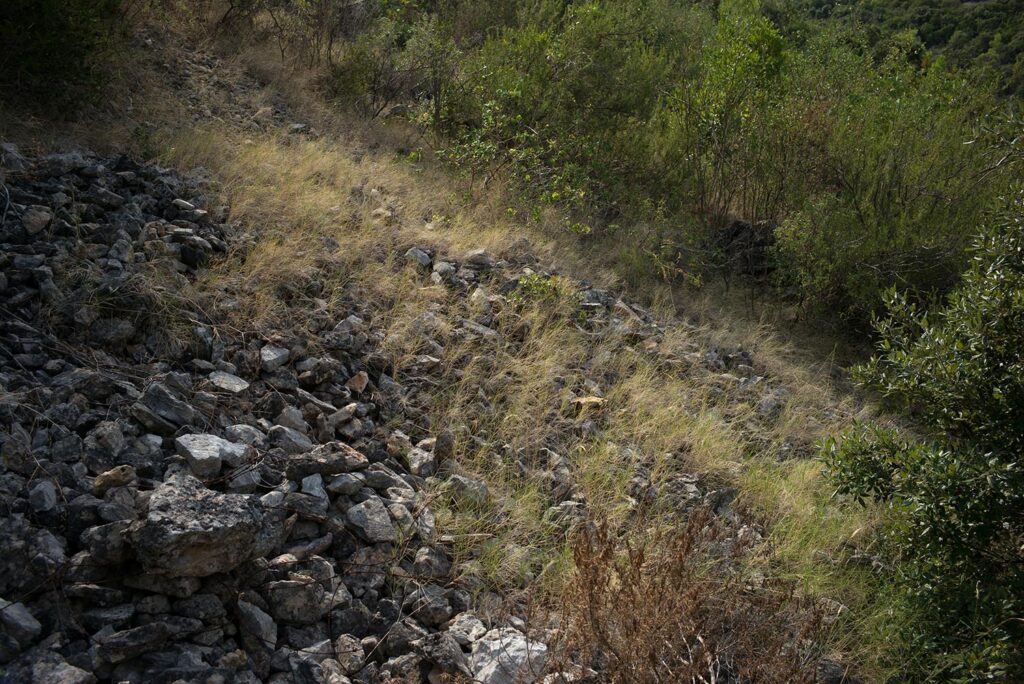
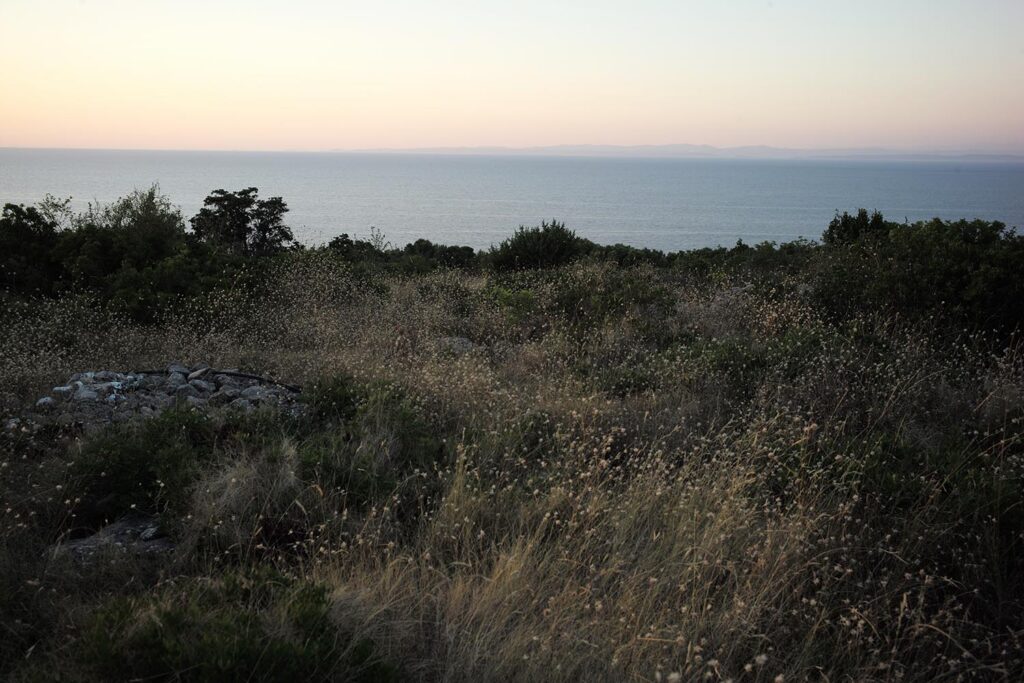

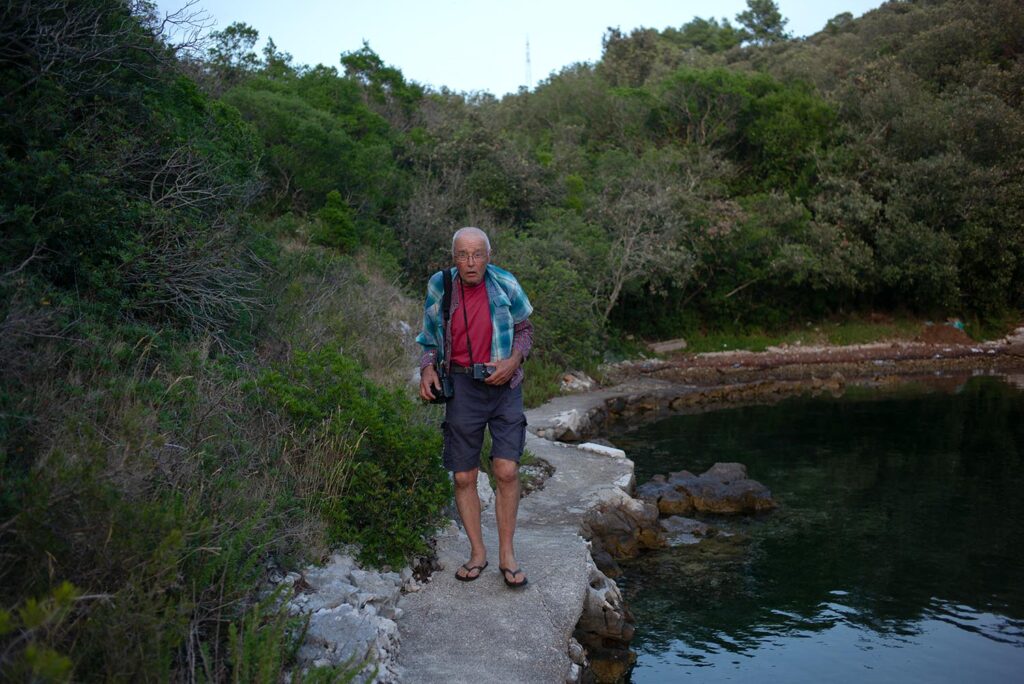
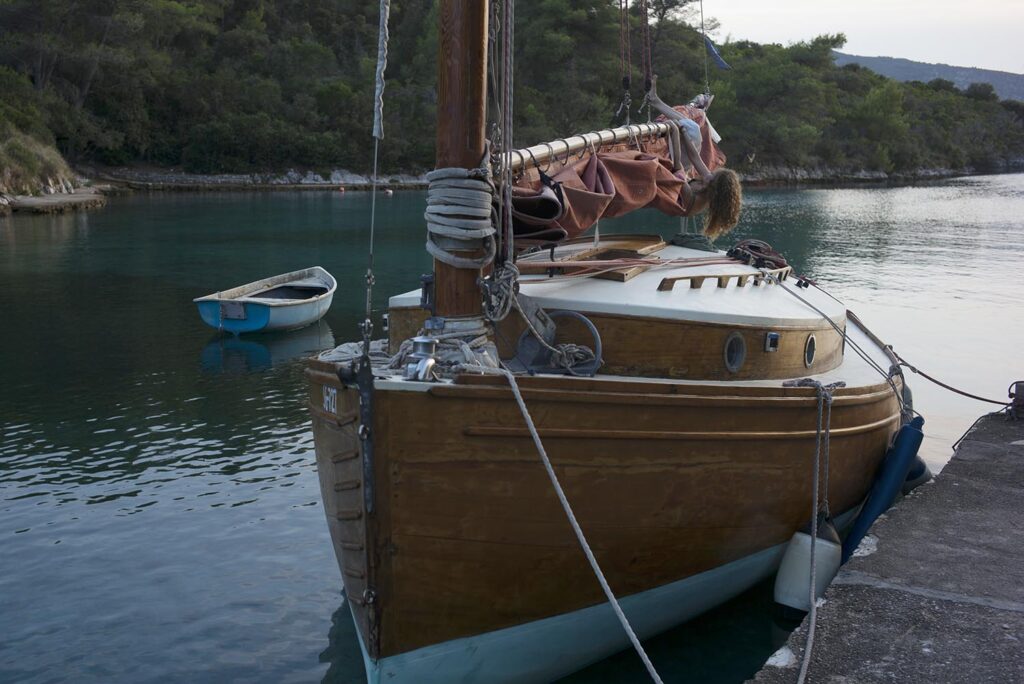
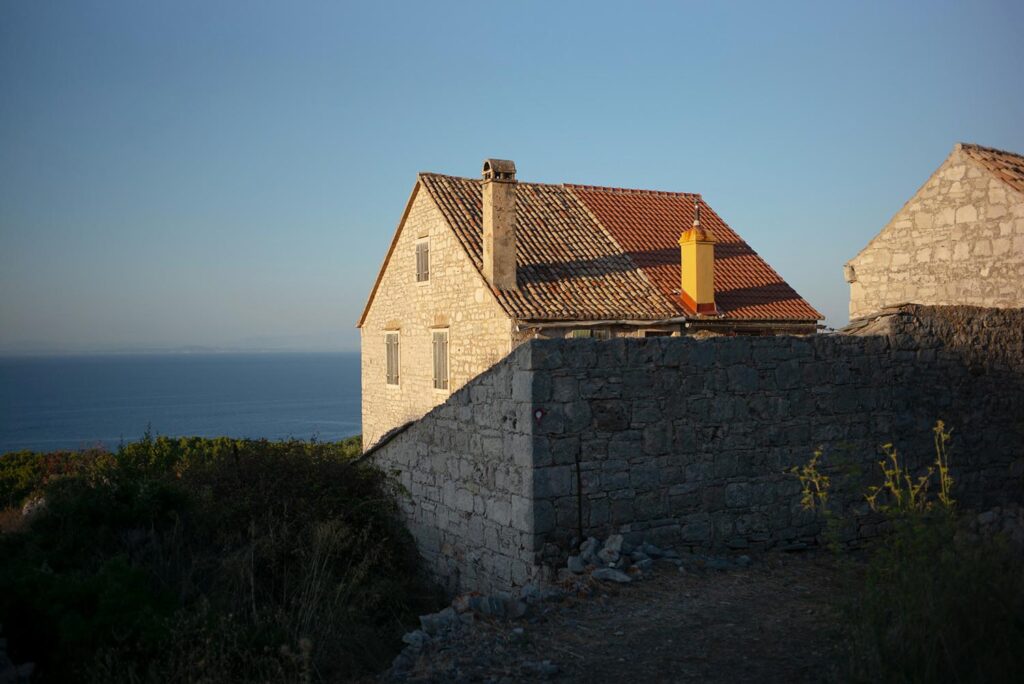
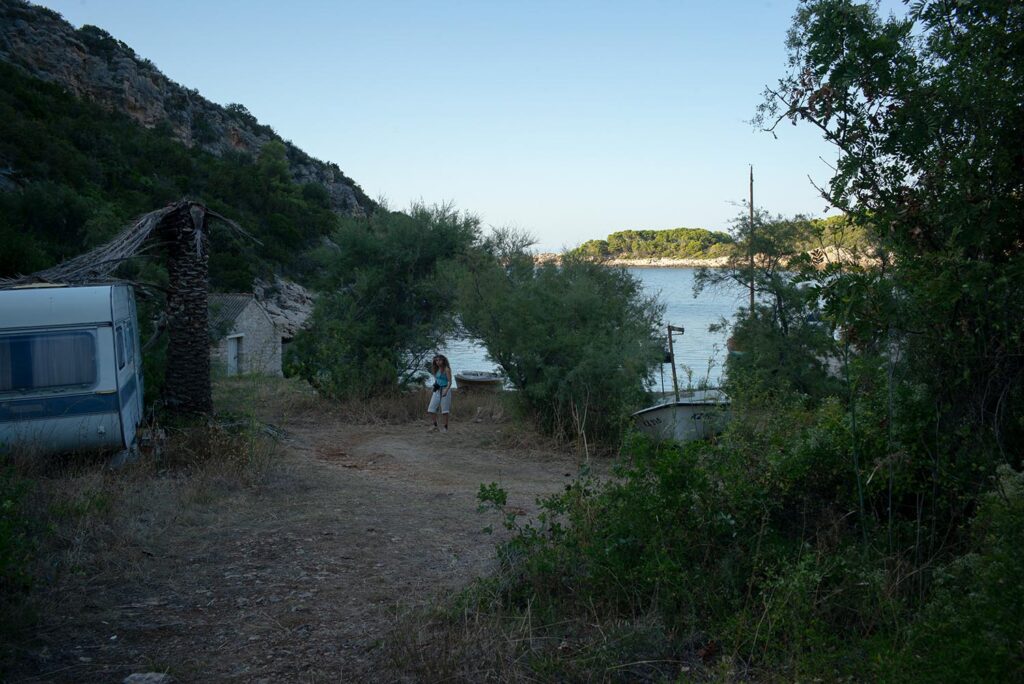
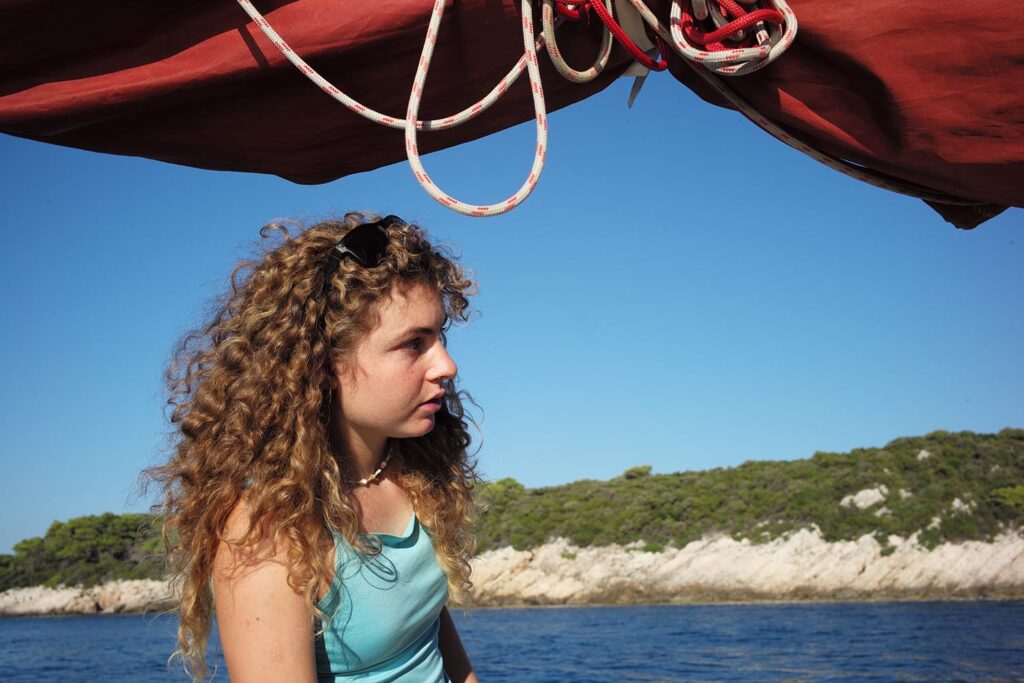
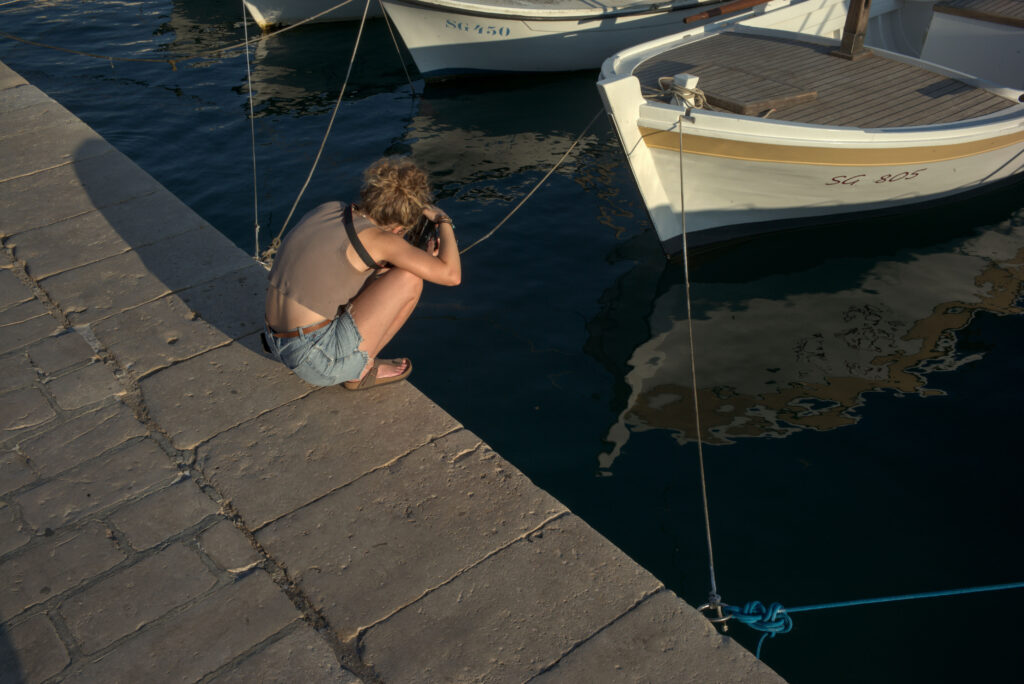
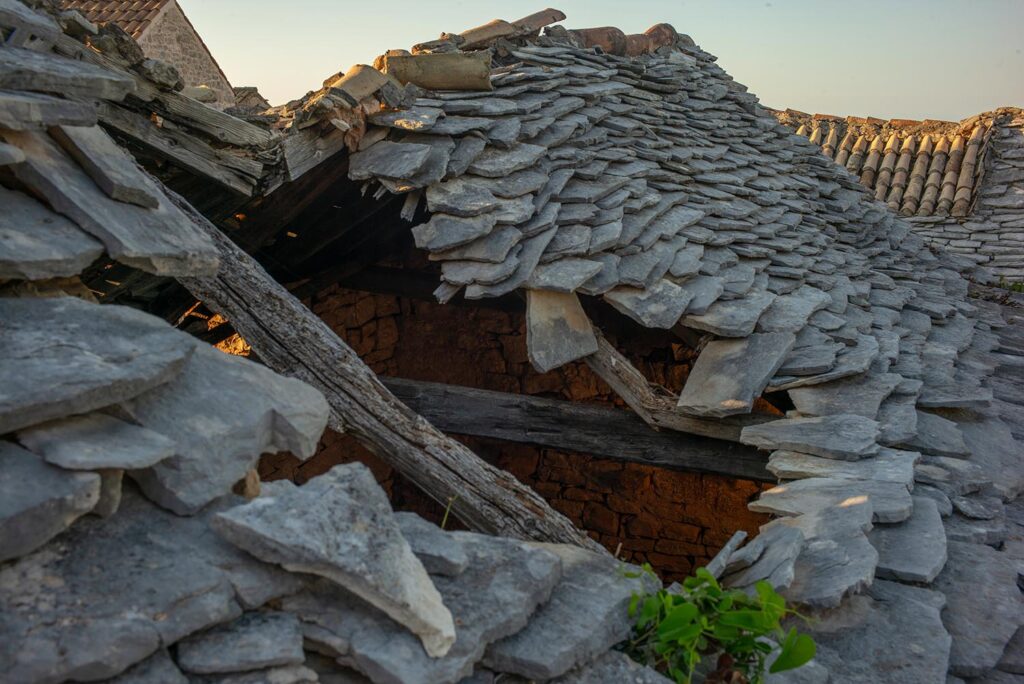

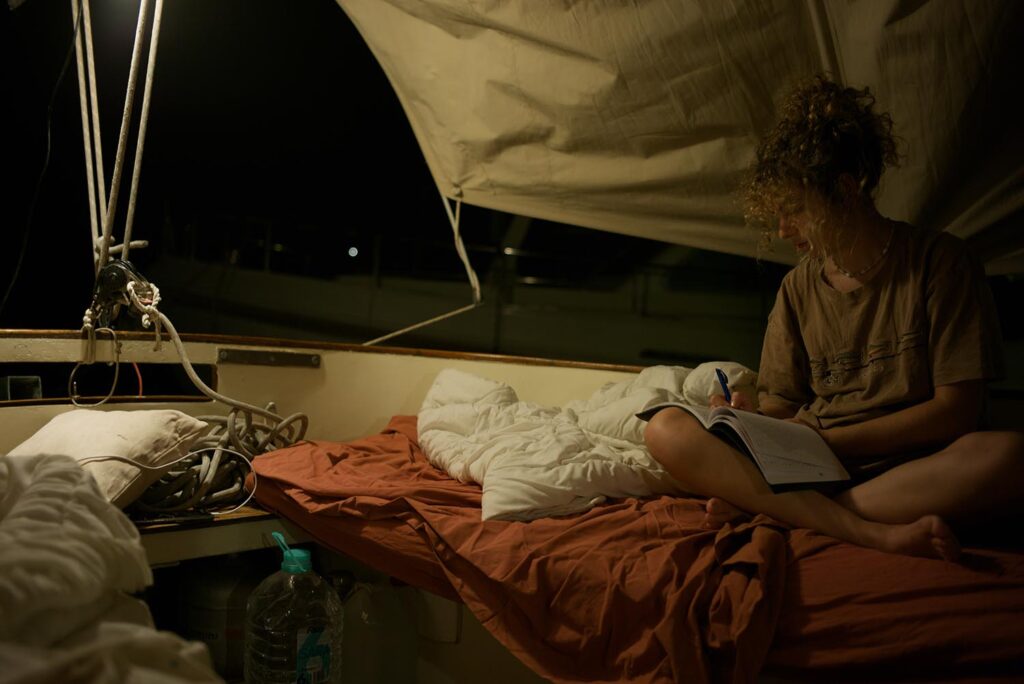
Message from Marsaili to Sirius
I love to take pictures; it is like an addiction. I feel a strong need to preserve a moment for eternity, even if I may never look at the picture again.
When I was maybe 10 years old, I got my first digital little camera. I would take pictures everywhere and anything, but mostly of family members and my little cat. There was a feature on the camera that allowed you to apply different filters to an image, such as overexposed colours or a drawing-like effect. I really liked to play around with this. For a very short time, I would also try out analogue photography with an old Yashica camera, mostly black and white. But since I have a phone, I guess I mostly just use my phone. It is only since this trip on the ship that I really tried to manage all the settings manually. And it is really something different to take a picture with a manual Leica camera than with your phone. Of course.
But I am also conflicted about when to take pictures or why, because there are already so many pictures in this world and similar photographs already exist for everything. And yet we don't stop taking pictures. Because this one photograph with this light has never existed before. I do not wanna say that I want to take a unique picture. I search for an instant in a moment that speaks for its own. When new stories evolve around the images, it doesn’t matter if they are true or not.
Support the publishing of the next story!
Released by MED Land project / film, photography, editing: BB text editing - proofreading: Tadej Turnšek

